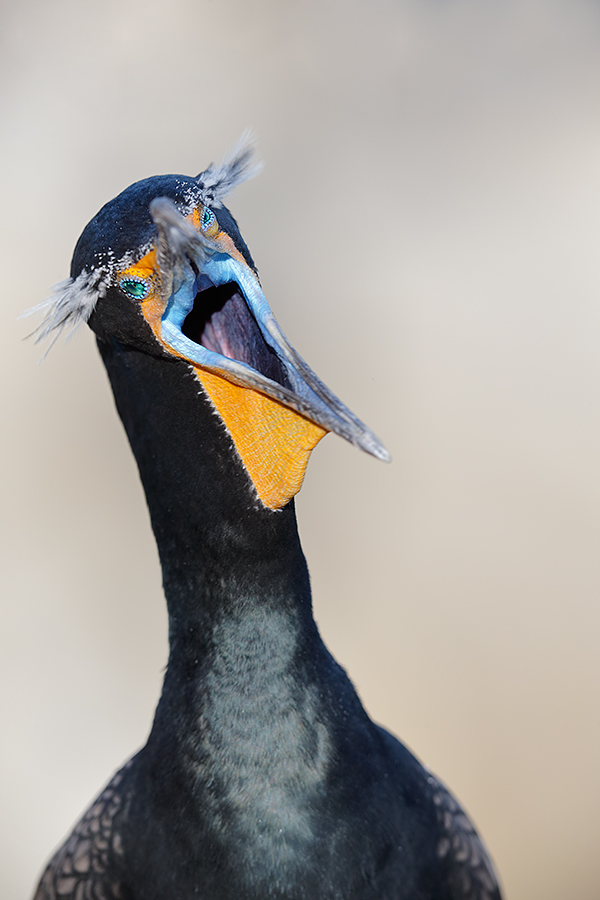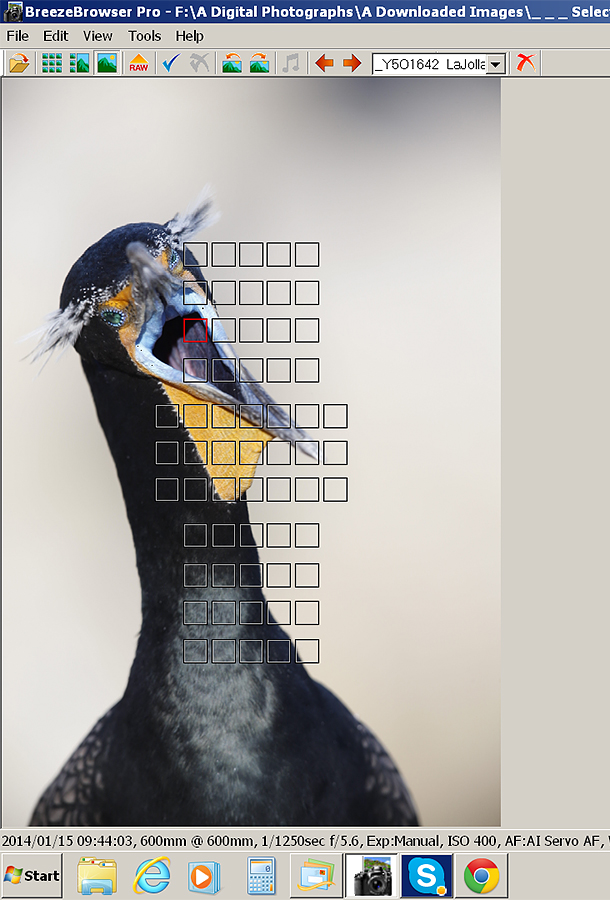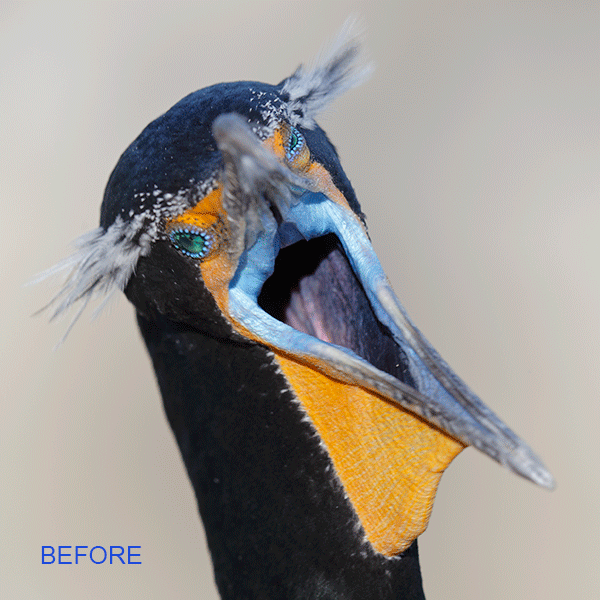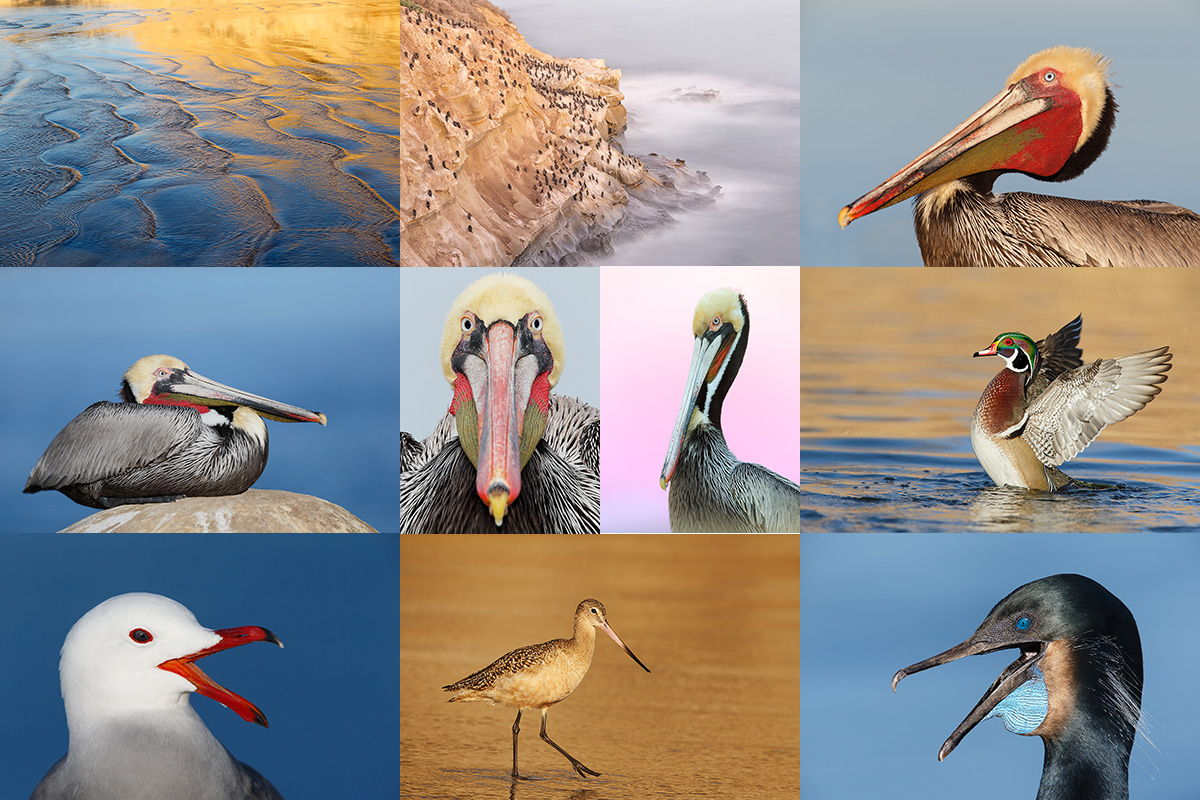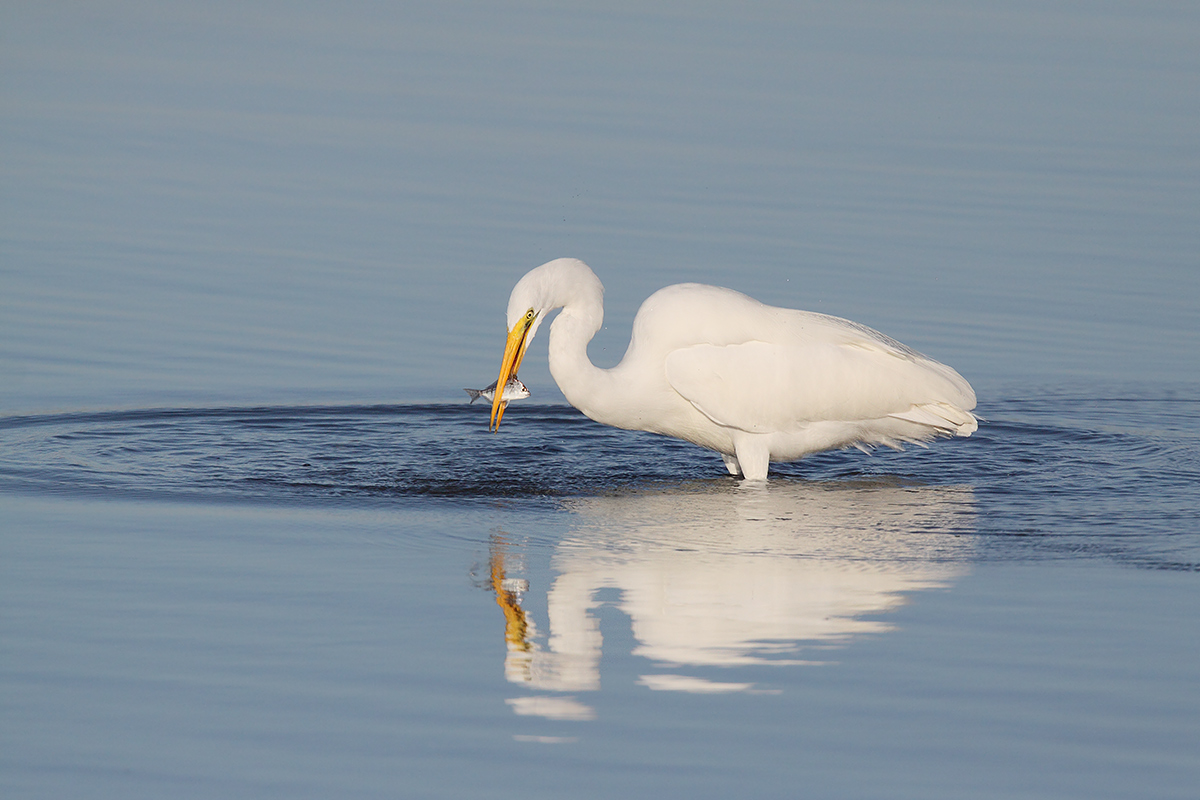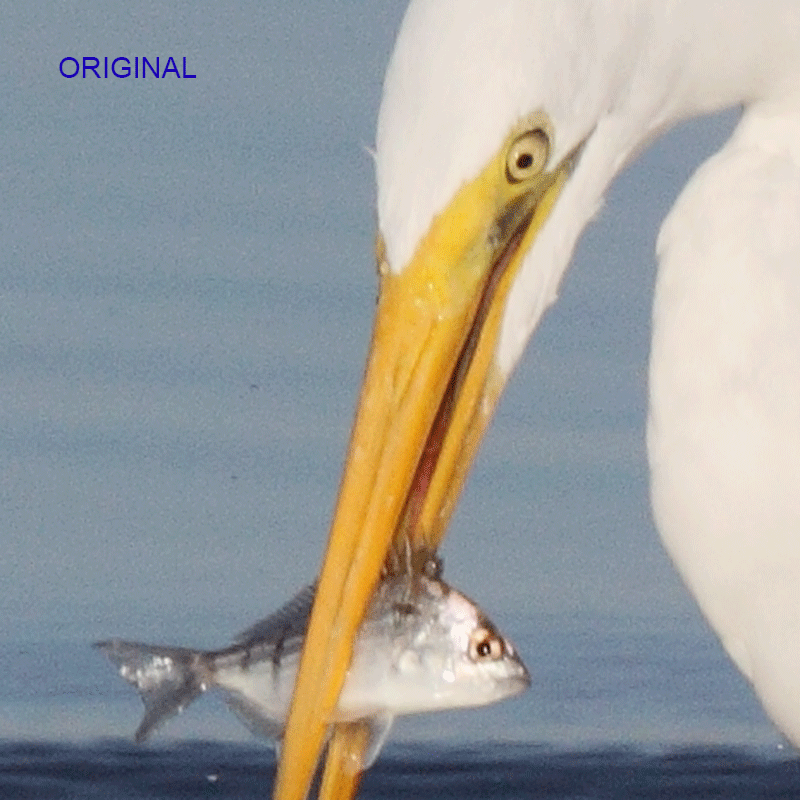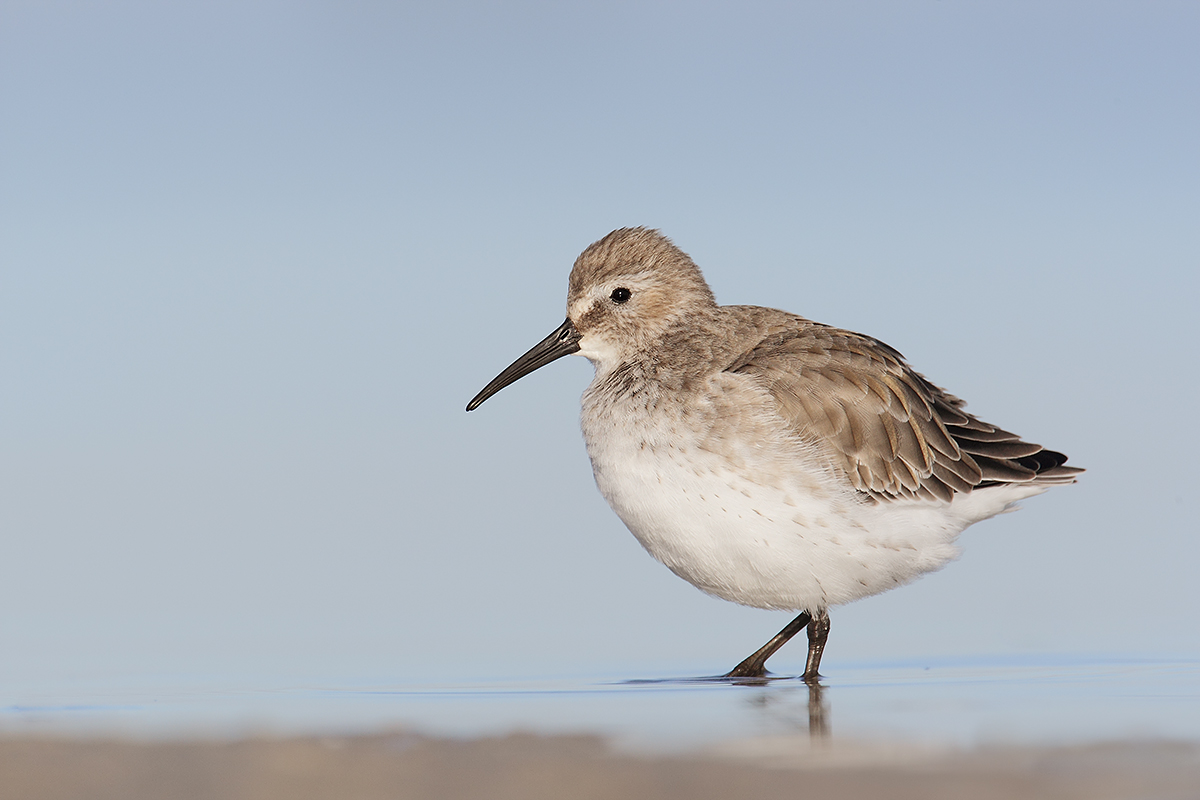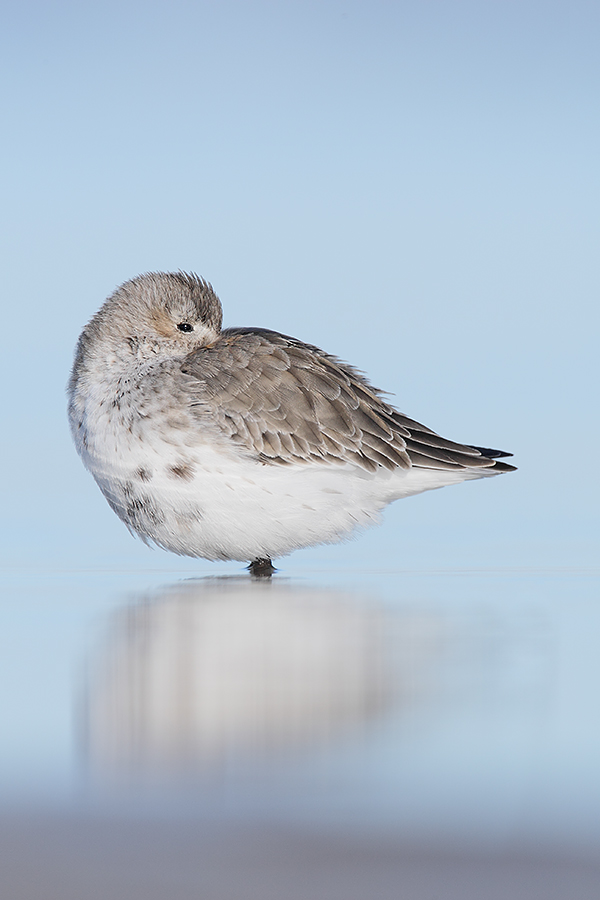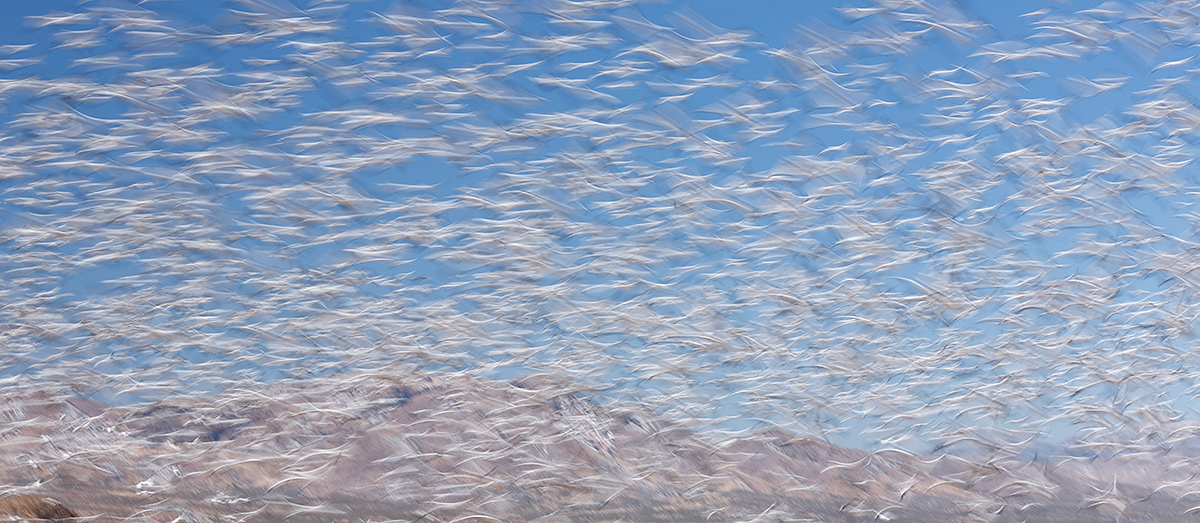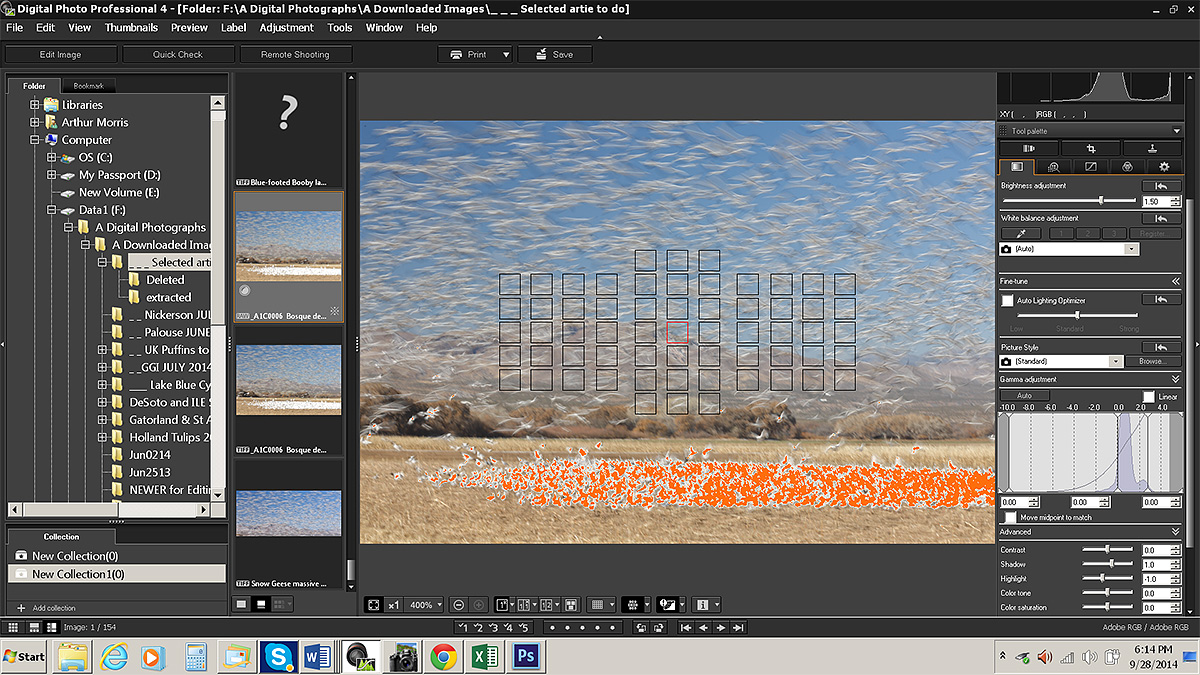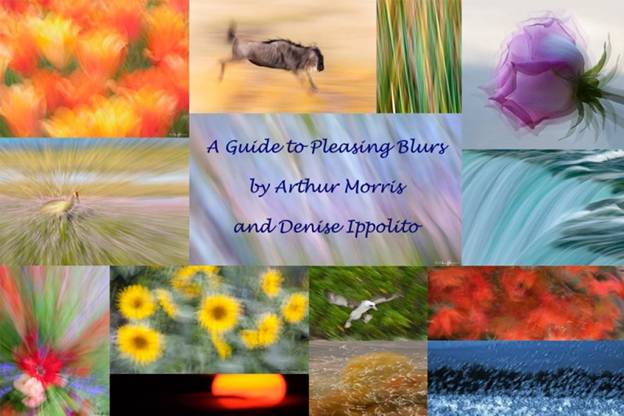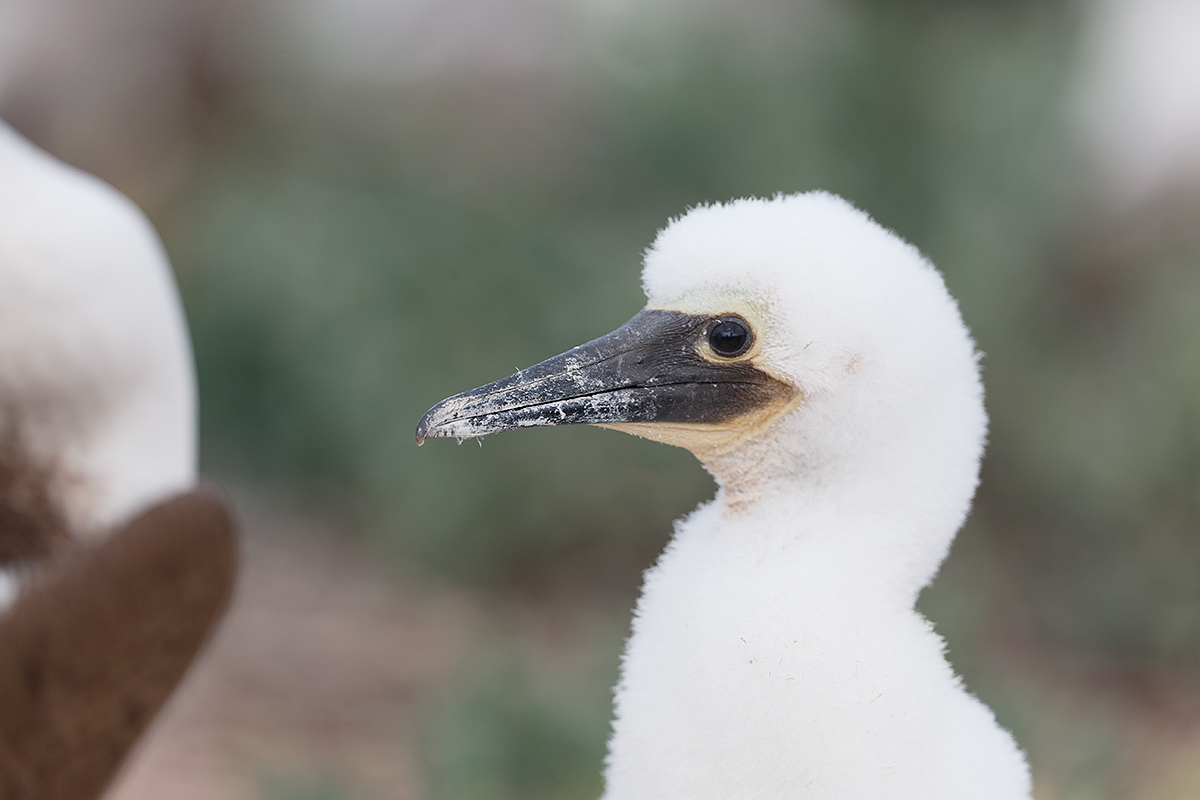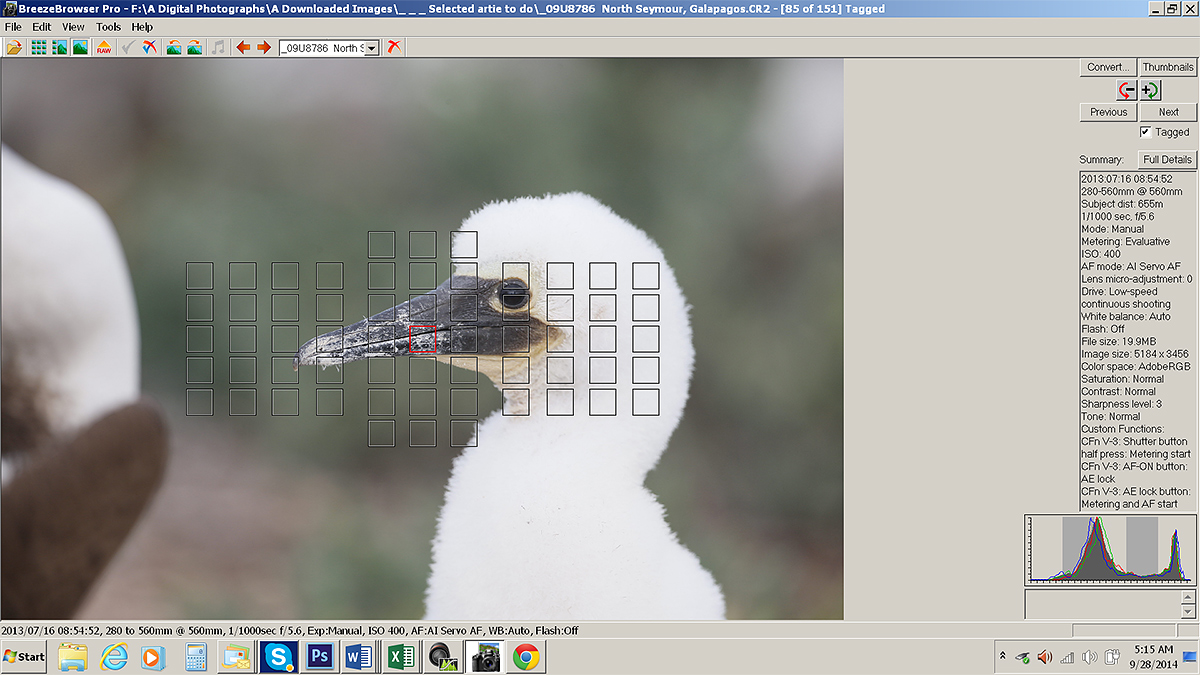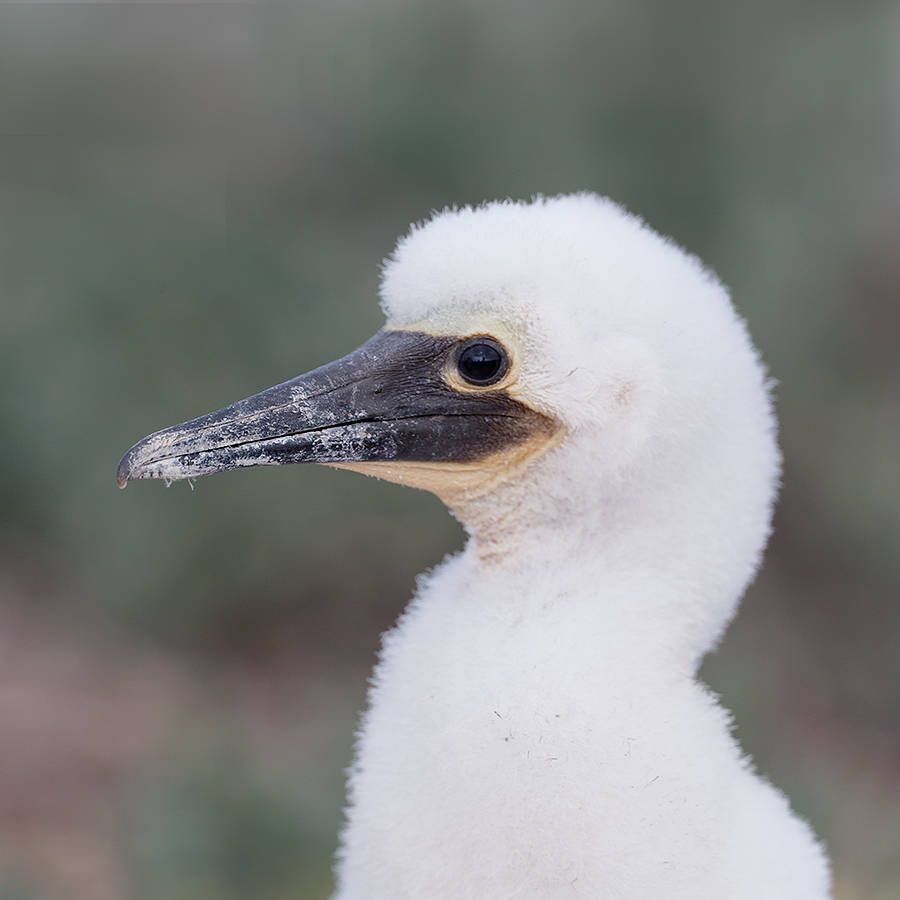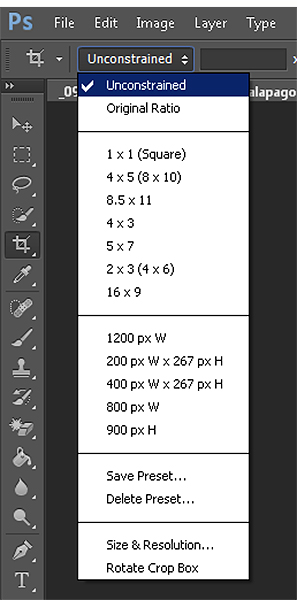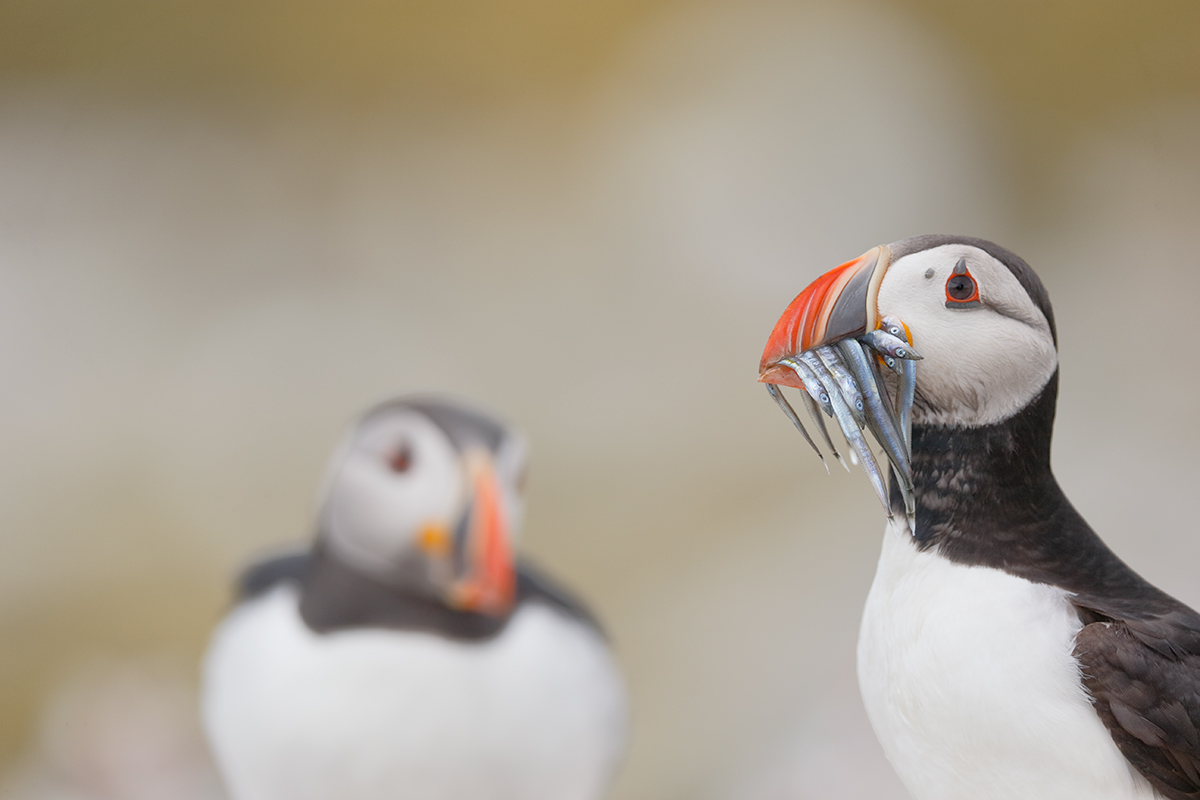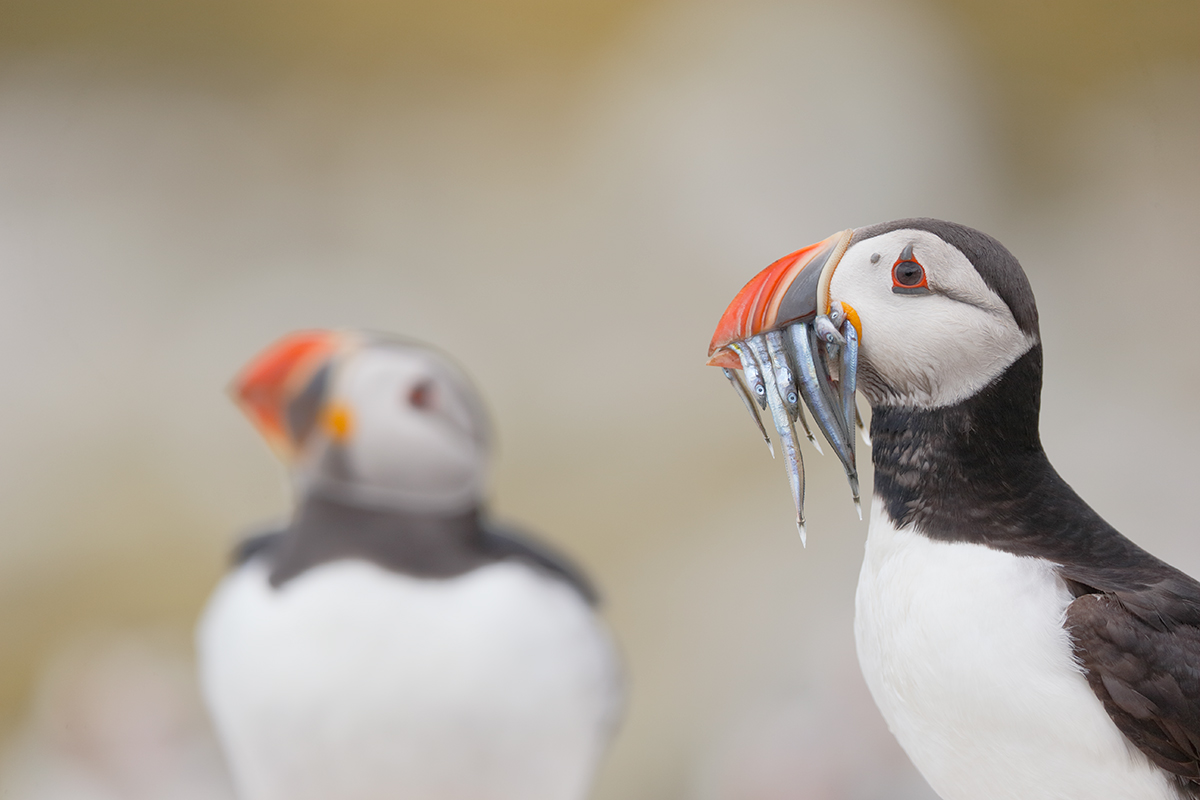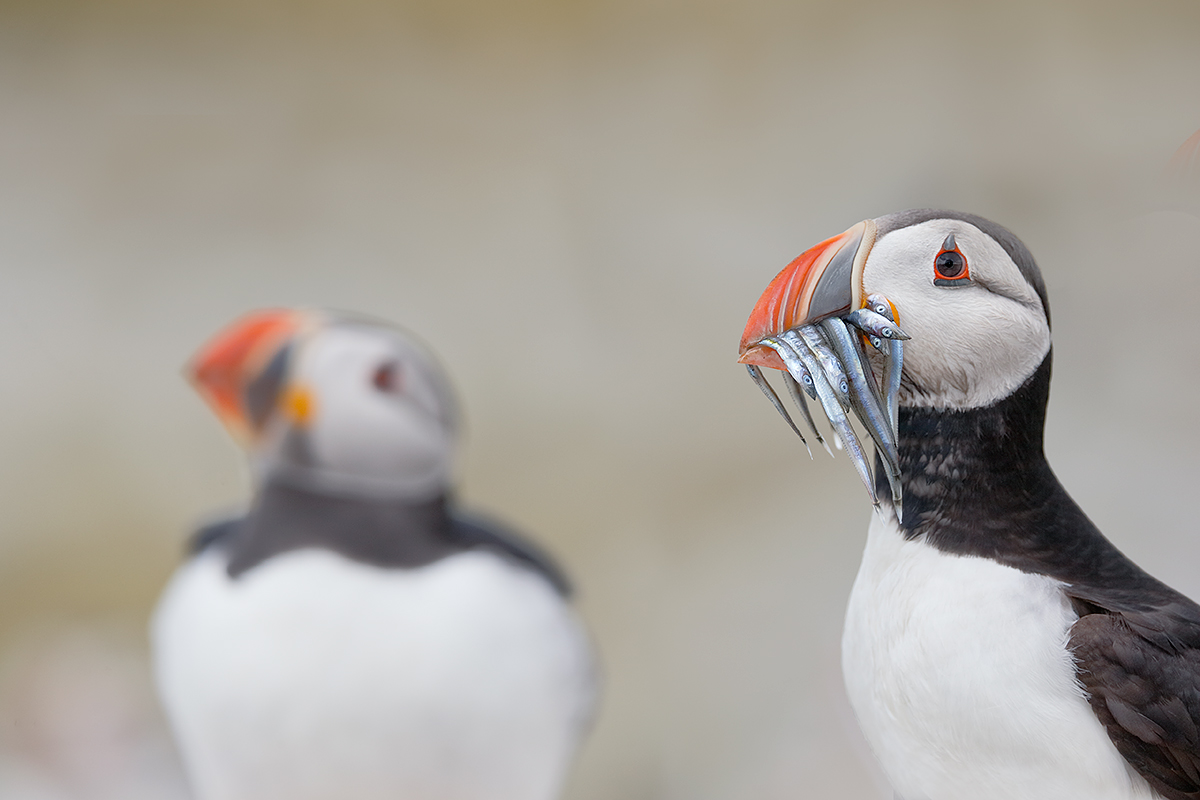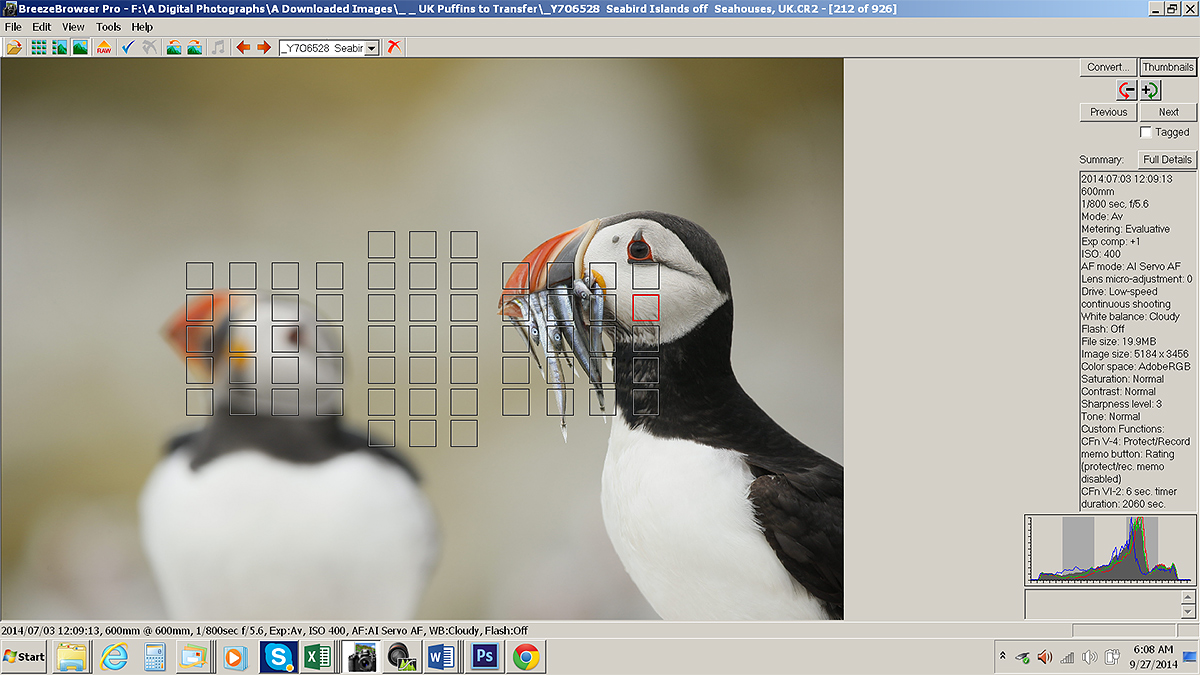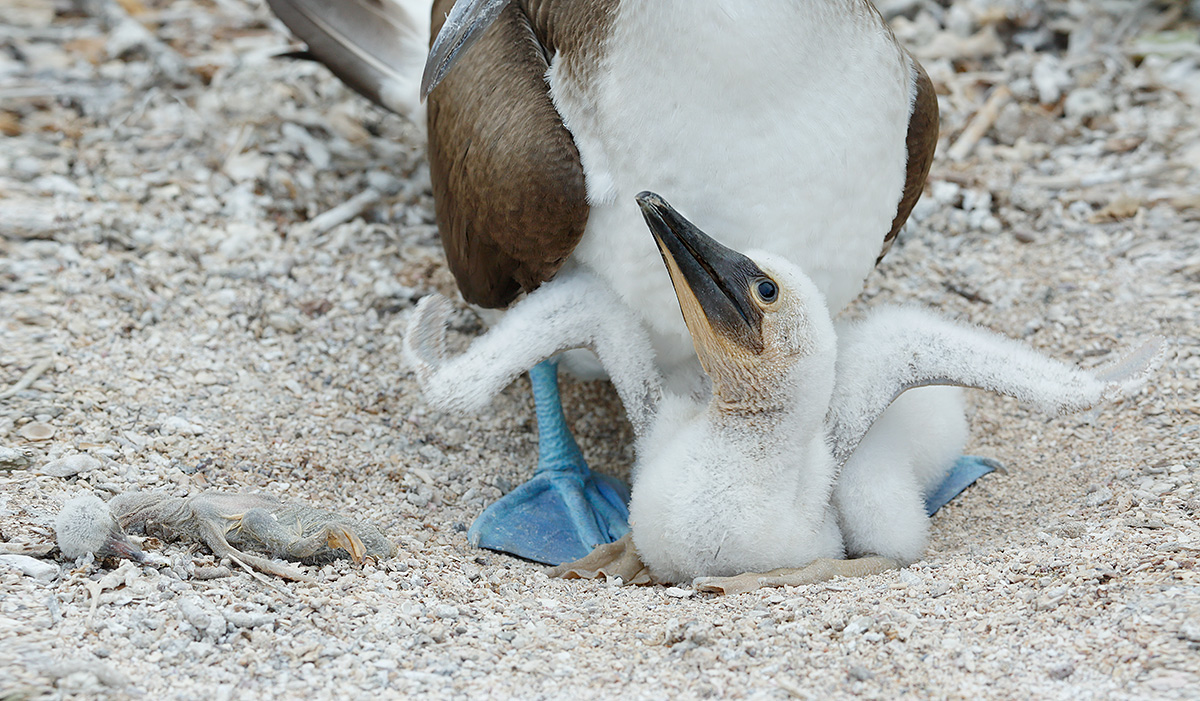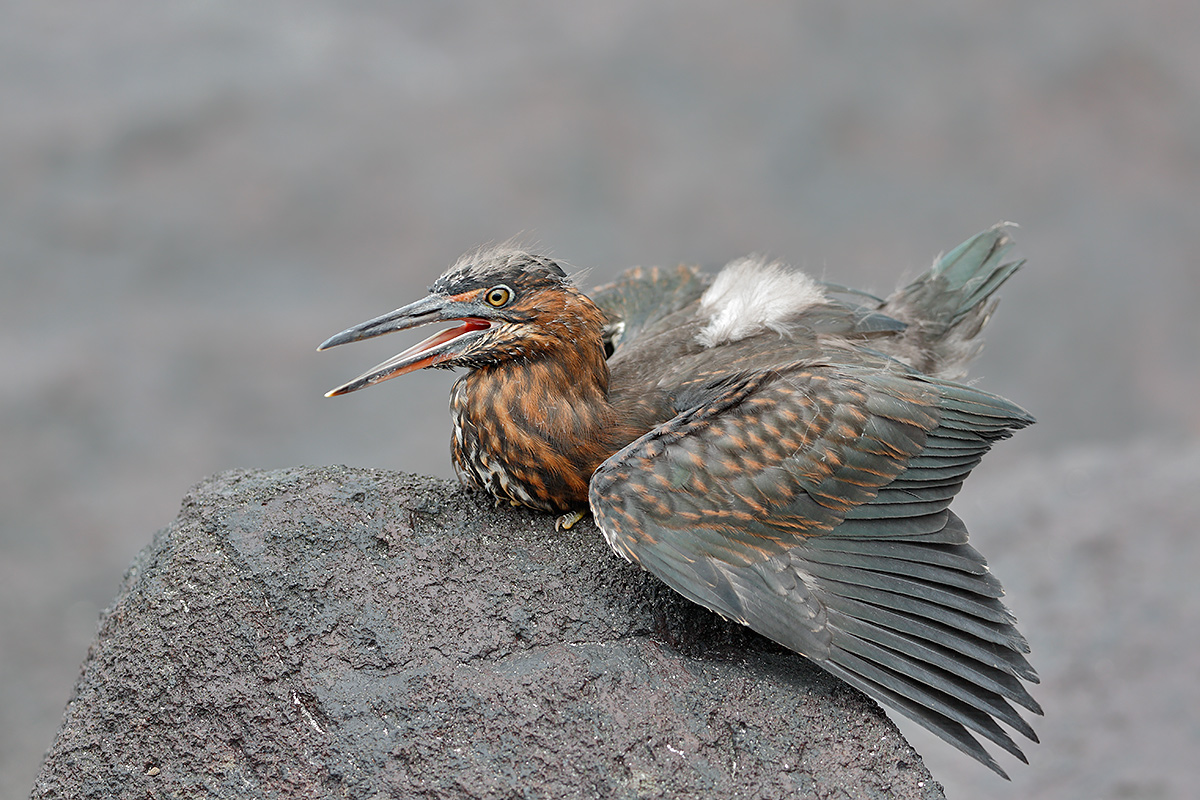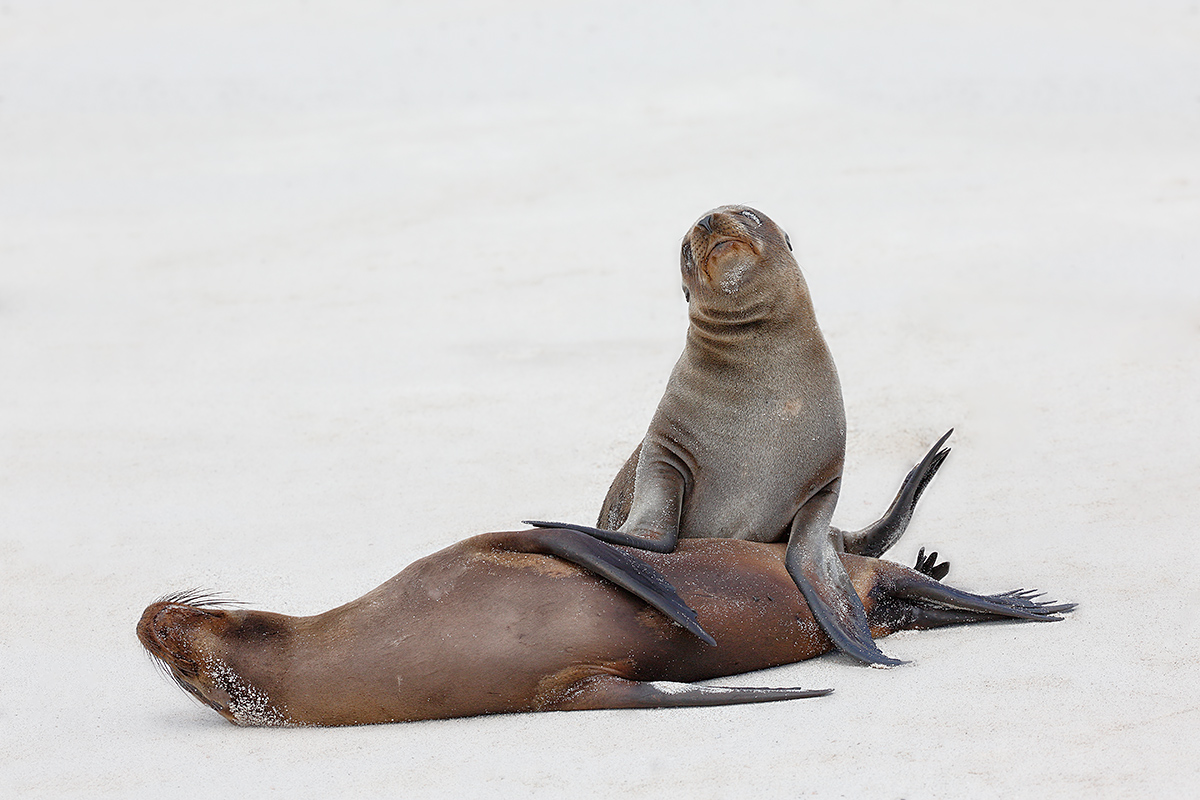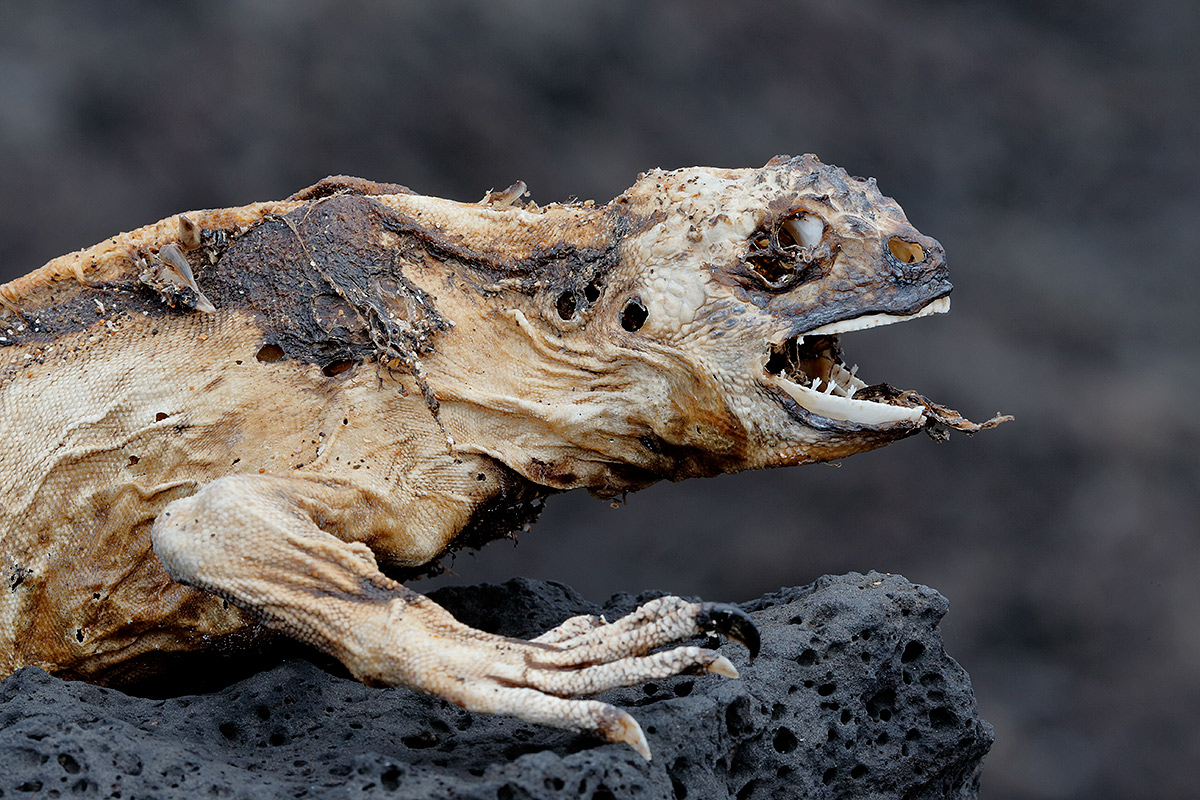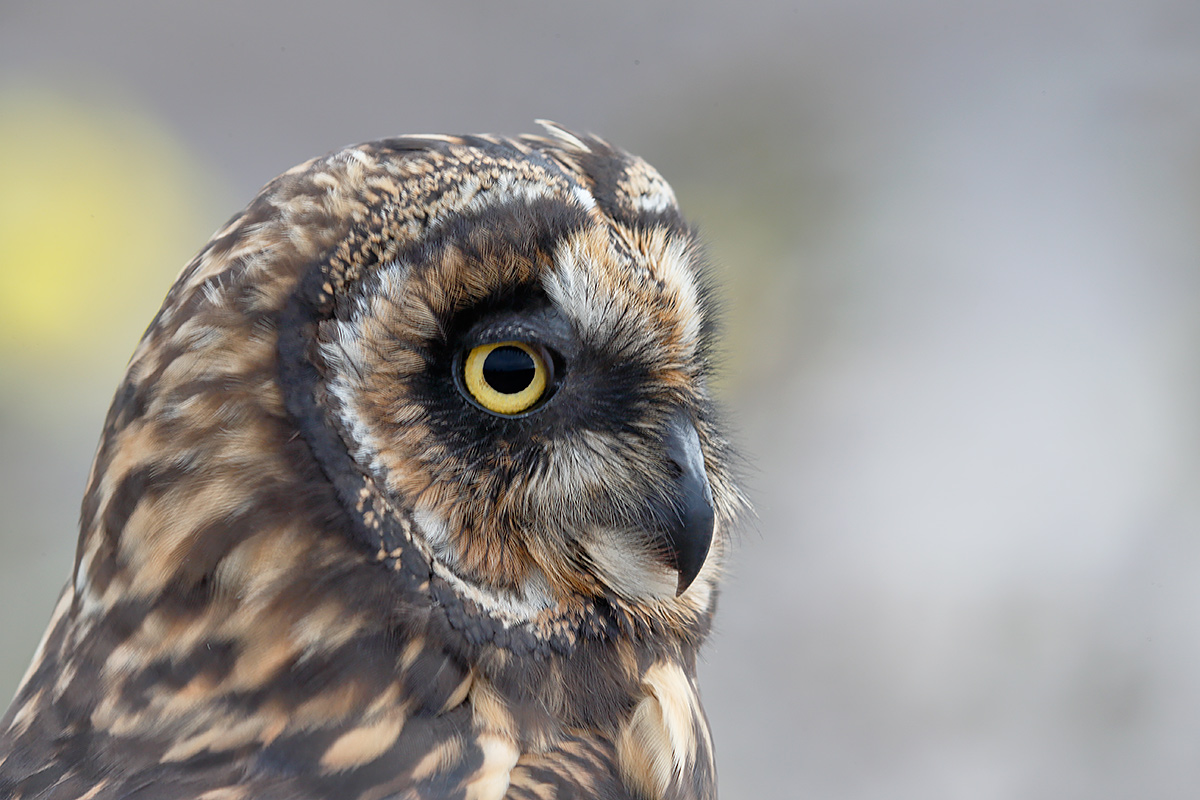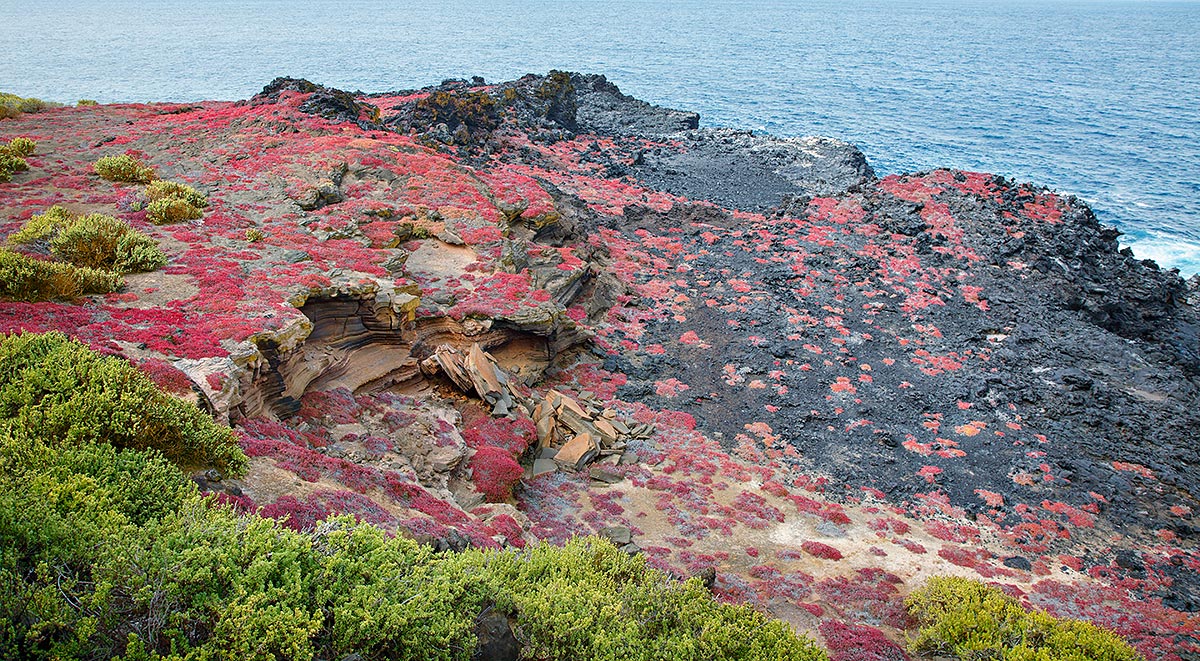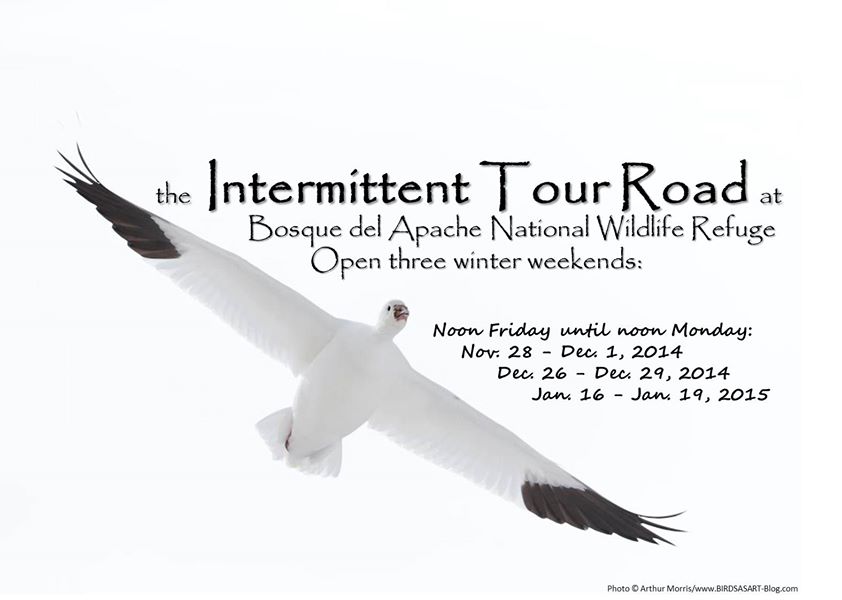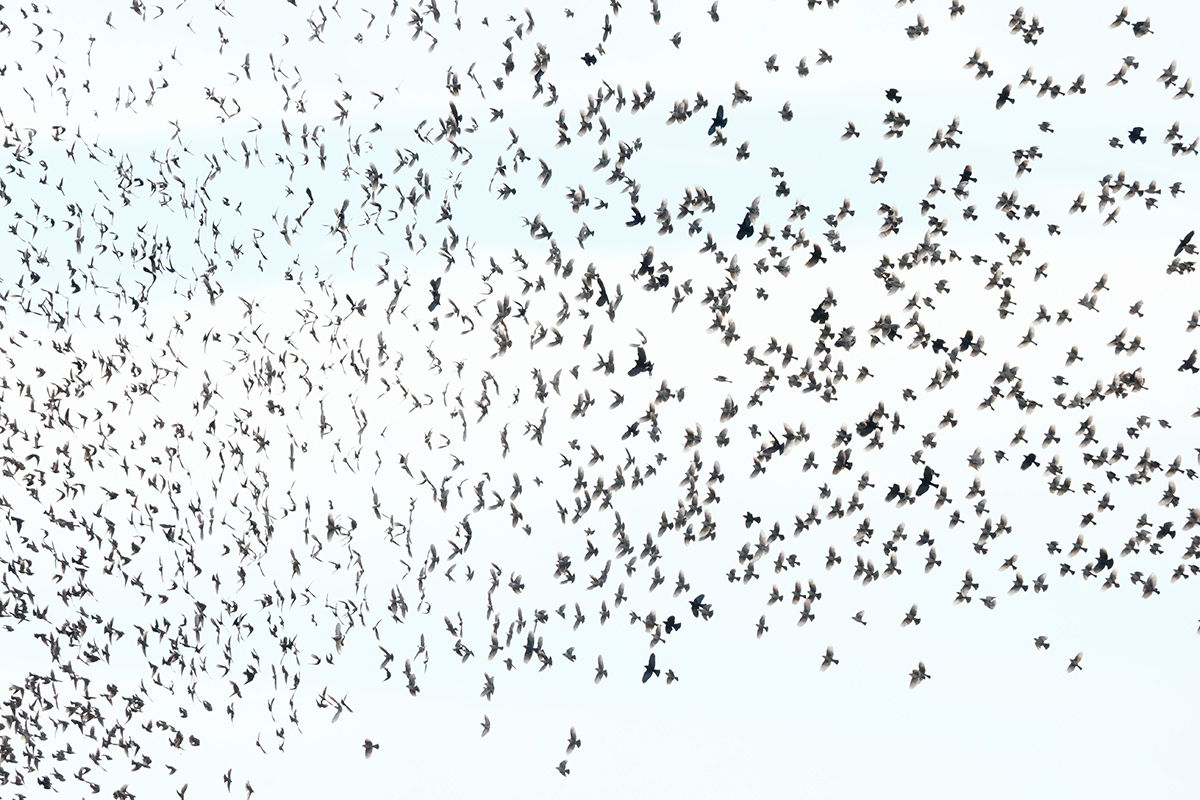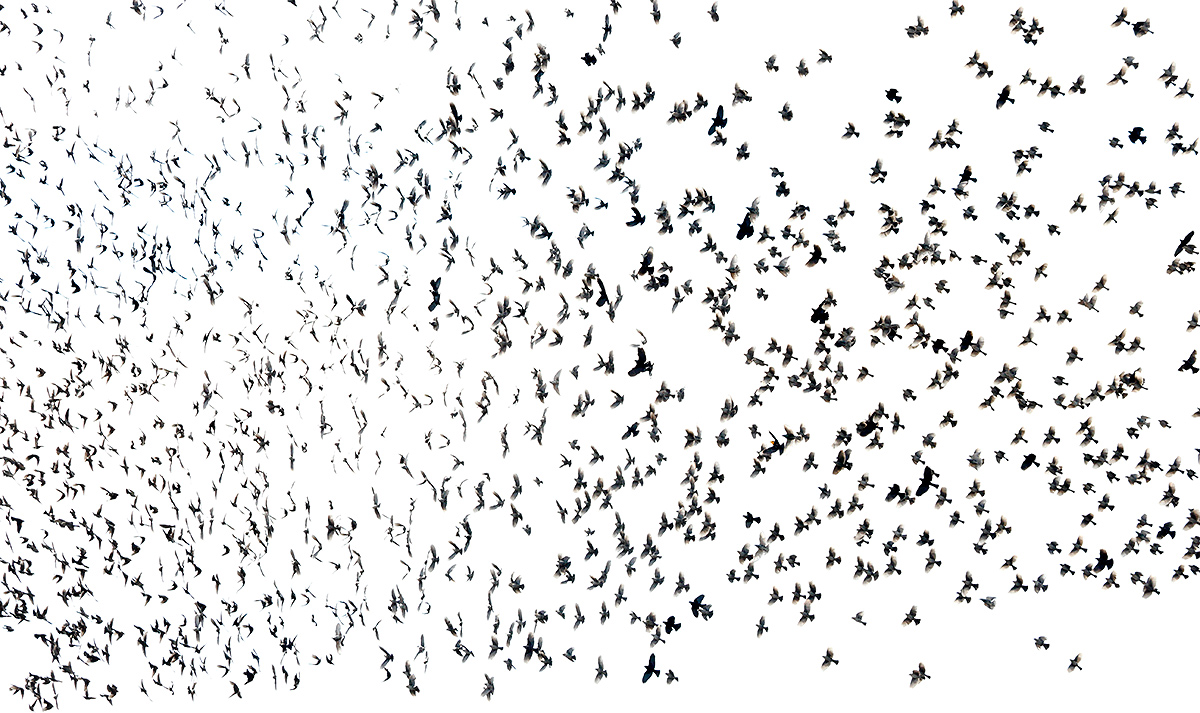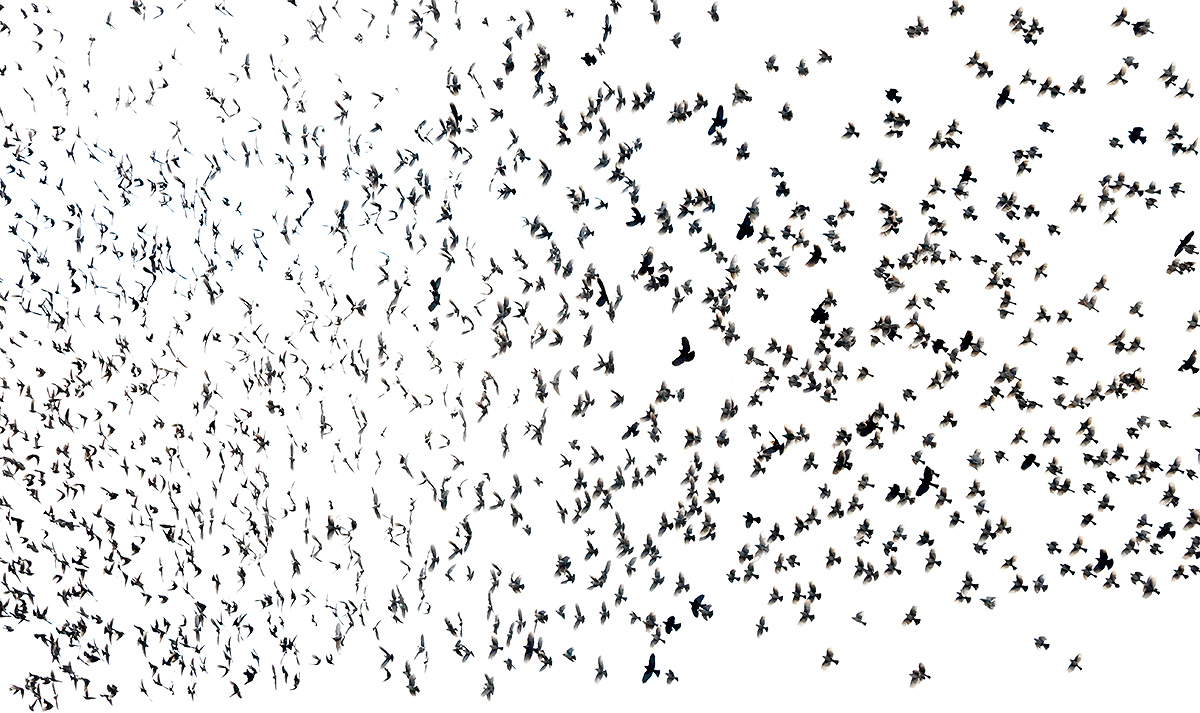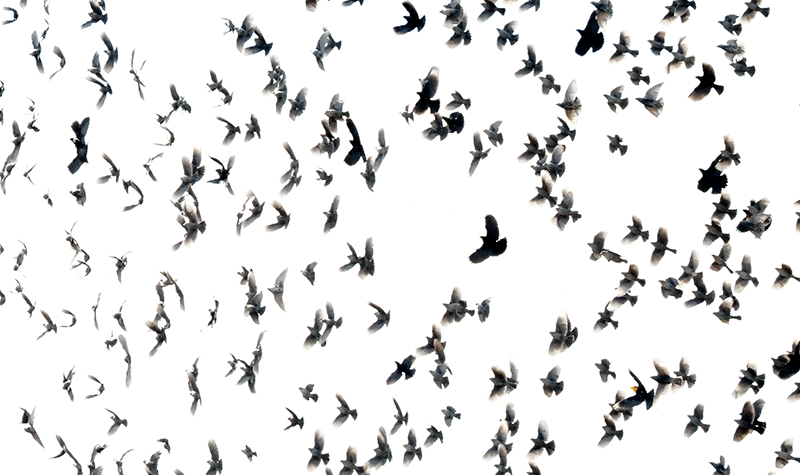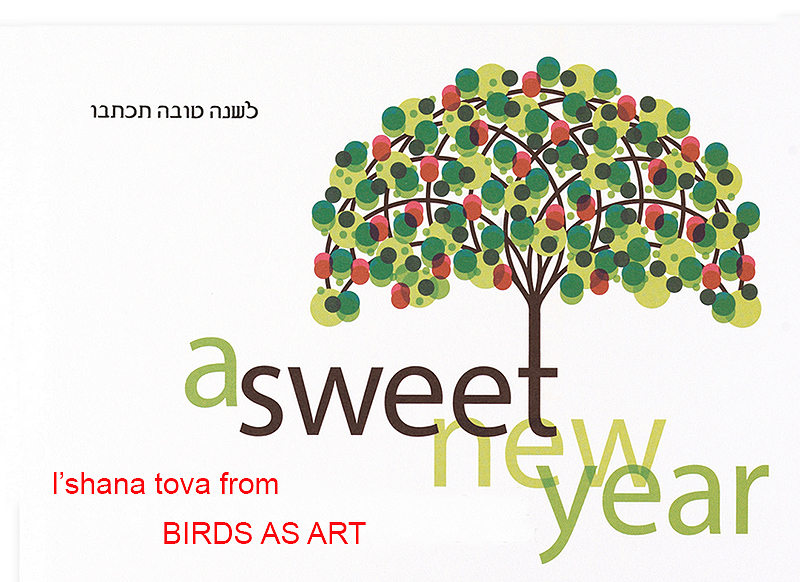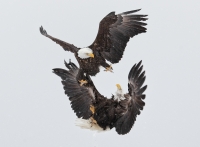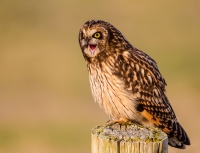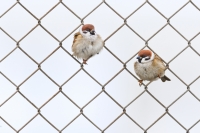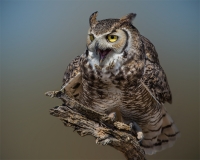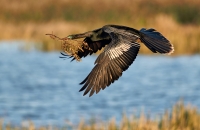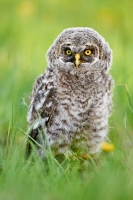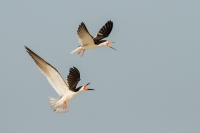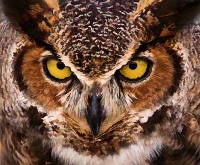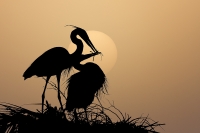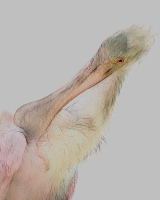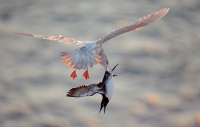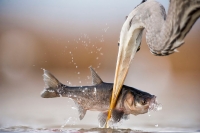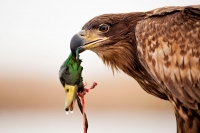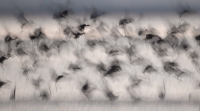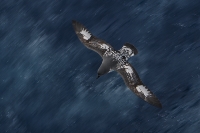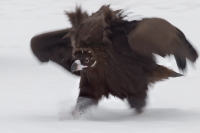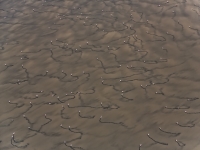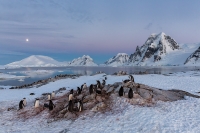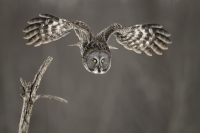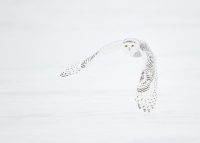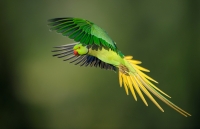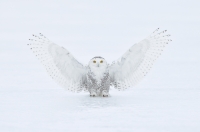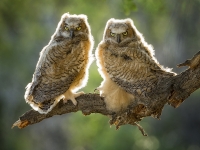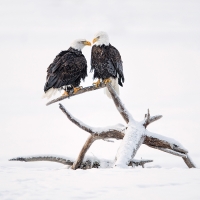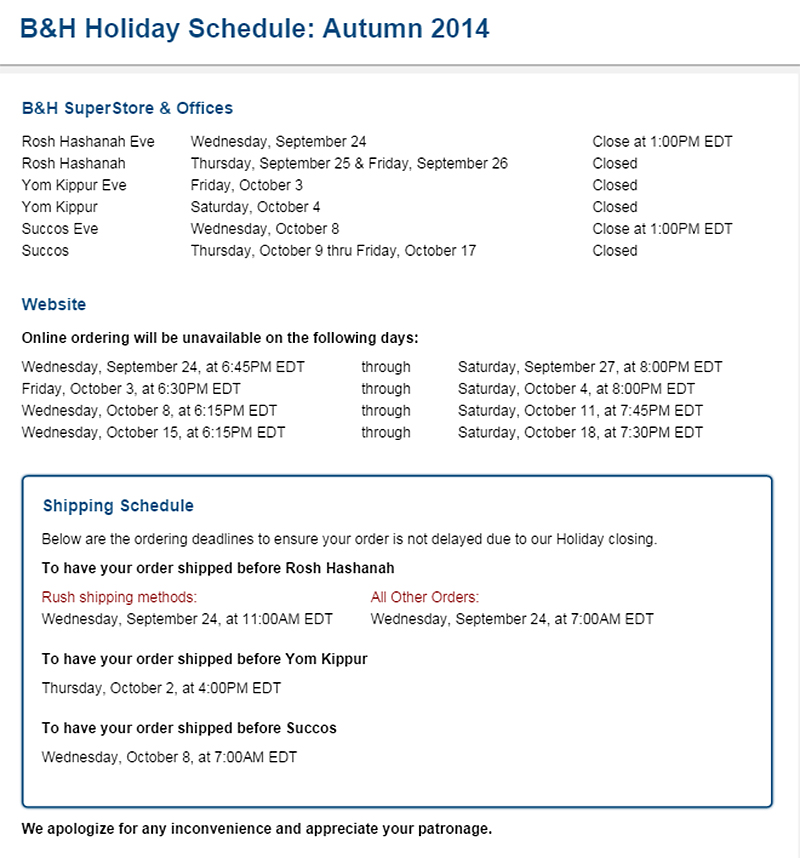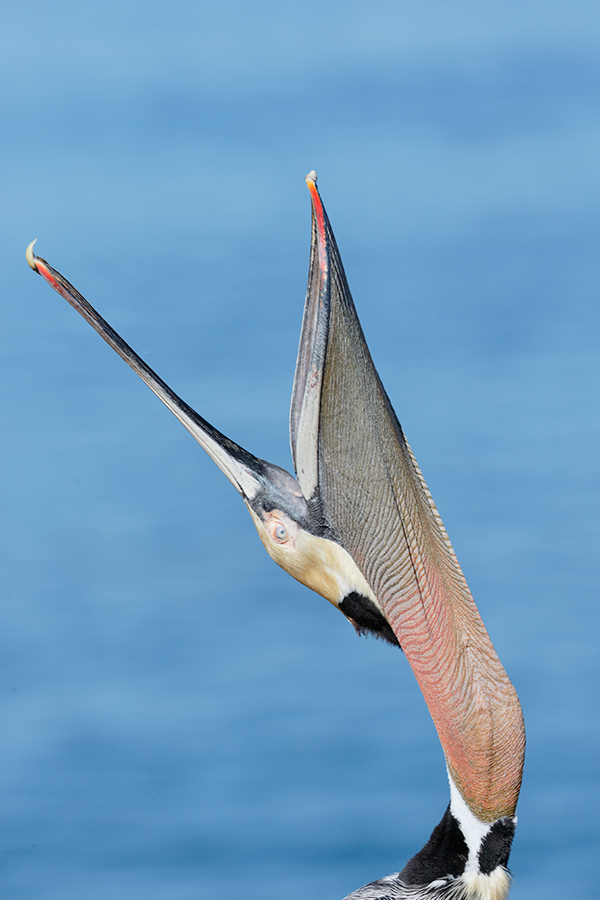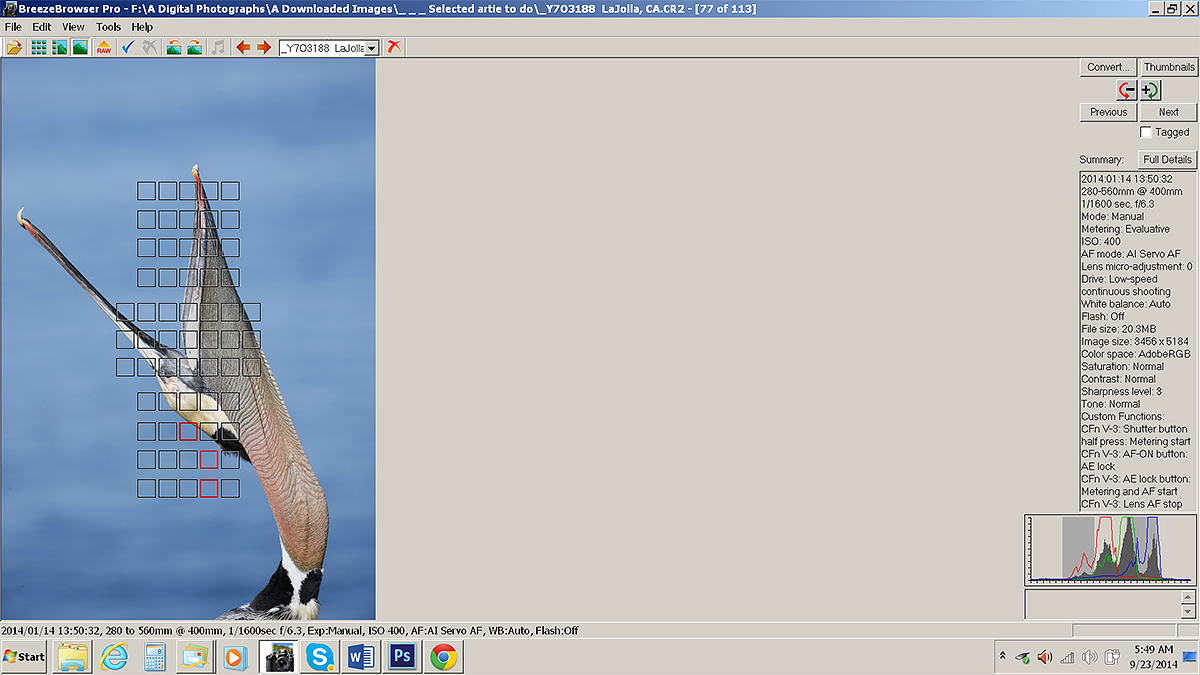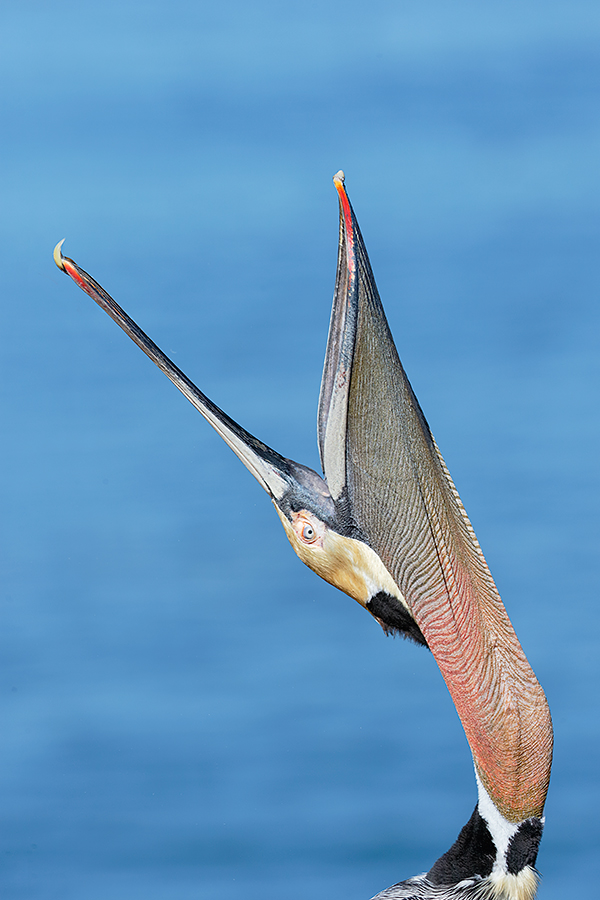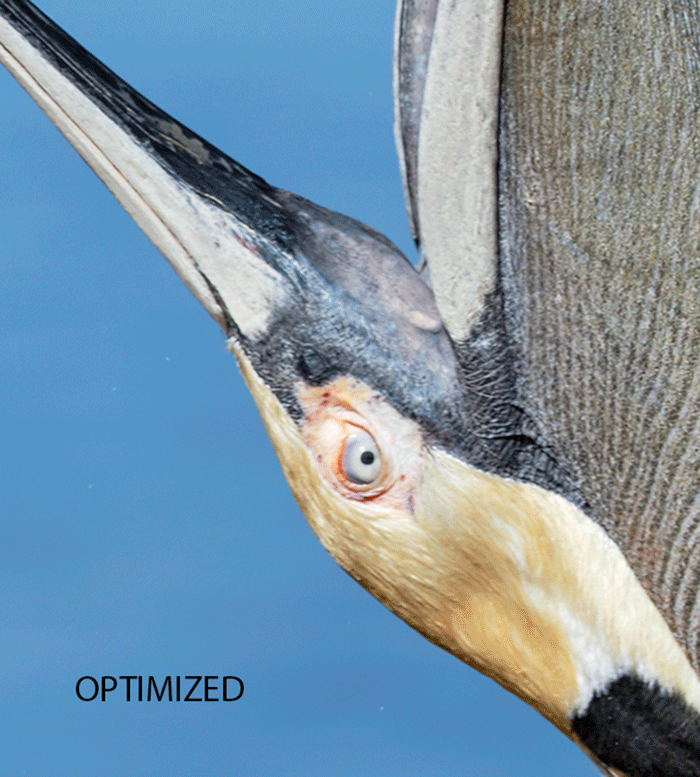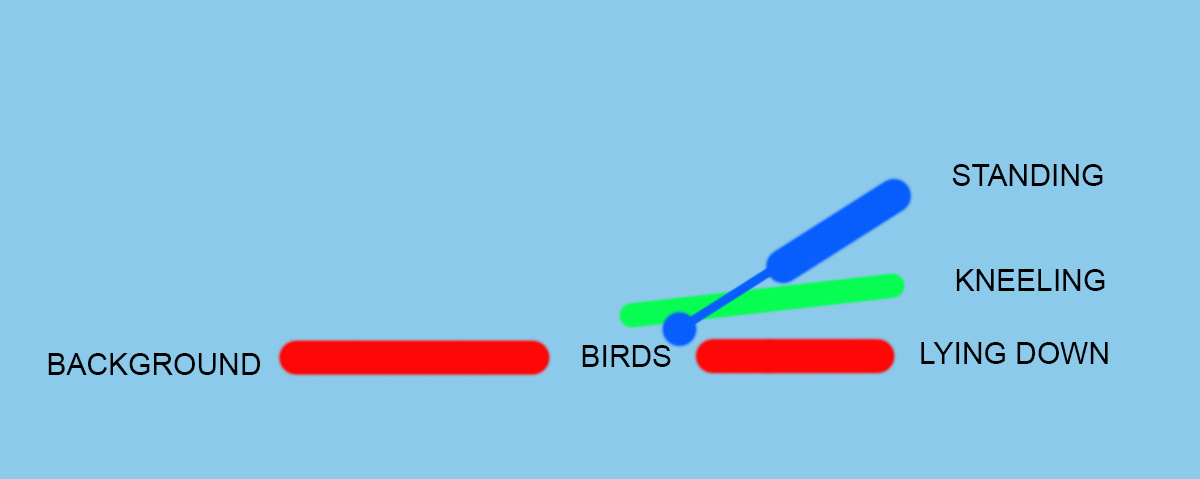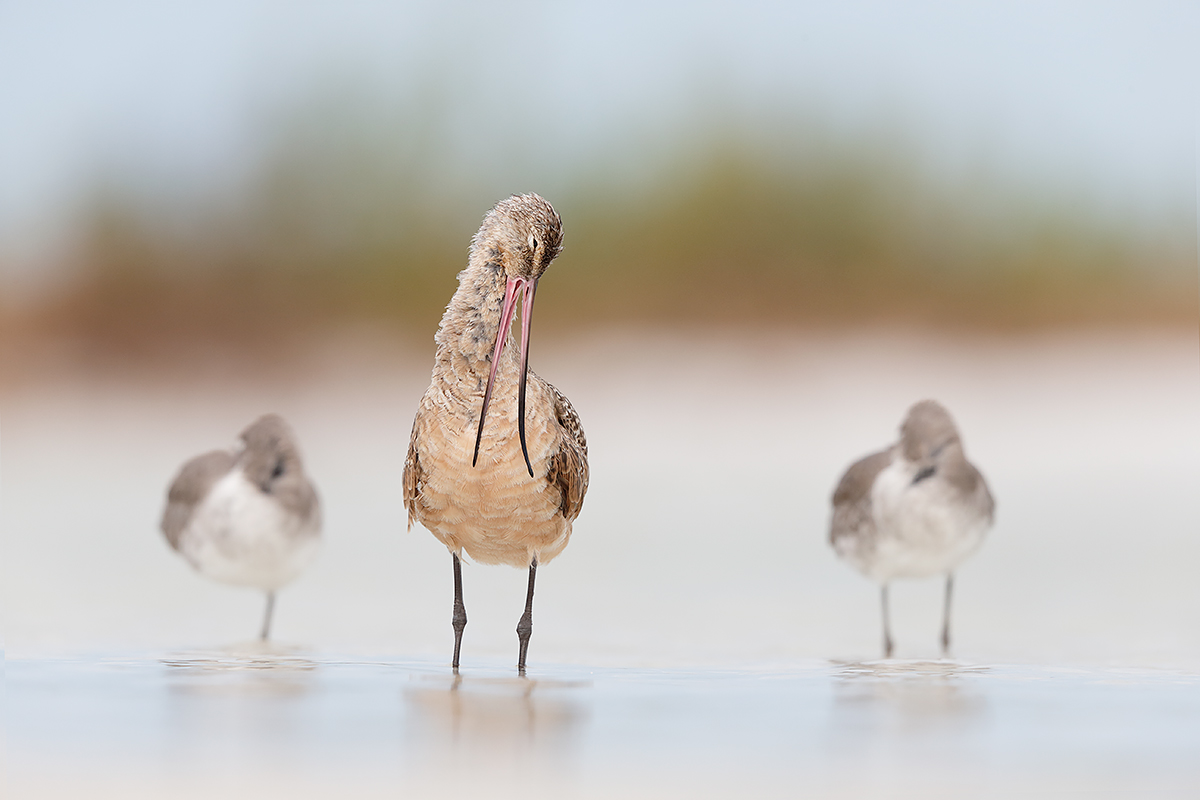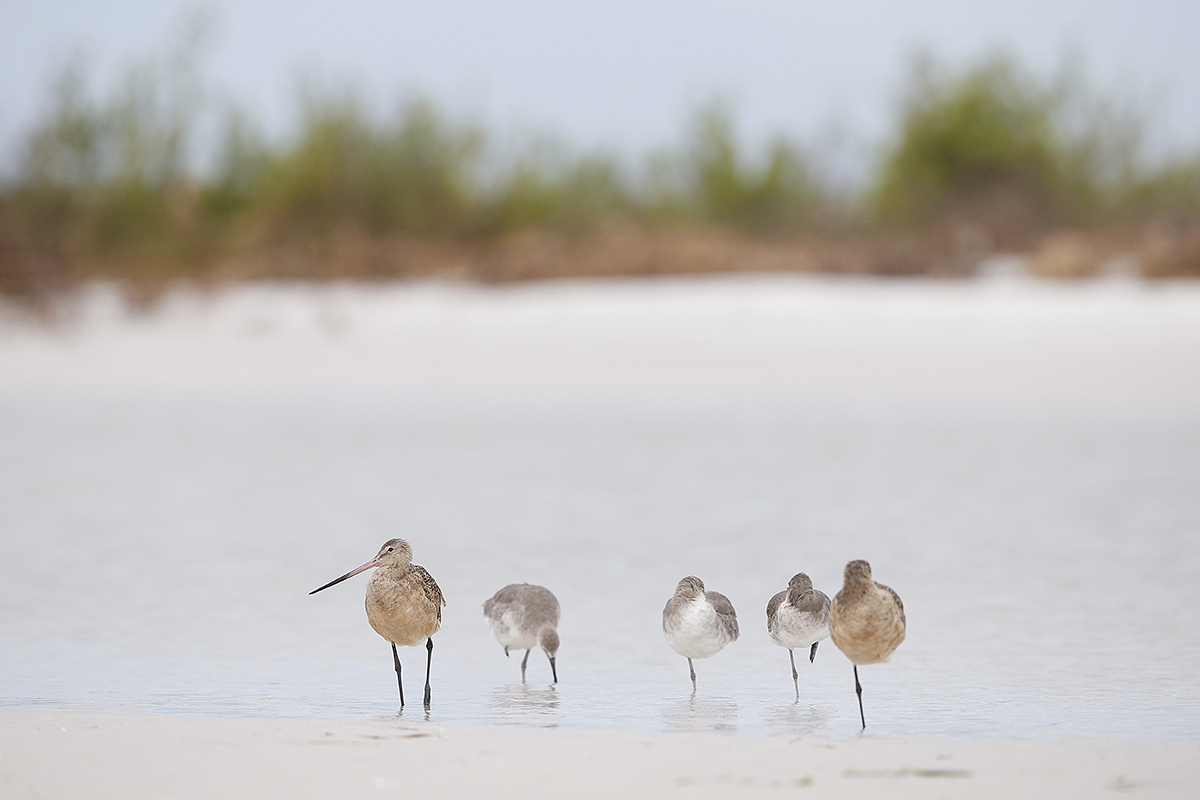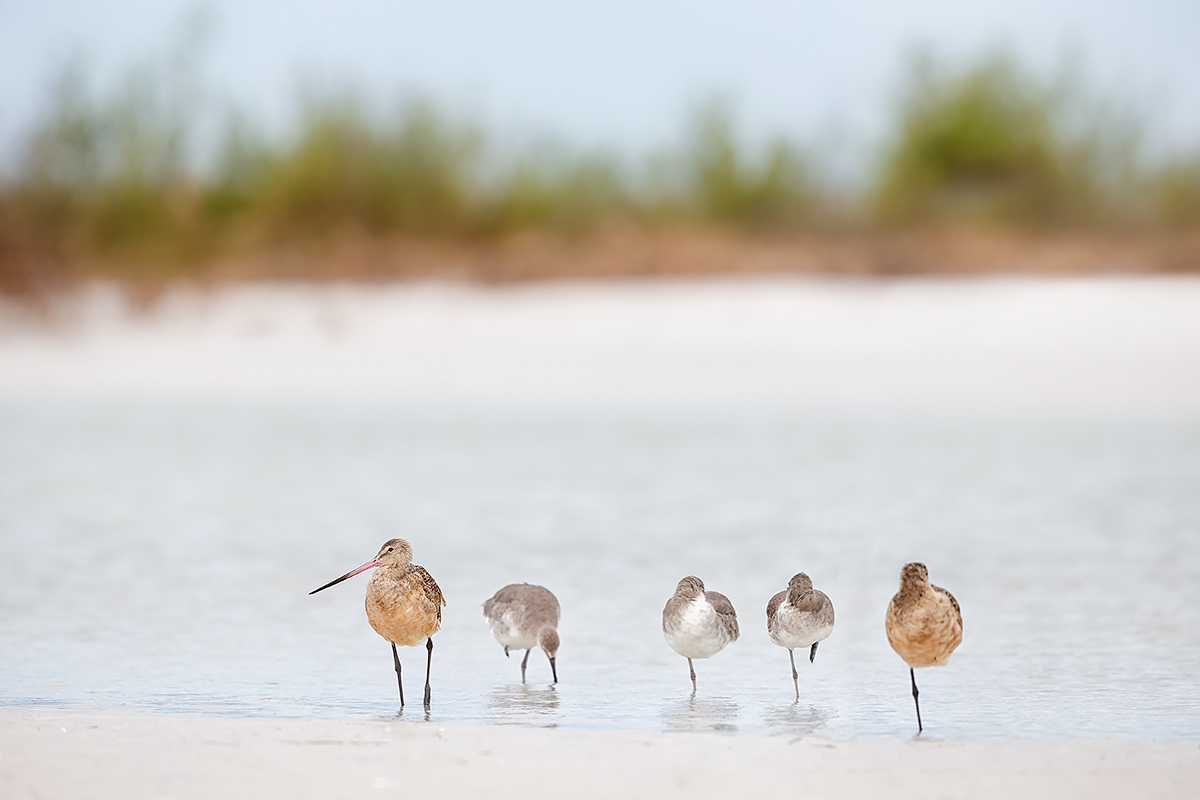October 10th, 2014 The Streak Continues: 314
Yesterday was a typical day of work and relaxation with another nice 1/2 mile swim. I got out both morning and afternoon with the 7D II and enjoyed some bird photography in the sun. Today I drive over to St. Pete for the DeSoto In-the-field Meet and Greet afternoon Workshop followed by the DeSoto IPT. This blog post, the 314th in a row, took me about 3 hours to prepare. It was published just before 7:15am from my home in Indian Lake Estates, FL.
To show your appreciation for my efforts here, we do ask that you use our the B&H and Amazon affiliate links on the right side of the blog for all of your purchases. Please check the availability of all photographic accessories in the BIRDS AS ART Online Store, especially Gitzo tripods, Wimberley tripod heads, and the like. We sell only what I have used, have tested, and can depend on. We will not sell you junk. We know what you need to make creating great images easy and fun. And we are always glad to answer your gear questions via e-mail.
Fort DeSoto October Updates
The Friday Afternoon October 10 BAA Fort DeSoto In-the-Field Workshop meet-up is now sold out.
For information on the October Fort DeSoto IPT and the highest ever late registration discount please scroll down in this blog post.
Join us for a day on Saturday, Sunday, or Monday for $299 including lunch and image review. Or join us for a morning on Saturday, Sunday, or Monday for $199 including lunch and image review.
|
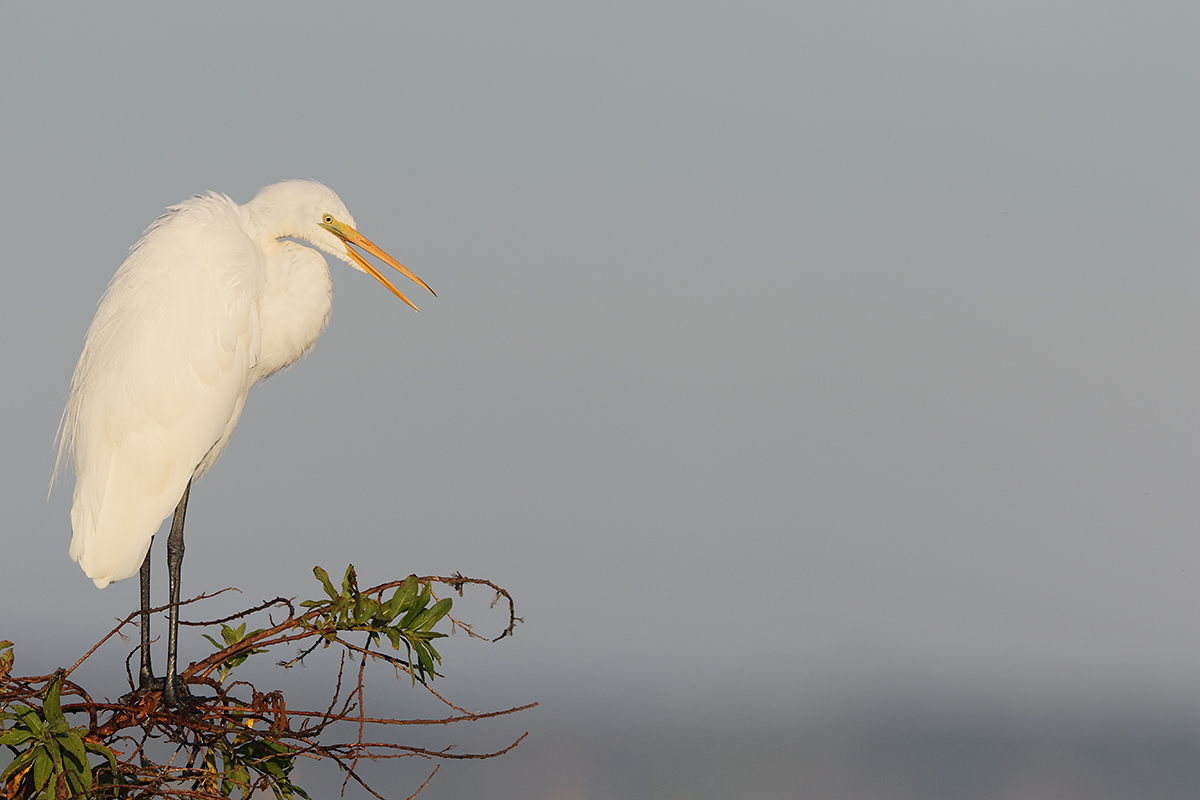
|
|
This Great Egret image was created at 8:04:02am on October 9, a clear sunny morning 2014 here at Indian Lake Estates. I used the Canon EF 600mm f/4L IS II USM lens, the Canon Extender EF 1.4X III, and a beta version of the Canon EOS 7D Mark II . ISO 400. Evaluative metering -1/3 stop as framed: 1/1600 sec. at f/7.1 in Manual mode.
Four sensors to the left and two rows up from the central sensor/AI Servo/Rear Focus AF on the bird’s neck just below the chin was active at the moment of exposure. Click here to see the latest version of the Rear Focus Tutorial. Click on the image to see a larger version.
From the Sequoia with the lens supported by the BLUBB (my custom-designed, hand made Big Lens Ultimate Bean Bag). When working on a beanbag with a long lens and re-composing be absolutely sure that the focusing ring does not rest on the beanbag lest you throw off accurate focus when re-composing. If that is unavoidable you must work in AI Servo AF with AF active at the moment of exposure as I did here.
Image #1: Non-breeding plumage Great Egret laughing
|
7D II Exposure Heads Up
I learned quickly that in many situations the 7D Mark II needs less light for a proper exposure than either the 1D X or the 5D III. Just forty minutes after sunrise +2/3 stop would have been perfect with either the 1D X or the 5D III yet -1/3 here left me with some RGB values for the WHITEs in the mid-240s. I’d prefer them no higher than the mid-230s. Check out Brightness and Highlight sliders in the DPP v3.14.41.0 screen capture below to see how I toned down the WHITEs.
|
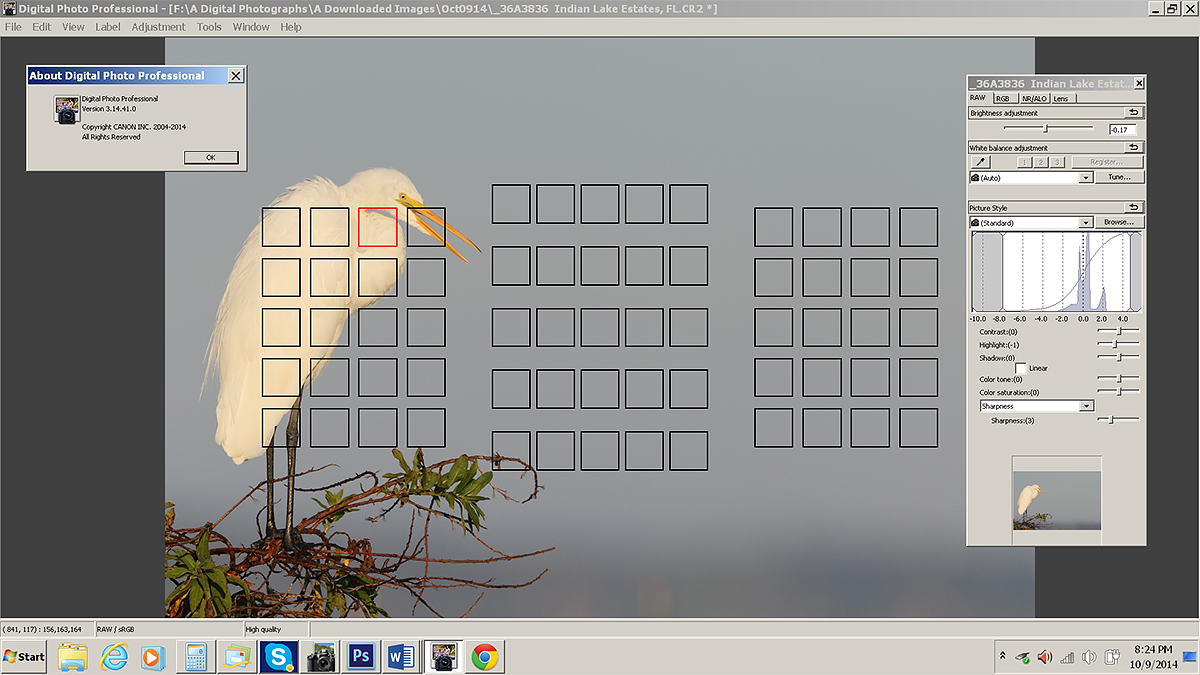
|
|
This is the DPP 3.41.14.0 screen capture for today’s opening image.
|
Digital Photo Professional 3.14.41 Updater
The screen capture above shows that from side to side the 7D II has the widest AF array of any Canon digital camera body ever. And for whatever reasons the outer AF points function seemingly as well as the central sensor. The new wide array allows you to place your subjects pretty much as far off center as you wish.
The latest version of DPP is V3.14.41; it will support 7D Mark II files. It is currently available for download here. Click on Drivers and Software and then on Software. Then click directly on the Digital Photo Professional 3.14.41 Updater for Windows (or Mac), check the Disclaimer box, and then click on the Download arrow. When the file is downloaded double-click on it and follow the prompts.
Note: if you do not have a previous version of DPP 3.whatever installed you will need to either download the entire software suite or first install any prior version of DPP to install DPP 3.14.41 from scratch. There is a version of DPP on the CD that came in the box with your Canon digital camera.
As I understand it, the word from Canon Japan is that DPP 4.0 will not supportEOS-7D Mark II image files….
|
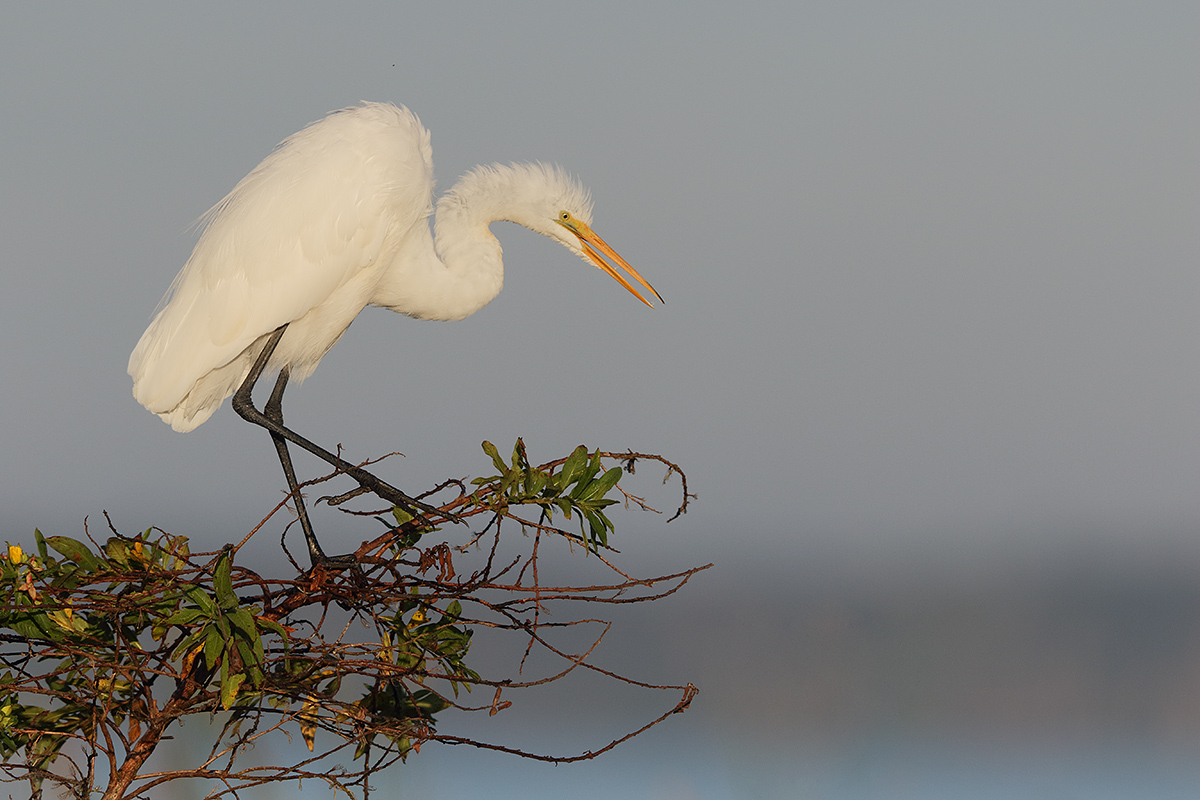
|
|
This Great Egret image was created 20 seconds later at 8:04:22am on October 9, a clear sunny morning 2014 here at Indian Lake Estates. Again I used the Canon EF 600mm f/4L IS II USM lens, the Canon Extender EF 1.4X III, and a beta version of the Canon EOS 7D Mark II . ISO 400. Evaluative metering -1/3 stop as framed: 1/1600 sec. at f/7.1 in Manual mode.
Three sensors to the left and two rows up from the central sensor/AI Servo/Rear Focus AF on the bird’s folded wing just behind the base of the neck was active at the moment of exposure. Click here to see the latest version of the Rear Focus Tutorial. Click on the image to see a larger version.
From the Sequoia with the lens supported by the BLUBB (my custom-designed, hand made Big Lens Ultimate Bean Bag). When working on a beanbag with a long lens and re-composing be absolutely sure that the focusing ring does not rest on the beanbag lest you throw off accurate focus when re-composing. If that is unavoidable you must work in AI Servo AF with AF active at the moment of exposure as I did here.
Image #2: Non-breeding plumage Great Egret leaning forward horizontal
|
How to Handle “Too YELLOW”
YELLOWs, like REDs, often become over-saturated in early morning or late afternoon light and that was the case for the four images here. My solution? I put the whole image on a layer (Ctrl + J), opened Hue/Saturation on that layer (Ctrl + U), selected YELLOWs from the drop down menu, and moved the Saturation slider to about -25. The white feathers and the face and bill looked much better but the vegetation had lost its pop. Most folks do not realize that there is always a ton of YELLOW in the GREENs. I added a regular Layer Mask, chose a large, soft, brush, and painted the YELLOWs back into the GREENs.
Additional Image Optimization
I did some Eye Doctor work on each image by painting a small Quick Mask and then pulling down the Curve (Ctrl + M) to darken the pupil. In addition, I used the Quick Selection Tool (my keyboard shortcut W–I use M for the Magic Wand Tool) to select the eyes, lores, and bill of each bird, put the selection on a layer (Ctrl + J), and then applied a Contrast Mask to selectively sharpen the layer.
The DPP RAW Conversion Guide
To learn why I use Canon’s Digital Photo Professional (DPP) to convert every image that I work on, click here. The current guide will teach you how to best convert all of your Canon images in all 3 point something versions of Canon Digital Photo Professional including the current v.3.14.41.0.
Coming soon: The DPP 4.0 RAW Conversion Guide by Arash Hazeghi and Arthur Morris. The more that I use DPP 4.0 for my 1D X and 5D III RAW conversions the more I learn about it. And the more I learn about it the more I am impressed with it. Note: at present, DPP 4.0 will work only with 1D X, 5D III, and 6D images. Scroll down for the latest DPP/7D Mark II info.
Digital Basics
Everything that I did to optimize today’s image is covered in detail in my Digital Basics File–written in my easy-to-follow, easy-to-understand style. Are you tired of making your images look worse in Photoshop? Digital Basics File is an instructional PDF that is sent via e-mail. It includes my complete digital workflow, dozens of great Photoshop tips (including Surface Blur settings), details on using all of my image clean-up tools, the use of Contrast Masks, several different ways of expanding and filling in canvas, all of my time-saving Keyboard Shortcuts, Quick Masking, Layer Masking, and NIK Color Efex Pro basics, Digital Eye Doctor, Tim Grey Dodge and Burn, how to create time-saving actions, and tons more.
APTATS I & II
Learn the details of advanced Quick Masking techniques in APTATS I. Learn Advanced Layer Masking Techniques in APTATS II. Mention this blog post and apply a $5 discount to either with phone orders only. Buy both APTATS I and APTATS II and we will be glad to apply at $15 discount with phone orders only. Please call Jim or Jennifer at 863-692-0906 weekdays to order.
|
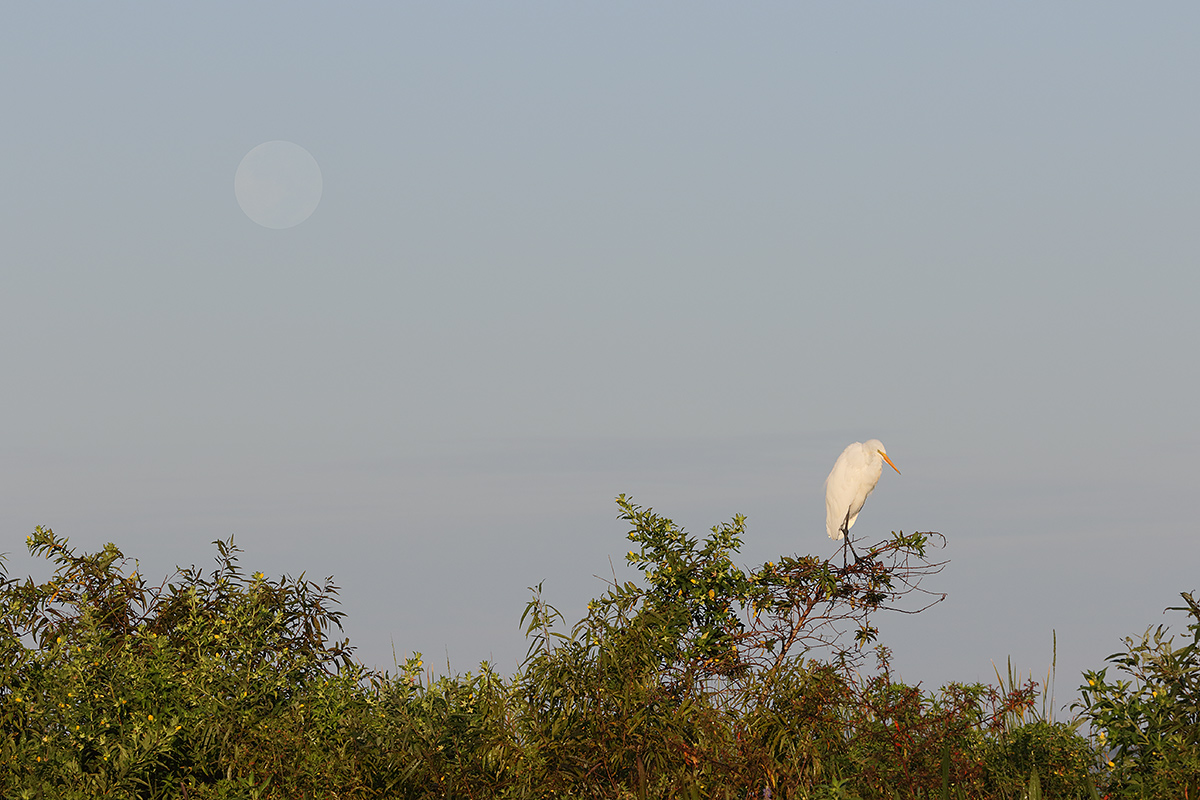
|
|
This Great Egret image was created at 8:09:33am on October 9, a clear sunny morning 2014 here at Indian Lake Estates. I used the Canon EF 70-200mm f/2.8L IS II USM lens (hand held at 200mm) and a beta version of the Canon EOS 7D Mark II . ISO 400. Evaluative metering at zero as framed: 1/400 sec. at f/14 in Manual mode.
Central sensor/AI Servo Surround/Rear Focus AF on the bird and recompose. Click here to see the latest version of the Rear Focus Tutorial. Click on the image to see a larger version.
Image #3: Non-breeding plumage Great Egret and full moon
|
Full Moon Trick
When you find it necessary to select a perfect full moon for whatever reason, use the Elliptical Marquee Tool and hold the Shift key down to produce a perfect circle….
Here, I darkened the sky with a Curves adjustment on a layer but that left the moon too dark. I added a Regular Layer Mask and used a hard brush at 20% opacity to lighten the moon one click. That worked perfectly but I was not happy with the edges of the circle. To rectify that situation I selected the moon with the Elliptical Marquee Tool as described above, placed that selection on its own layer, went back to my Background layer, used a large soft Clone Stamp Tool brush to get rid of the original misshapen moon, and then moved the new full moon back to its original position. Much much better.
As usual, all of the techniques that I used are described in detail in my Digital Basics File.
|
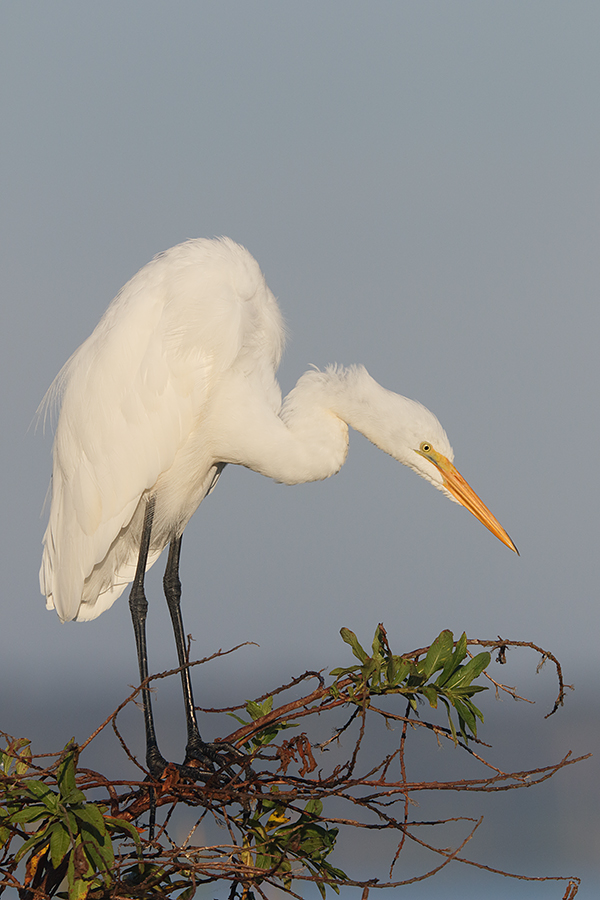
|
|
This Great Egret image was created at 8:14:31am on October 9, a clear sunny morning 2014 here at Indian Lake Estates. I used the Canon EF 600mm f/4L IS II USM lens, the Canon Extender EF 2X III, and a beta version of the Canon EOS 7D Mark II . ISO 400. Evaluative metering at zero as framed: 1/320 sec. at f/16 in Manual mode.
Central sensor (by necessity)/AI Servo Expand/Rear Focus AF on the middle of the lowest curve of the bird’s neck was active at the moment of exposure. Click here to see the latest version of the Rear Focus Tutorial. Click on the image to see a larger version.
From the Sequoia with the lens supported by the BLUBB (my custom-designed, hand made Big Lens Ultimate Bean Bag). When working on a beanbag with a long lens and re-composing be absolutely sure that the focusing ring does not rest on the beanbag lest you throw off accurate focus when re-composing. If that is unavoidable you must work in AI Servo AF with AF active at the moment of exposure as I did here.
Image #4: Non-breeding plumage Great Egret leaning forward vertical
|
Compositional Principles
Consider the image design for each of today’s photographs. I began with the window of my Sequoia raised too much. That left a pretty large strip of lake below the dark strip that was the distant shore on the other side of the lake. You can see a bit of that in image #2 and just a hint of it at the bottom of the frame in Image #4. What to do? I simply lowered the window so that the lens was pointing more up. This eliminated the large strip of lake that had been at the bottom of the frame. I love the amount of the dark strip in Image #1. Many folks don’t like it when I include a strip of this or that in the frame to act as somewhat of a border. But I do and that is all that matters to me. You are the artist. Only you get to make the compositional choices. Also with regards to Image #1, I love the new wide array for AF sensors in the 7D II as they open up many more image design options while allowing you to keep AI Servo AF active.
Comparing Images #1 and #2 note that as the bird changed its position by learning forward, I opted to re-design the image by pointing the lens down. That I was able to include all of the the curved branch at the bottom center of the frame with a small border was a big plus. It took me nearly ten minutes to spot the setting full moon but once I did I grabbed the 70-200, mounted the 7D II on it, got out of the SUV very slowly and made about six images. The design choice here is obvious to the experienced eye. With the bird in the lower right corner and the moon in the upper left, perfect compositional balance was achieved. The result was a diagonally balanced rule of thirds composition.
Once I went to the 2X III TC I needed to go vertical in order to fit the bird in the frame. In retrospect I wish that I had pointed the lens down to include the curved branch that I mentioned above with a small border and to reduce the amount of sky above the bird.
Image Question
Why did I opt not to re-compose Image #4?
Improving Your Image Design Skills
To learn to create pleasingly designed images, look at as many good images as humanly possible. Study them. Ask lots of questions. Even better, learn the basics by studying Chapter Seven, Designing the Image, pages 102-113, in the original The Art of Bird Photography, (160 pages in soft cover). Next, master the principles detailed in Chapter II, Advanced Composition and Image Design, pages 164-254 in the single pages for easy reading version of The Art of Bird Photography II. ABP II: 916 pages, 900+ images on CD only. You can save $10 by ordering the two book combo.

 Use the BAA Affiliate logo link above to pre-order your 7D II, shoot me your receipt via e-mail, and I will do my very best to have your order expedited once the camera begins shipping.
Use the BAA Affiliate logo link above to pre-order your 7D II, shoot me your receipt via e-mail, and I will do my very best to have your order expedited once the camera begins shipping.
7D Mark II RAW File Offer
If you would like to receive a link to one or more the RAW files for today’s featured images for inspection and study only, please send a Paypal to us at birdsasart@verizon.net for $5.00 each (to cover our handling costs) or give Jim or Jennifer a buzz at 863-692-0906 during weekday business hours with a credit card in hand. Whether by Paypal or phone be sure to specify which file or files you want by both Image # and name. We will send your links (s) via Hightail. You can then download and save the RAW file. Note: you may need to download and install DPP v3.14.41.0 in order to view the images and you will surely need to have that on your computer if you wish to convert them. Thanks to all who ordered yesterday’s RAW file. I will be offering additional RAW files in the coming days and weeks. Please note that all rights remain with Arthur Morris/BIRDS AS ART.
|

|
|
Obviously folks attending the IPT will be out in the field early and stay late to take advantage of sunrise and sunset colors. The good news is that the days are relatively short in October. Click on the composite to enjoy a larger version.
|
Fort DeSoto Fall IPT/October 11-13, 2014. 3 FULL DAYs: $1099. Limit 8/Openings: 5.
$300 Last Minute Registration Discount!
Fort DeSoto, located just south of St. Petersburg, FL, is a mecca for migrant shorebirds in fall. There they join hundreds of egrets, herons, night-herons, gulls, and terns who winter on the T-shaped peninsula that serves as their wintering grounds. With any luck, we should get to photograph two of Florida’s most desirable shorebird species: Marbled Godwit and the spectacular Long-billed Curlew. Black-bellied Plover and Willet are easy, American Oystercatcher likely. Great Egret, Snowy Egret, Great Blue Heron, and Tricolored Heron are easy as well and we will almost surely come up with a tame Yellow-crowned Night-Heron or two. We should get to do some Brown Pelican flight photography. And Royal, Sandwich, Forster’s, and Caspian Terns will likely provide us with some good flight opportunities as well. Though not guaranteed Roseate Spoonbill and Wood Stork would not be unexpected.
|

|
|
Fort DeSoto in fall is rich with tame birds. All of the images in this card were created at Fort DeSoto in either late September or early October. I hope that you can join me there this October. Click on the composite to enjoy a larger version.
|
More on the DeSoto IPT
On the IPT you will learn basics and fine points of digital exposure and to get the right exposure every time after making a single test exposure, how to approach free and wild birds without disturbing them, to understand and predict bird behavior, to identify many species of shorebirds, to spot the good situations, to choose the best perspective, to see and understand the light, to, and to design pleasing images by mastering your camera’s AF system. And you will learn learn how and why to work in Manual mode (even if you’re scared of it).
At lunch (included) we will review my images–folks learn a ton watching me edit–why keep this one and delete that one. If you opt to bring your laptop, we will take a look at five of your best images from the morning session. We will process a few of my images in Photoshop after converting them in DPP. That followed by Instructor Nap Time.
If you decide to register and are traveling to attend this IPT, please make your reservations at the Beachcomber Beach Resort, 6200 Gulf Blvd, St. Petersburg (St. Pete Beach), FL 33706 (727-367-1902) as soon as possible as rooms for the weekend days are scarce: ARR: 10 OCT/DEP 14 OCT. I stayed there on my last DeSoto visit and was quite happy with it. Lodging is tough in Florida at this season…. The best airport is Tampa (TPA). It is always best if IPT folks stay in the same hotel so if you are interested it would be a good idea to register now and make your hotel reservations as well. We can, however, coordinate easily with local folks who opt to stay at home either by cell phone or e-mail.
Because of the relatively late date, payment is full is due upon registration either by check or credit card. If the former, please e-mail us immediately so that we can save you a spot. If the latter, please call Jim or Jennifer during weekday business hours at 863-692-0906 with a credit card in hand to register . Your registration fee is non-refundable unless the IPT sells out with eight so please check your plans carefully before committing. You will receive a confirmation e-mail with detailed instructions, gear advice, and first morning meeting place about one month before this IPT.
|

|
|
BAA Site Guides are the next best thing to being on an IPT.
|
Fort DeSoto Site Guide
Can’t make the IPT? Get yourself a copy of the Fort DeSoto Site Guide. Learn the best spots, where to be when in what season in what weather. Learn the best wind directions for the various locations. BAA Site Guides are the next best thing to being on an IPT. You can see all of them here.
Facebook
Be sure to like and follow BAA on Facebook by clicking on the logo link upper right. Tanks a stack!
Support the BAA Blog. Support the BAA Bulletins: Shop B&H here!
We want and need to keep providing you with the latest free information, photography and Photoshop lessons, and all manner of related information. Show your appreciation by making your purchases immediately after clicking on any of our B&H or Amazon Affiliate links in this blog post. Remember, B&H ain’t just photography!
…..
Amazon.com
Those who prefer to support BAA by shopping with Amazon may use this link:
Amazon Canada
Many kind folks from north of the border, ay, have e-mailed stating that they would love to help us out by using one of our affiliate links but that living in Canada and doing so presents numerous problems. Now, they can help us out by using our Amazon Canada affiliate link by starting their searches by clicking here. Many thanks to those who have written.
Typos
In all blog posts and Bulletins, feel free to e-mail or to leave a comment regarding any typos, wrong words, misspellings, omissions, or grammatical errors. Just be right. 🙂
October 9th, 2014 The Streak Continues: 313
Yesterday was a typical day of work and relaxation with a nice 1/2 mile swim. I got out yesterday afternoon with the 7D II and enjoyed some bird photography in the sun. I will share some of those images with you here soon. This blog post, the 313th in a row, took me about 2 hours to prepare. It was published just before 7:45am from my home in Indian Lake Estates, FL.
To show your appreciation for my efforts here, we do ask that you use our the B&H and Amazon affiliate links on the right side of the blog for all of your purchases. Please check the availability of all photographic accessories in the BIRDS AS ART Online Store, especially Gitzo tripods, Wimberley tripod heads, and the like. We sell only what I have used, have tested, and can depend on. We will not sell you junk. We know what you need to make creating great images easy and fun. And we are always glad to answer your gear questions via e-mail.
Fort DeSoto October Updates
The Friday Afternoon October 10 BAA Fort DeSoto In-the-Field Workshop meet-up is now sold out.
For information on the October Fort DeSoto IPT and the late registration discount please scroll down in this blog post.
Join us for a day on Saturday, Sunday, or Monday for $299 including lunch and image review. Or join us for a morning on Saturday, Sunday, or Monday for $199 including lunch and image review.
GALAPAGOS Photo Cruise of a Lifetime IPT/The Complete Galapagos Photographic Experience. July 14-28, 2015 on the boat. 13 FULL and two half-days of photography: $12,499. Limit 14 including the leader:/Openings: 3 or 4.
If you are considering this trip it would be best to act soon as there are now only 3 or 4 slots left on this amazing Photo-Cruise IPT. Scroll down in this blog post for additional information or e-mail for the complete itinerary.
|
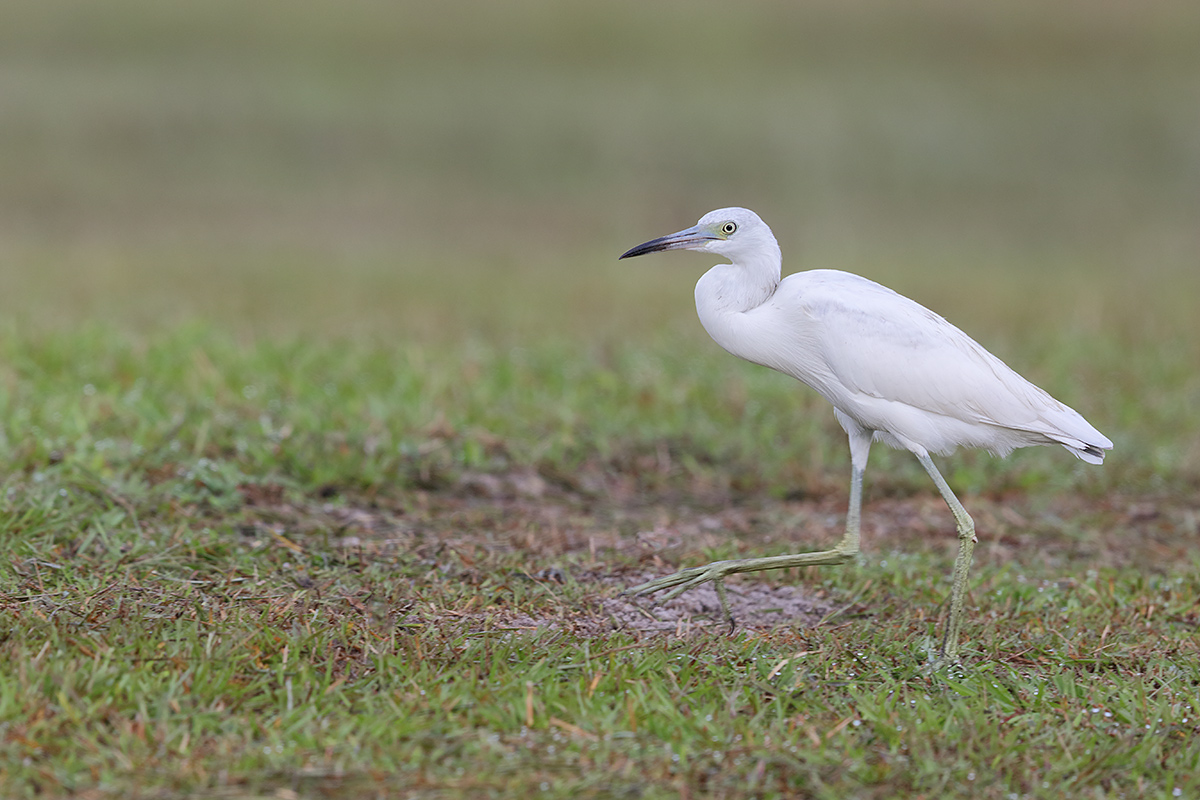
|
|
This image was created on the cloudy almost-bright morning of October 8, 2014 at Indian Lake Estates with the Canon EF 600mm f/4L IS II USM lens and a beta version of the Canon EOS 7D Mark II . ISO 400. Evaluative metering +1 stop as framed: 1/320 sec. at f/5.6 in Manual mode.
65-point Automatic Selection/AI Servo/Rear Focus AF activated an array of three sensors on the bird’s face and were of course actively tracking the subject at the moment of exposure. Click here to see the latest version of the Rear Focus Tutorial. Click on the image to see a larger version.
From the Sequoia with the lens supported by the BLUBB (my custom-designed, hand made Big Lens Ultimate Bean Bag). When working on a beanbag with a long lens and re-composing be absolutely sure that the focusing ring does not rest on the beanbag lest you throw off accurate focus when re-composing.
Immature Little Blue Heron hunting. This JPEG represents the optimized image.
|
Initial 7D Mark II AF and Other Impressions
With a bit more light yesterday morning it became obvious that the AF system of the 7D II is indeed superb. I was so impressed that I relied quite a bit on the 65-point Automatic Selection AF Selection Mode. Right now I am still struggling to gain full understanding of this AF Selection Mode…. I will try to get Rudy Winston on the phone today to clarify a few things for me. The 7D II offers a new way (aside from the MFn button) of toggling through the various AF Area Selection Modes: If I get down to the lake this morning, I will try to figure out how and whether or not to use the new the new AF Area Selection lever. I am hoping to get some good flight photography opportunities this coming weekend on the Fort DeSoto IPT.
7D II Image Quality and Color
At ISO 400 image quality with the 7D II is on a par with 1D X and 5D III images. The image files feature natural, accurate colors.
7D Mark II RAW File Offer
If you would like to receive a link to either one or both of the RAW files featured in today’s blog for inspection and study only, please send a Paypal to us at birdsasart@verizon.net for $5.00 each (to cover our handling costs) or give Jim or Jennifer a buzz at 863-692-0906 during weekday business hours with a credit card in hand. We will send your links (s) via Hightail. You can then download and save the RAW file. Whether by Paypal or phone, be sure to specify either “7D II Immature Little Blue Heron hunting RAW File” or “7D II Sandhill Crane striding towards the camera RAW File.” Or both. Thanks to all who ordered yesterday’s RAW file. I will be offering additional RAW files in the coming days and weeks. Please note that all rights remain with Arthur Morris/BIRDS AS ART.
|
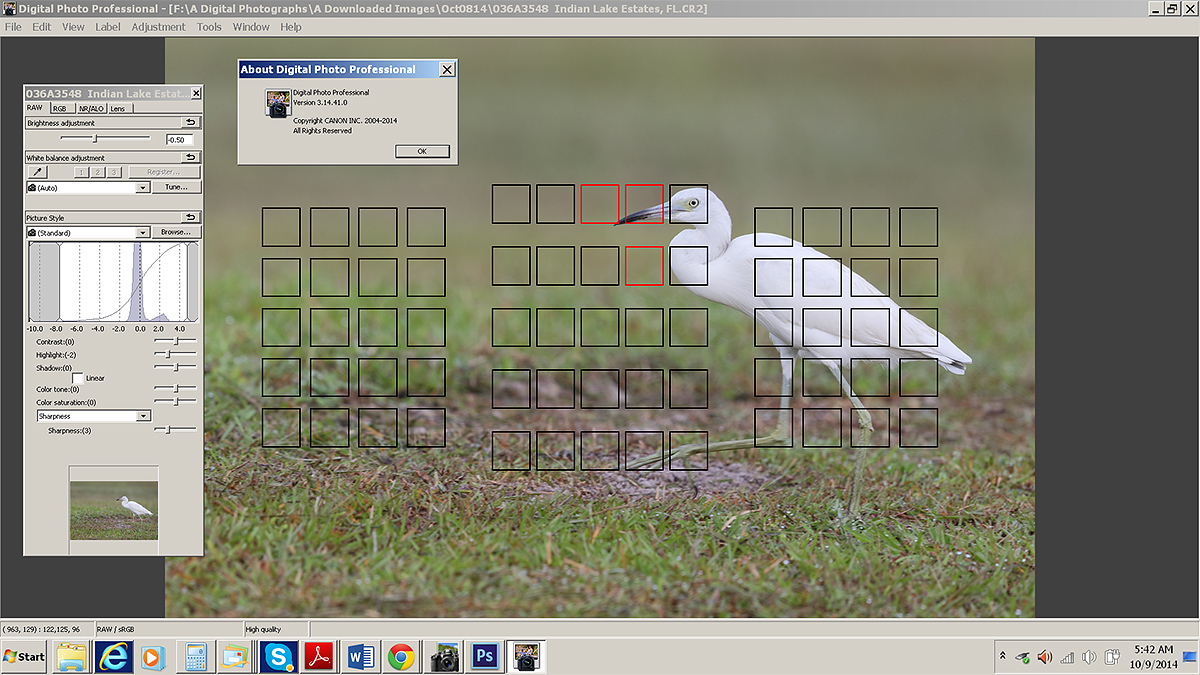
|
|
This is a DPP 3.41.14.0 screen capture.
|
Digital Photo Professional 3.14.41 Updater
The screen capture above shows how effectively 65-point Automatic Selection performed for me yesterday morning.
The latest version of DPP is V3.14.41; it will support 7D Mark II files. It is currently available for download here. Click on Drivers and Software and then on Software. Then click directly on the Digital Photo Professional 3.14.41 Updater for Windows (or Mac), check the Disclaimer box, and then click on the Download arrow. When the file is downloaded double-click on it and follow the prompts. I just finished updating :).
Note: if you do not already have a previous version of DPP 3.whatever installed you will need to download the entire software suite to install DPP 3.14.41 from scratch.
|
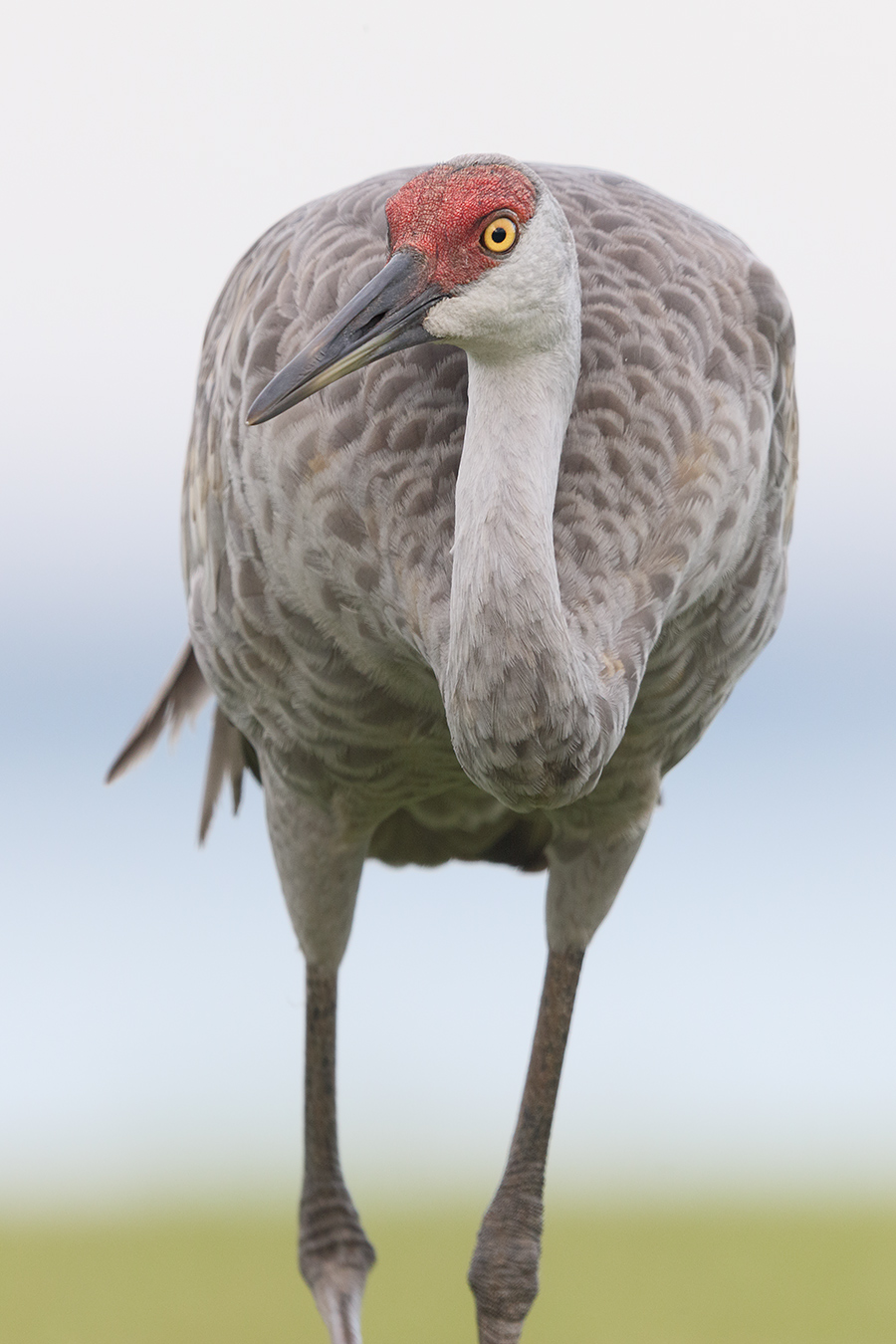
|
|
This image was also created on the cloudy almost-bright morning of October 8, 2014 at Indian Lake Estates with the Canon EF 600mm f/4L IS II USM lens, the Canon Extender EF 1.4X III, and a beta version of the Canon EOS 7D Mark II . ISO 400. Evaluative metering +1 1/3 stops as framed: 1/250 sec. at f/5.6 in Manual mode.
65-point Automatic Selection/AI Servo/Rear Focus AF activated an array of three sensors just to the left of the bird’s neck; they were actively tracking the subject at the moment of exposure. Though the automatically selected AF points were not quite ideal–the resulting image was more than sharp enough even at the wide open aperture. Click here to see the latest version of the Rear Focus Tutorial. Click on the image to see a larger version.
From the Sequoia with the lens supported by the BLUBB (my custom-designed, hand made Big Lens Ultimate Bean Bag). When working on a beanbag with a long lens and re-composing be absolutely sure that the focusing ring does not rest on the beanbag lest you throw off accurate focus when re-composing.
Sandhill Crane striding towards the camera. This JPEG represents the optimized image.
|
Your Opinion?
Click on the image to enlarge it and then let us know what you think of 7D Mark II image quality and color.

 Use the BAA Affiliate logo link above to pre-order your 7D II, shoot me your receipt via e-mail, and I will do my very best to have your order expedited once the camera begins shipping.
Use the BAA Affiliate logo link above to pre-order your 7D II, shoot me your receipt via e-mail, and I will do my very best to have your order expedited once the camera begins shipping.
|

|
|
Obviously folks attending the IPT will be out in the field early and stay late to take advantage of sunrise and sunset colors. The good news is that the days are relatively short in October. Click on the composite to enjoy a larger version.
|
Fort DeSoto Fall IPT/October 11-13, 2014. 3 FULL DAYs: $1099. Limit 8/Openings: 5.
$200 Last Minute Registration Discount!
Fort DeSoto, located just south of St. Petersburg, FL, is a mecca for migrant shorebirds in fall. There they join hundreds of egrets, herons, night-herons, gulls, and terns who winter on the T-shaped peninsula that serves as their wintering grounds. With any luck, we should get to photograph two of Florida’s most desirable shorebird species: Marbled Godwit and the spectacular Long-billed Curlew. Black-bellied Plover and Willet are easy, American Oystercatcher likely. Great Egret, Snowy Egret, Great Blue Heron, and Tricolored Heron are easy as well and we will almost surely come up with a tame Yellow-crowned Night-Heron or two. We should get to do some Brown Pelican flight photography. And Royal, Sandwich, Forster’s, and Caspian Terns will likely provide us with some good flight opportunities as well. Though not guaranteed Roseate Spoonbill and Wood Stork would not be unexpected.
|

|
|
Fort DeSoto in fall is rich with tame birds. All of the images in this card were created at Fort DeSoto in either late September or early October. I hope that you can join me there this October. Click on the composite to enjoy a larger version.
|
More on the DeSoto IPT
On the IPT you will learn basics and fine points of digital exposure and to get the right exposure every time after making a single test exposure, how to approach free and wild birds without disturbing them, to understand and predict bird behavior, to identify many species of shorebirds, to spot the good situations, to choose the best perspective, to see and understand the light, to, and to design pleasing images by mastering your camera’s AF system. And you will learn learn how and why to work in Manual mode (even if you’re scared of it).
At lunch (included) we will review my images–folks learn a ton watching me edit–why keep this one and delete that one. If you opt to bring your laptop, we will take a look at five of your best images from the morning session. We will process a few of my images in Photoshop after converting them in DPP. That followed by Instructor Nap Time.
If you decide to register and are traveling to attend this IPT, please make your reservations at the Beachcomber Beach Resort, 6200 Gulf Blvd, St. Petersburg (St. Pete Beach), FL 33706 (727-367-1902) as soon as possible as rooms for the weekend days are scarce: ARR: 10 OCT/DEP 14 OCT. I stayed there on my last DeSoto visit and was quite happy with it. Lodging is tough in Florida at this season…. The best airport is Tampa (TPA). It is always best if IPT folks stay in the same hotel so if you are interested it would be a good idea to register now and make your hotel reservations as well. We can, however, coordinate easily with local folks who opt to stay at home either by cell phone or e-mail.
Because of the relatively late date, payment is full is due upon registration either by check or credit card. If the former, please e-mail us immediately so that we can save you a spot. If the latter, please call Jim or Jennifer during weekday business hours at 863-692-0906 with a credit card in hand to register . Your registration fee is non-refundable unless the IPT sells out with eight so please check your plans carefully before committing. You will receive a confirmation e-mail with detailed instructions, gear advice, and first morning meeting place about one month before this IPT.
|

|
|
BAA Site Guides are the next best thing to being on an IPT.
|
Fort DeSoto Site Guide
Can’t make the IPT? Get yourself a copy of the Fort DeSoto Site Guide. Learn the best spots, where to be when in what season in what weather. Learn the best wind directions for the various locations. BAA Site Guides are the next best thing to being on an IPT. You can see all of them here.
Facebook
Be sure to like and follow BAA on Facebook by clicking on the logo link upper right. Tanks a stack!
Support the BAA Blog. Support the BAA Bulletins: Shop B&H here!
We want and need to keep providing you with the latest free information, photography and Photoshop lessons, and all manner of related information. Show your appreciation by making your purchases immediately after clicking on any of our B&H or Amazon Affiliate links in this blog post. Remember, B&H ain’t just photography!
…..
Amazon.com
Those who prefer to support BAA by shopping with Amazon may use this link:
Amazon Canada
Many kind folks from north of the border, ay, have e-mailed stating that they would love to help us out by using one of our affiliate links but that living in Canada and doing so presents numerous problems. Now, they can help us out by using our Amazon Canada affiliate link by starting their searches by clicking here. Many thanks to those who have written.
Typos
In all blog posts and Bulletins, feel free to e-mail or to leave a comment regarding any typos, wrong words, misspellings, omissions, or grammatical errors. Just be right. 🙂
October 8th, 2014 The Streak Continues: 312
Yesterday was a typical day of work and relaxation with a nice 1/2 mile swim. The pool is back up to a shade below 78 degrees after falling below 77 with the last cold snap. This blog post, the 312th in a row, took me about 3 hours to prepare. It was published just before 7:15am from my home in Indian Lake Estates, FL.
To show your appreciation for my efforts here, we do ask that you use our the B&H and Amazon affiliate links on the right side of the blog for all of your purchases. Please check the availability of all photographic accessories in the BIRDS AS ART Online Store, especially Gitzo tripods, Wimberley tripod heads, and the like. We sell only what I have used, have tested, and can depend on. We will not sell you junk. We know what you need to make creating great images easy and fun. And we are always glad to answer your gear questions via e-mail
Fort DeSoto October Updates
The Friday Afternoon October 10 BAA Fort DeSoto In-the-Field Workshop meet-up is now sold out.
For information on the October Fort DeSoto IPT and the late registration discount please see the blog post here.
Join us for a day on Saturday, Sunday, or Monday for $299 including lunch and image review. Or join us for a morning on Saturday, Sunday, or Monday for $199 including lunch and image review.
GALAPAGOS Photo Cruise of a Lifetime IPT/The Complete Galapagos Photographic Experience. July 14-28, 2015 on the boat. 13 FULL and two half-days of photography: $12,499. Limit 14 including the leader:/Openings: 3 or 4.
If you are considering this trip it would be best to act soon as there are now only 3 or 4 slots left on this amazing Photo-Cruise IPT. Scroll down in this blog post for additional information or e-mail for the complete itinerary.
|
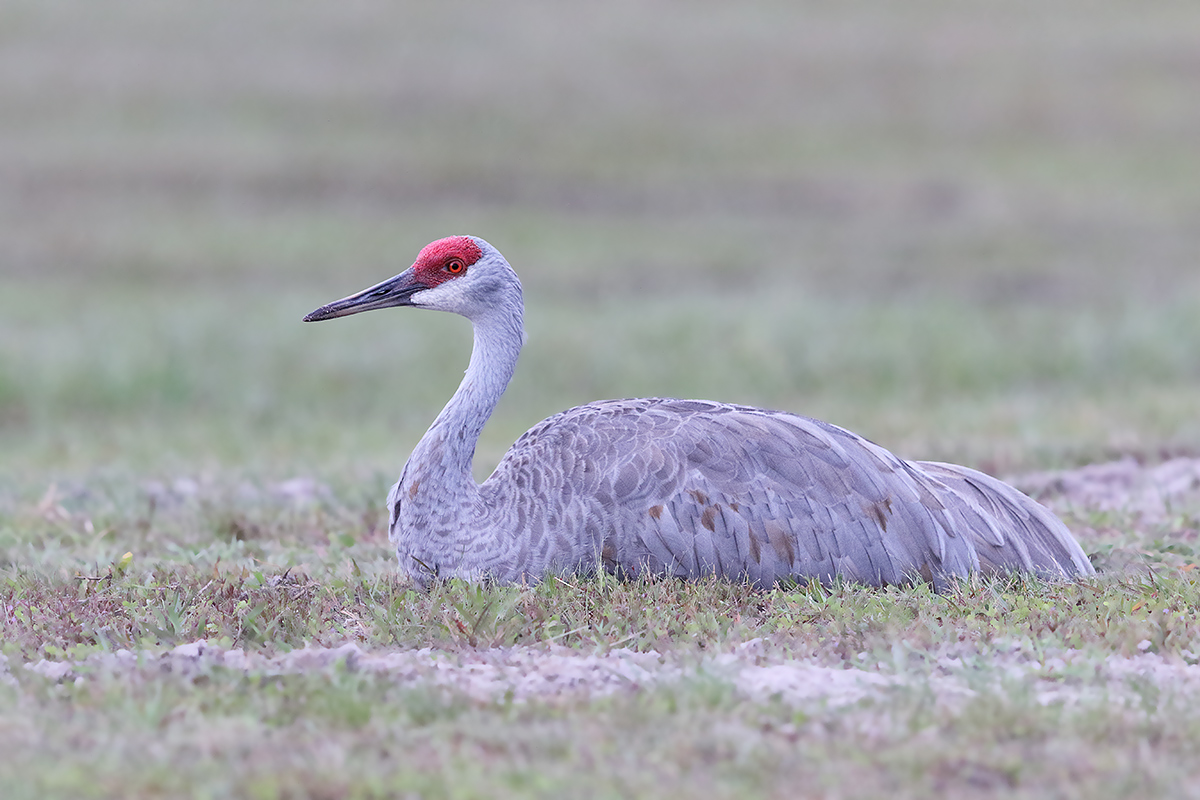
|
|
This image was created on the dark, drizzly afternoon of October 7, 2014 at Indian Lake Estates with the Canon EF 600mm f/4L IS II USM lens and a beta version of the Canon EOS 7D Mark II . ISO 3200. Evaluative metering +1 stop as framed: 1/320 sec. at f/5.6 in Manual mode.
Central Sensor/AI Servo/Rear Focus AF on the bird’s face and re-compose. Click here to see the latest version of the Rear Focus Tutorial. Click on the image to see a larger version.
From the Sequoia with the lens supported by the BLUBB (my custom-designed, hand made Big Lens Ultimate Bean Bag). When working on a beanbag with a long lens and re-composing be absolutely sure that the focusing ring does not rest on the beanbag lest you throw off accurate focus when re-composing.
Resting Sandhill Crane. This JPEG represents the optimized image.
|
EOS-7D Mark II General Impressions
I got my hands on a beta version of an EOS-7D II yesterday afternoon. The beta version of a product is used in the final stages of testing before it is commercially released. I like the feel and the build of the 7D II. Setting up the camera was relatively simple as it is quite similar to both the 1D X and the 5D III. While going through the menus and Custom Functions I was pleasantly surprised to see that it offers both in-camera Multiple Exposures and in-camera HDR options. There were a few new features that I need to study and figure out but none of those kept me from heading down to the lake and using the camera effectively. Those coming from a 7D or a 1D IV will have a much tougher time with the AF system. After deleting all copyright info (goodbye and thanks George Lepp) I entered my name and copyright info. I kept screwing up and because I could not figure out how to delete a single letter I would start from scratch. After about ten minutes of frustration I called Rudy Winston at Canon. He said, “Place the cursor to the right of the character that you want to remove and hit the garbage can icon.” I was so happy :).
The viewfinder level is pretty neat; you need to rotate the lens almost imperceptibly to get the side to side dot to indicate perfectly level. That will be much easier to do when on a tripod than when effectively hand holding while using the BLUBB. It will be great when hand holding for scenics and even better when hand holding a fish eye lens.
The analog exposure scale is on the right side of the viewfinder as it is on the 1D X (and on previous pro bodies). The individual marks on the analog scale seem to me to be slightly smaller than on all previous bodies…. The single negative for me was that I needed to carefully adjust the position of my eye in relation to the viewfinder; if my eye was a bit too much to my left the analog scale became slightly blocked from view. I am sure that over time I will adjust though I think that I will always be wishing that the marks on the analog scale appeared to be a bit larger.
Yikes. I almost forgot the amazing frame rate. With the advance set to Continuous High I thought that I was using a 1D X.
Will I Own a 7D II?
Overall I was quite impressed with Canon’s latest offering. Will I purchase one? It is much too soon to know but I can’t wait to give the new camera a good workout in a variety of conditions. I will be doing that at Fort DeSoto on the coming holiday weekend.
1D X or 5D III Direct Comparsion
Many have asked that I create images from the same exact spot with the 7D II and one of the full frame bodies. I attempted to do that yesterday and came close, but there are so many variables that I opted not to publish a 7D II/1D X cropped to the same subject size comparison. For a completely fair comparison I need to find a sleeping bird….
|
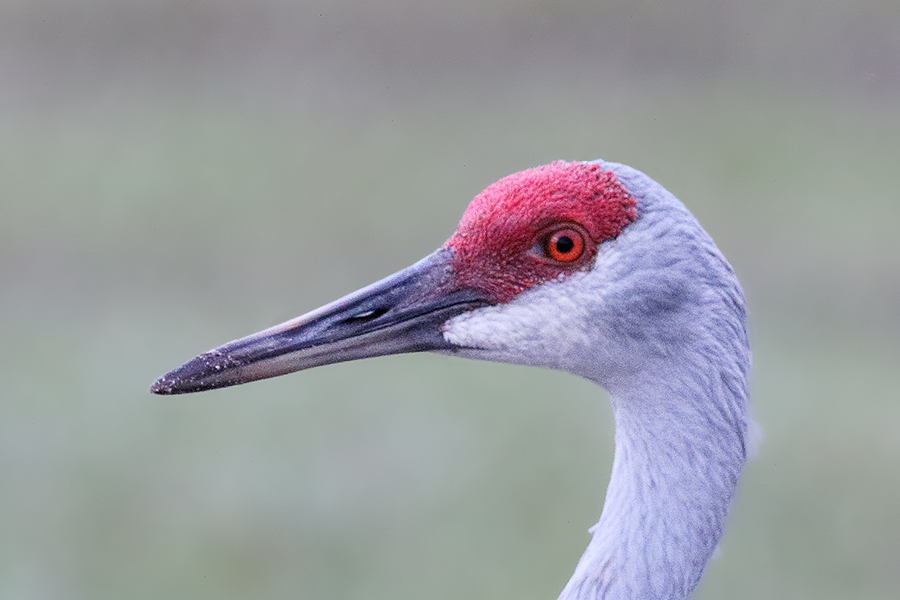
|
|
This is a tight crop of the head of the bird from the optimized image. See image next to have a look at the original image after conversion in DPP 3.14.41. Details on that coming soon.
|
The Image Optimization
After converting the image in DPP 3.14.41 with the Noise Reduction settings as per the original DPP RAW Conversion Guide I brought the image into Photoshop CS-6. I selected the bird, ran Refine Edge, saved the selection, and applied a 75% layer of my NIK Color Efex Pro 25/25 recipe (25% Detail Extractor and 25% Tonal Contrast). Then I darkened the pupil using my Eye Doctor techniques. Next I applied a Contrast Mask to the bird’s face. All selections were made with the Quick Selection Tool. Then merged the layer I had been working on, loaded the selection of the bird, inverted it, and applied a healthy does of Filter > Blur > Surface Blur. That pretty much eliminated the background noise but you can still note a bit of the ISO 3200 noise in the bird’s feathers in the image above. All in all I was quite impressed with high ISO performance. I did a bit of color correction that in retrospect I wish I had not done as the optimized file is a bit too magenta as compared to the converted original below.
The DPP RAW Conversion Guide
To learn why I use Canon’s Digital Photo Professional (DPP) to convert every image that I work on, click here. Coming very soon: The DPP 4.0 RAW Conversion Guide by Arash Hazeghi and Arthur Morris. The more that I use DPP 4.0 for my RAW conversions the more I learn about it and the more I learn about it the more I am impressed with it. Note: at present, DPP 4.0 will work only with 1D X, 5D III, and 6D images. Scroll down for the latest DPP/7D Mark II info.
Digital Basics
Everything that I did to optimize today’s image is covered in detail in my Digital Basics File–written in my easy-to-follow, easy-to-understand style. Are you tired of making your images look worse in Photoshop? Digital Basics File is an instructional PDF that is sent via e-mail. It includes my complete digital workflow, dozens of great Photoshop tips (including Surface Blur settings), details on using all of my image clean-up tools, the use of Contrast Masks, several different ways of expanding and filling in canvas, all of my time-saving Keyboard Shortcuts, Quick Masking, Layer Masking, and NIK Color Efex Pro basics, Digital Eye Doctor, Tim Grey Dodge and Burn, how to create time-saving actions, and tons more.
APTATS I & II
Learn the details of advanced Quick Masking techniques in APTATS I. Learn Advanced Layer Masking Techniques in APTATS II. Mention this blog post and apply a $5 discount to either with phone orders only. Buy both APTATS I and APTATS II and we will be glad to apply at $15 discount with phone orders only. Please call Jim or Jennifer at 863-692-0906 weekdays to order.
Digital Photo Professional 3.14.41 Updater
The latest version of DPP is V3.14.41; it will support 7D Mark II files. It is currently available for download here. Click on Drivers and Software and then on Software. Then click directly on the Digital Photo Professional 3.14.41 Updater for Windows (or Mac), check the Disclaimer box, and then click on the Download arrow. When the file is downloaded double-click on it and follow the prompts. I just finished updating :).
Note: if you do not already have a previous version of DPP 3.whatever installed you will need to download the entire software suite to install DPP 3.14.41 from scratch.
|
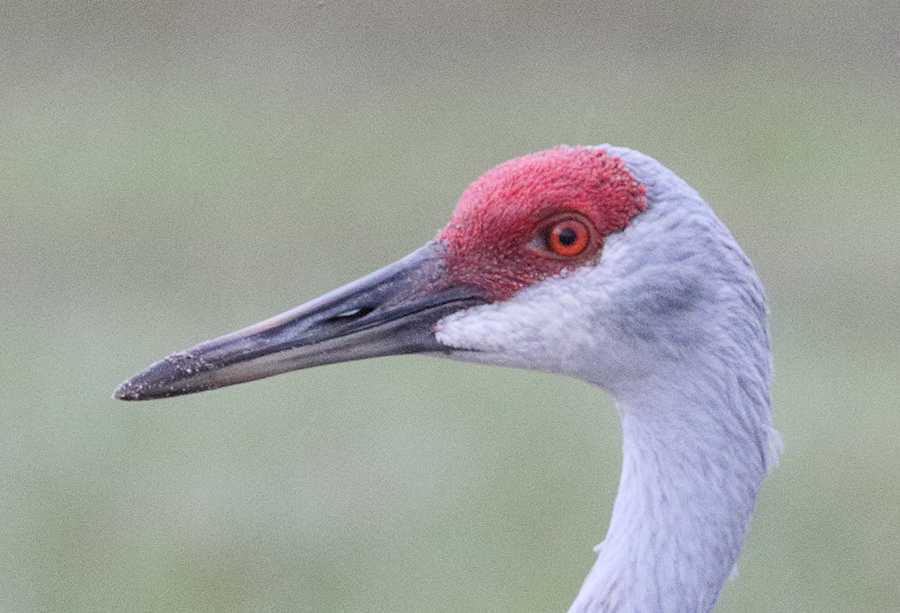
|
|
This is an unsharpened tight crop of the DPP 3.14.41 converted RAW file. ISO 3200 Noise Reduction was applied as per Arash’s recommendations in the original DPP RAW Conversion Guide.
|
The Converted RAW File
The JPEG above represents an unsharpened tight crop of the DPP 3.14.41 converted RAW file. ISO 3200 Noise Reduction was applied as per Arash’s recommendations in the original DPP RAW Conversion Guide. Though I do not have a great eye for fine detail I would judge the high ISO noise levels here as about the same as or perhaps a bit better than noise levels with the 5D III of the 1D X.
7D Mark II RAW File Offer
If you would like to receive a link to the RAW file for today’s featured image for inspection and study only, please send us a Paypal for $5.00 (to cover our handling costs) to birdsasart@verizon.net or give Jim or Jennifer a buzz at 863-692-0906 during weekday business hours with a credit card in hand. We will send you a link via Hightail. You can the download and save the RAW file. Whether by Paypal or phone, be sure to specify “7D II resting Sandhill Crane RAW File” as I will be offering additional RAW files in the coming days and weeks. Please note that all rights remain with Arthur Morris/BIRDS AS ART.

 Use the BAA Affiliate logo link above to pre-order your 7D II, shoot me your receipt via e-mail, and I will do my very best to have your order expedited once the camera begins shipping.
Use the BAA Affiliate logo link above to pre-order your 7D II, shoot me your receipt via e-mail, and I will do my very best to have your order expedited once the camera begins shipping.
Facebook
Be sure to like and follow BAA on Facebook by clicking on the logo link upper right. Tanks a stack!
Support the BAA Blog. Support the BAA Bulletins: Shop B&H here!
We want and need to keep providing you with the latest free information, photography and Photoshop lessons, and all manner of related information. Show your appreciation by making your purchases immediately after clicking on any of our B&H or Amazon Affiliate links in this blog post. Remember, B&H ain’t just photography!
…..
Amazon.com
Those who prefer to support BAA by shopping with Amazon may use this link:
Amazon Canada
Many kind folks from north of the border, ay, have e-mailed stating that they would love to help us out by using one of our affiliate links but that living in Canada and doing so presents numerous problems. Now, they can help us out by using our Amazon Canada affiliate link by starting their searches by clicking here. Many thanks to those who have written.
Typos
In all blog posts and Bulletins, feel free to e-mail or to leave a comment regarding any typos, wrong words, misspellings, omissions, or grammatical errors. Just be right. 🙂
October 7th, 2014 The Streak Continues: 311
Yesterday was a typical day of work and relaxation with a nice 1/2 mile swim. I have lost 7 1/2 pounds since getting home from Long Island and getting back in the groove of healthy eating. This blog post, the 311th in a row, took me about 2 1/2 hours to prepare. All of the work was done on Tuesday morning. It was published just before 8:45am from my home in Indian Lake Estates, FL.
To show your appreciation for my efforts here, we do ask that you use our the B&H and Amazon affiliate links on the right side of the blog for all of your purchases. Please check the availability of all photographic accessories in the BIRDS AS ART Online Store, especially Gitzo tripods, Wimberley tripod heads, and the like. We sell only what I have used, have tested, and can depend on. We will not sell you junk. We know what you need to make creating great images easy and fun. And we are always glad to answer your gear questions via e-mail
Fort DeSoto October Updates
The Friday Afternoon October 10 BAA Fort DeSoto In-the-Field Workshop meet-up is now sold out.
For information on the October Fort DeSoto IPT and the late registration discount please see the blog post here.
Join us for a day on Saturday, Sunday, or Monday for $299 including lunch and image review. Or join us for a morning on Saturday, Sunday, or Monday for $199 including lunch and image review.
GALAPAGOS Photo Cruise of a Lifetime IPT/The Complete Galapagos Photographic Experience. July 14-28, 2015 on the boat. 13 FULL and two half-days of photography: $12,499. Limit 14 including the leader:/Openings: 3 or 4.
If you are considering this trip it would be best to act soon as there are now only 3 or 4 slots left on this amazing Photo-Cruise IPT. Scroll down in this blog post for additional information or e-mail for the complete itinerary.
|
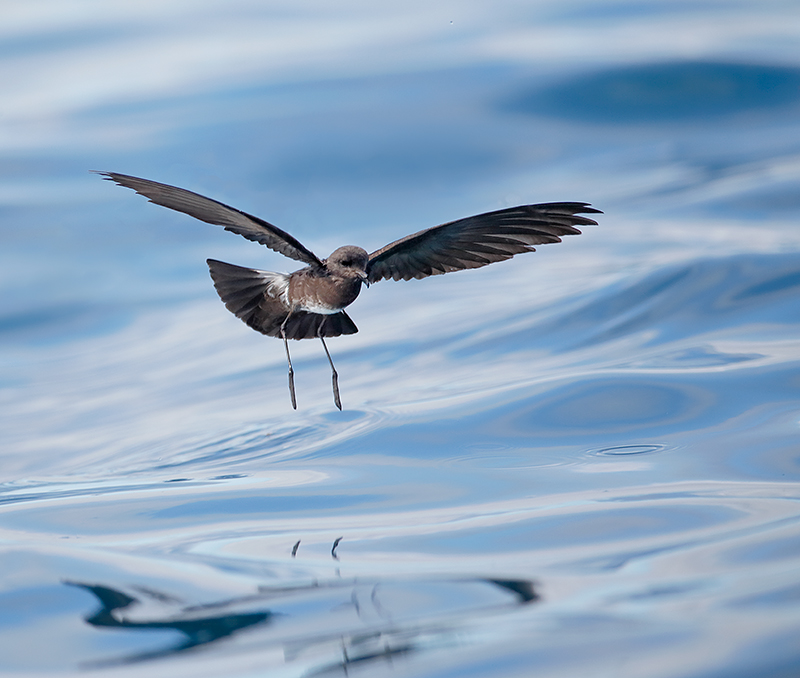
|
|
This image was created on the 2013 Galapagos Photo-Cruise with the hand held the Canon EF 200-400mm f/4L IS USM Lens with Internal 1.4x Extender (with the internal TC engaged at 560mm) and the Canon EOS-1D X. ISO 800. Evaluative metering +1 1/3 stops off the light blue water: 1/2000 sec. at f/5.6 in Manual mode was about 1/2 stop too dark. AWB.
Central Sensor/AI Servo-Surround/Rear Focus AF barely caught the petrel’s right wing as originally framed and was of course active at the moment of exposure. Learn everything there is to know about the 1D X and 5D III AF systems including how to manage the various AF Area Selection Modes, when to use which one, and several ways to move the AF sensor around in my 1D X AF Guide and the 5D Mark III User’s Guide. Click here to see the latest version of the Rear Focus Tutorial. Click on the image to see a larger version. .
Galapagos Storm Petrel dip feeding
|
The Situation
The panga (zodiac) was tied up to the Samba after our very last landing on North Seymour, rife with Blue-footed Boobies and both species of frigatebirds. It had been a great morning with lots of nests of all three species with chicks of varying sizes. As usual, I was the last one to get off the panga. As I gathered my gear I noticed that some storm petrels were feeding right off the stern of the boat. I called to the group but most were already down in their cabins. Those who heard me answered, “What’s wrong with you? The trip is over and we are beat.”
I had fun. 🙂
Painstaking, or Not?
Did this image take 8 minutes to optimize? Or one hour and eight minutes to optimize? Is there any evidence that major Photoshop “fowl” play or is this pretty much straight out of camera with a fairly large crop? If the former, what did I do?
|
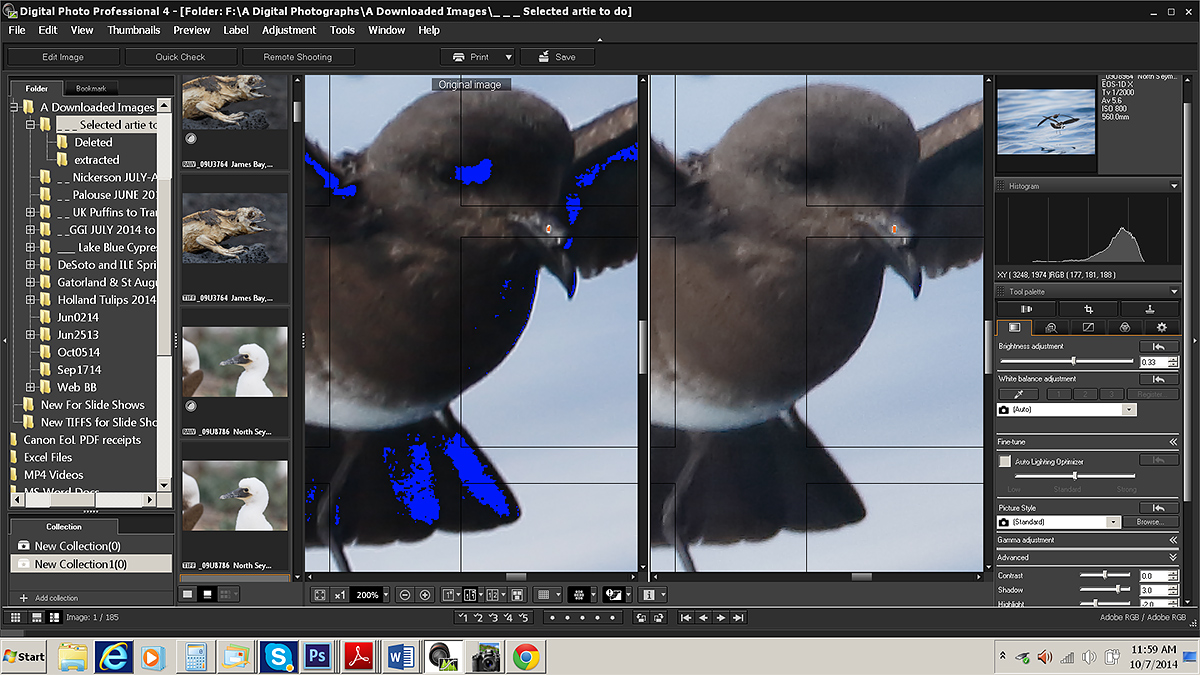
|
|
This is a DPP 4.0 screen capture.
|
DPP 4.0 Complexity/Or Not?
The first time that I opened DPP 4.0 I felt as if I were sitting in the cockpit of a Boeing 747. And I had as much chance of properly converting a RAW file as I did of flying a 747. But after studying and re-crafting Arash Hazeghi’s first draft of the DPP of our DPP 4.0 RAW Conversion Guide I soon realized that working in DPP was fairly simple. As long as you know what you are doing.
The DPP RAW Conversion Guide
To learn why I use Canon’s Digital Photo Professional (DPP) to convert every image that I work on, click here. Coming very soon: The DPP 4.0 RAW Conversion Guide by Arash Hazeghi and Arthur Morris. The more that I use DPP 4.0 for my RAW conversions the more I learn about it and the more I learn about it the more I am impressed with it. Note: at present, DPP 4.0 will work only with 1D X, 5D III, and 6D images.
The new guide should be available for purchase within two weeks at the most. It will sell for $40.
|
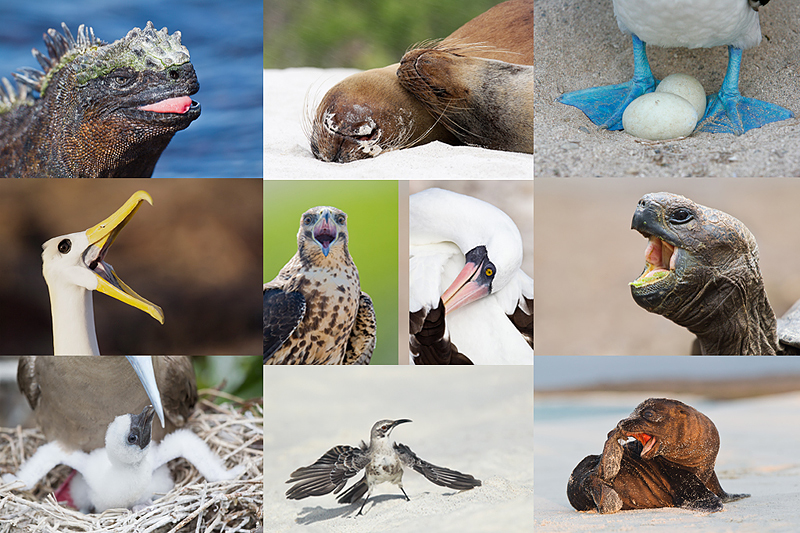
|
|
Do consider joining me for a once in a lifetime trip to the Galapagos archipelago in July, 2015.
|
GALAPAGOS Photo Cruise of a Lifetime IPT/The Complete Galapagos Photographic Experience. July 14-28, 2015 on the boat. 13 FULL and two half-days of photography: $12,499. Limit 14 including the leader:/Openings: 3 or 4.
There are now only 3 or 4 slots left on this amazing Photo-Cruise IPT.
My two-week Galapagos Photo-Cruises are without equal. The world’s best guide, a killer itinerary, a great boat (the Samba), and the best leader with eight Galapagos cruises under his belt. Pre-trip and pre-landing location-specific gear advice. In-the-field photo instruction and guidance. Jeez, I almost forgot: fine dining at sea!
The great spots that we will visit include Tower Island (including Prince Phillips Steps and Darwin Bay), Hood Island (including Punta Suarez, the world’s only nesting site of Waved Albatross, and Gardner Bay)—each of the preceding are world class wildlife photography designations that rank right up there with Antarctica, Africa, and Midway. We will also visit Fernandina, Puerto Ayora for the tortoises, Puerto Egas—James Bay, North Seymour and Isla Lobos for nesting Blue-footed Booby (most years), South Plaza, Floreana, and Urbina Bay, all spectacular in their own right. We visit every great spot on a single trip. Plus tons more. And there will he lots of opportunities to snorkel on sunny mid-days for those like me who wish to partake.
We will be the first boat on each island in the morning and the last boat to leave each island every afternoon. If we are blessed with overcast weather, we will often spend 5-6 hours at the best sites. And as noted above, mid-day snorkeling is an option on most sunny days depending on location. Note: some of the walks are a bit strenuous. Great images are possible on all landings with a hand held 70-200mm lens and a 1.4X teleconverter. I bring a longer lens ashore on most landings as that fits my style. I generally work with either the Canon 300mm f/2.8L IS or the Canon 200-400mm f/4 L IS with Internal Extender.
Do know that there is a NatureScapes Galapagos trip: one week for $8495. Thus, my trip represents a tremendous value; why go all that way and miss half of the great photographic locations?
The Logistics
Fly to Guayacil, Ecuador on July 12, 2015. Travel insurance/rest day: July 13 (We may or may not offer a photo outing on the 13th). Fly to the archipelago on July 14 and board the Samba. Get off the boat on July 28. Fly to Guayacil that afternoon. Fly home on the early morning of July 29 unless you are staying on or going elsewhere (or catching a red-eye flight on the evening of the 28th).
$12,499 includes just about everything: all transfers, guide and park fees, all food on the boat, transfers and ground transportation, your flights to the archipelago, and three nights (double occupancy) in a top notch hotel in Guayacil. If you are good to go, a non-refundable deposit of $5,000 per person is due immediately. The second payment of $4,000 is not due until 11/1/14. The final payment of $3749 per person will be due on 2/1/15. A $200 discount will be applied to each of the balances for couples or friends who register at the same time.
Purchasing travel insurance within 2 weeks of our cashing your deposit check is strongly recommended. On my past two cruises a total of 5 folks were forced to cancel less than one week prior to the trip. My family and I use Travel Insurance Services and strongly recommend that you do the same.
Not included: your round trip airfare from your home to and from Guayacil, beverages on the boat, phone calls, your meals in Guayacil, personal items, and a $600/person cash tip for the crew and the guide—this works out to roughly $40/day to be shared by the 7 folks who will be waiting on us hand and foot every day for two weeks. The service is so wonderful that many folks choose to tip extra.
Please e-mail for the complete itinerary and for additional info and images. Please cut and paste “Galapagos 2015 Info Please) into the Subject line.
Facebook
Be sure to like and follow BAA on Facebook by clicking on the logo link upper right. Tanks a stack!
Support the BAA Blog. Support the BAA Bulletins: Shop B&H here!
We want and need to keep providing you with the latest free information, photography and Photoshop lessons, and all manner of related information. Show your appreciation by making your purchases immediately after clicking on any of our B&H or Amazon Affiliate links in this blog post. Remember, B&H ain’t just photography!
…..
Amazon.com
Those who prefer to support BAA by shopping with Amazon may use this link:
Amazon Canada
Many kind folks from north of the border, ay, have e-mailed stating that they would love to help us out by using one of our affiliate links but that living in Canada and doing so presents numerous problems. Now, they can help us out by using our Amazon Canada affiliate link by starting their searches by clicking here. Many thanks to those who have written.
Typos
In all blog posts and Bulletins, feel free to e-mail or to leave a comment regarding any typos, wrong words, misspellings, omissions, or grammatical errors. Just be right. 🙂
October 6th, 2014 The Streak Continues: 310
I began yesterday with 30 minutes of meditation–see more on that immediately below. Then I worked a bit, enjoyed an easy 1/2 mile swim, took a nice nap, watched lots of pro football, and enjoyed a solid seven hours of sleep. This blog post, the 310th in a row, took me about 2 1/2 hours to prepare. All of the work was done on Monday morning. It was published just after 7:30am from my home in Indian Lake Estates, FL.
To show your appreciation for my efforts here, we do ask that you use our the B&H and Amazon affiliate links on the right side of the blog for all of your purchases. Please check the availability of all photographic accessories in the BIRDS AS ART Online Store, especially Gitzo tripods, Wimberley tripod heads, and the like. We sell only what I have used, have tested, and can depend on. We will not sell you junk. We know what you need to make creating great images easy and fun. And we are always glad to answer your gear questions via e-mail.
Click here to learn about the $200 Last Minute Registration Discount offer for the Fort DeSoto IPT. Join us and you just might get a chance to try out a 7D II for a few minutes…..
Enjoying Peacefulness Through Meditation
Since I began mentioning my morning meditation here a while back, I have been receiving many e-mails asking exactly what I do. To that end I share the following with you.
As best as I can understand it, one form of meditation teaches us to keep the mind clear by learning to concentrate on our breathing. My very favorite meditation CD is one by Jon Kabat-Zinn: Guided Mindfulness Meditation Series 1
He has the softest, most peaceful voice you could ever imagine, and he is a skilled instructor. When I wake up each morning I make a pit stop, lie with my back on the floor next to the bed, my calves resting on it, my thighs perpendicular to the floor, and my arms stretched out by my side. Then I click my Bose CD player on and listen to Jon Kabat-Zinn: the object is not to fall asleep, but to fall awake.
You can learn about additional mindfulness meditation CDs here
My Second Favorite Meditation CD
My 2nd favorite meditation CD is by Cliff Oliver’s late-friend, world class drummer Layne Redmond: Heart Chakra Meditations
I enjoy several tracks on this CD. From it I learned Bhramari Pranayama, the humming Bee Breath. Though I am not sure that Jon Kabat-Zinn would approve of it, I often do both the 4-7-8 breathing that I wrote about here and the bee breath while listening to Jon’s Mindfulness Meditation CD. And I often do the bee breathing to help fall asleep.
Layne Redmond was an American drummer, frame drum expert, writer, teacher, historian, and mythologist. Drum maker Remo created a frame drum designed by Redmond as their first Signature Series product. Layne died of breast cancer on October 28, 2013. Most would enjoy When the Women Were Drummers with Layne Redmond. When she was young, her Mom told her “The drums are for the boys; stick to tap dancing.” Layne obviously did not listen. I spoke to her several years ago by phone, learned later from Cliff that she was sick, but did not know that she had died until this morning. It is wonderful that she lives on through her music and other work.
Quoting Layne, A lot of the drums were painted red, the color of blood. I started to realize that the drum represented the first sound, the first sound that we hear in the womb is the sound of our mother’s blood pulsing through her arteries.
Back to the 4-7-8 Breathing
Back to the 4-7-8 breathing, I recently received a nice e-mail from a subscriber on her experiences with it:
Hi Artie, I just wanted to drop you a quick note about the 4-7-8 breathing. I have been doing it for almost two weeks now, and I can say I am much calmer and more relaxed. And even my muscles feel that way too! Also I seem to have much more patience and lose my temper much less often. Also, and maybe the most extraordinary part is that I used to come home from work and binge eat, just from stress I think. Now I just eat because I am hungry, and I feel that I now have a choice to eat or not. It is so simple to do, yet the returns on a three minute investment are almost miraculous. This is now part of my lifestyle. Thanks for sharing this technique.
I suggested that she follow up the breathing by doing The Work of Byron Katie if she wanted to find additional peace.
|
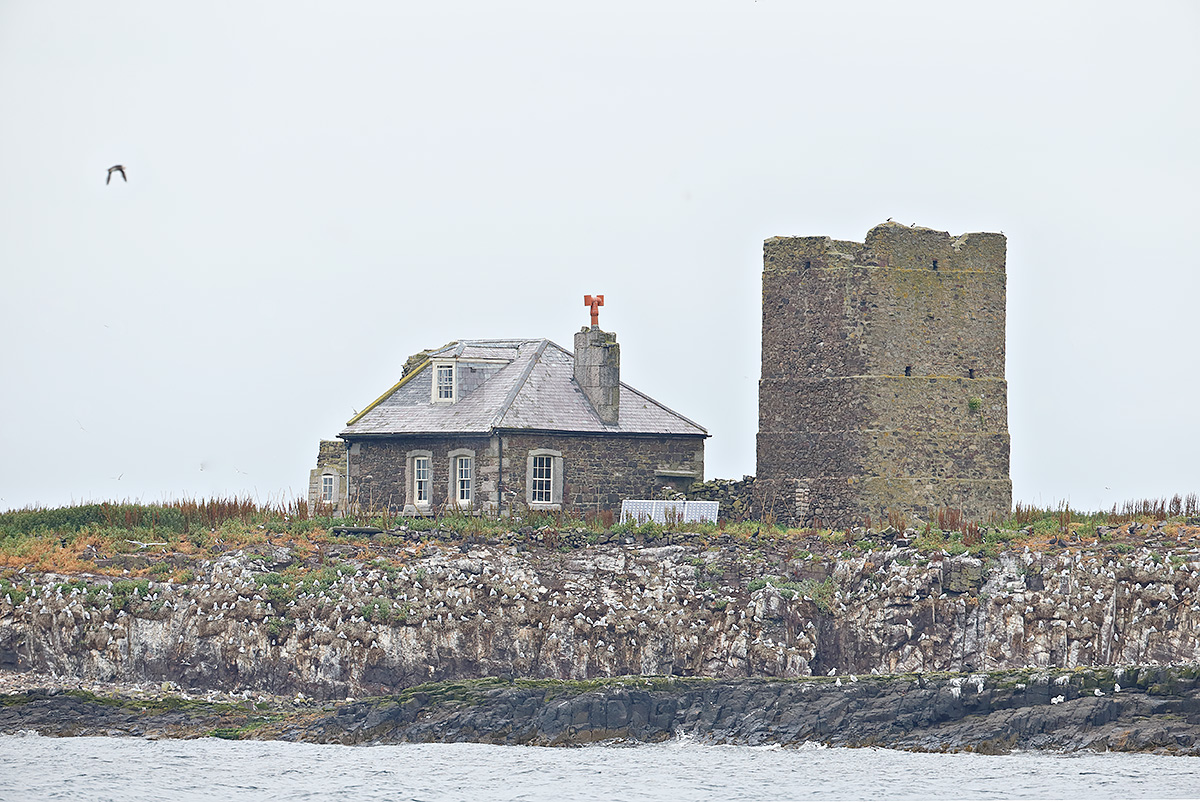
|
|
This image was created from the puffin boat on last July’s UK Puffins and Gannets IPT. I used the hand held the Canon EF 200-400mm f/4L IS USM Lens with Internal 1.4x Extender (at 300mm) and the Canon EOS-1D X. ISO 800. Evaluative metering +3 1/3 stops off the white sky: 1/800 sec. at f/5.6 in Manual mode. AWB.
Three sensors to the right of the central Sensor/AI Servo-Surround/Rear Focus AF on the left side of the structure on the right (as framed) was active at the moment of exposure. Practicing so that you are able to change AF sensors on the fly is an important skill to work on. Learn everything there is to know about the 1D X and 5D III AF systems including how to manage the various AF Area Selection Modes, when to use which one, and several ways to move the AF sensor around in my 1D X AF Guide and the 5D Mark III User’s Guide. Click here to see the latest version of the Rear Focus Tutorial. Click on the image to see a larger version. .
Stone Structures
|
Hand Holding Peacefulness
On the puffin days we do the morning session on one island and then take the boat to another island that is a bit closer to the mainland. While sailing we sometimes get in close to the cliffs to photograph a variety of birds on their nests. At other times we are afforded scenic views of stone structures like those in today’s image (and the occasional distant castle.
The stone house in the image above caught my eye as we approached it. The scene looked so utterly peaceful that I knew the moment that I saw it that I wanted to photograph it. I was not quite ready in time and was blocked by the wheelhouse. But in a rare for me fit of patience a different view materialized as we continued on. I had already determined the exposure by reading 3 1/3 stops off the sky and setting it manually. As I zoomed to properly frame the image I moved the active sensor well to the right so that it would fall on the right hand structure. BTW, if you know what the structure on the right is please do let us know.
Exposure Questions
Why so much plus Exposure Compensation (+EC) to the reading off the sky?
Would I have metered in the same manner on a sunny blue sky day? Why or why not?
200-400 Hand Holding Tips & Techniques
Click here for more on hand holding the 200-400.
|
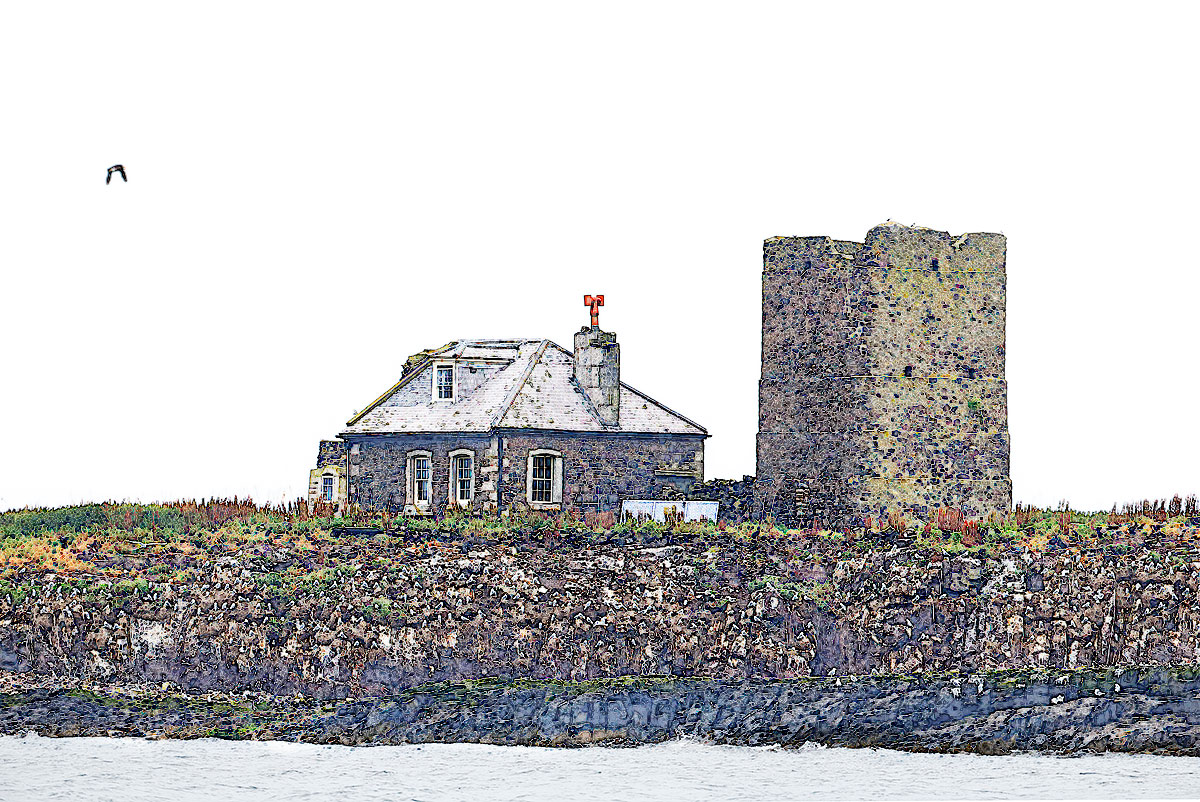
|
|
This image was created from the original above using Denise Ippolito’s Photoshop “Sketch” action.
|
Denise Ippolito’s Photoshop “Sketch” Action
Denise was always great at creating a sketched look in Fractlius, a stand alone Photoshop (PC only) plug-in. But she recently created two complex actions in Photoshop that yielded a similar effect. She named them “Sketch” and “Sketch II” and kindly shared them both with me. Thanks a stack Lady D.
Your Favorite?
Please take a moment to leave a comment and let us know which version you like best, the original version or the sketched version. And do let us know why.
|
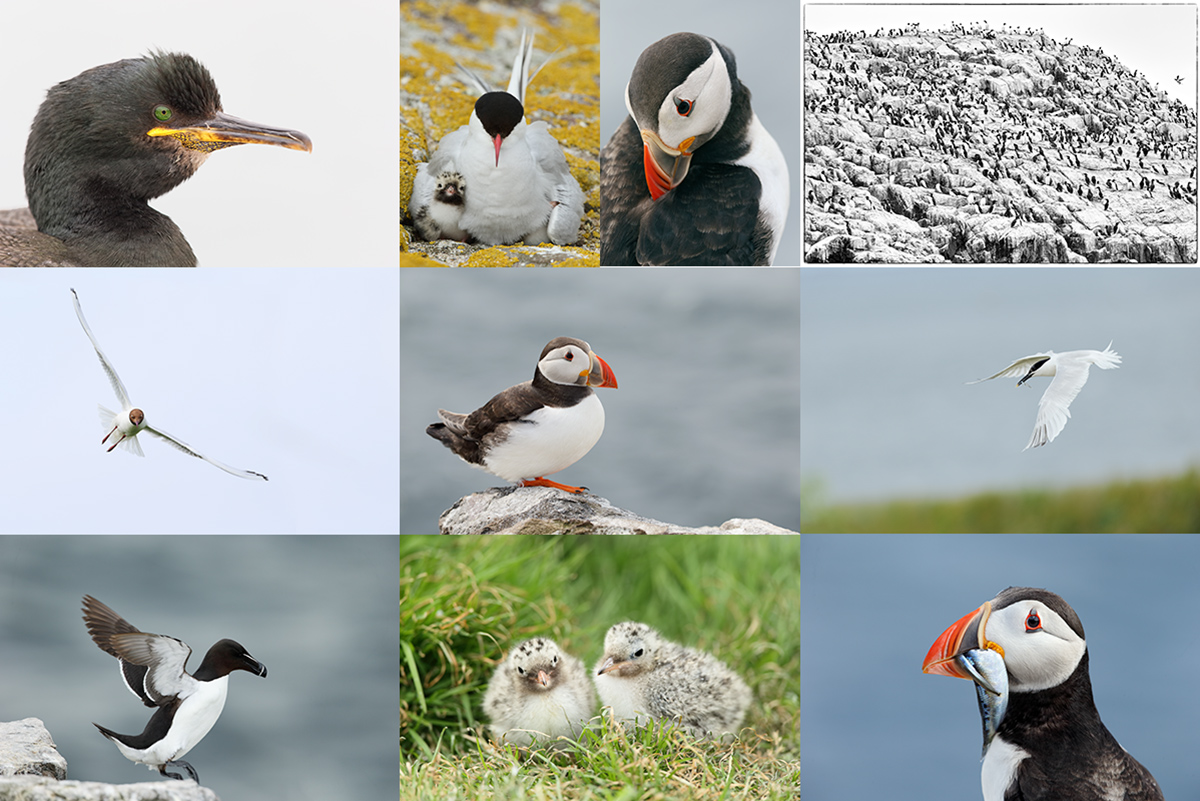
|
|
Images and card design copyright 2014: Arthur Morris/BIRDS AS ART. Click on the card to enjoy a spectacular larger version.
|
The 2015 UK Puffins and Gannets IPT
June 29 through July 5, 2015: $5499: Limit 10 photographers/Openings 3. Two great leaders: Denise Ippolito and Arthur Morris.
Here are the plans for next year: take a red eye from the east coast of the US on 28 June arriving in Edinburgh, Scotland on the morning of Monday 29 June (or simply meet us then either at the Edinburgh Airport (EDI) or later in the day at our cottages if you are driving your own vehicle either from the UK or from somewhere in Europe. Stay 7 nights in two gorgeous modern country cottages.
There are 5 days of planned puffin/seabird trips—weather permitting, and 1 full day of gannet photography with 2 sessions on the boat.
|
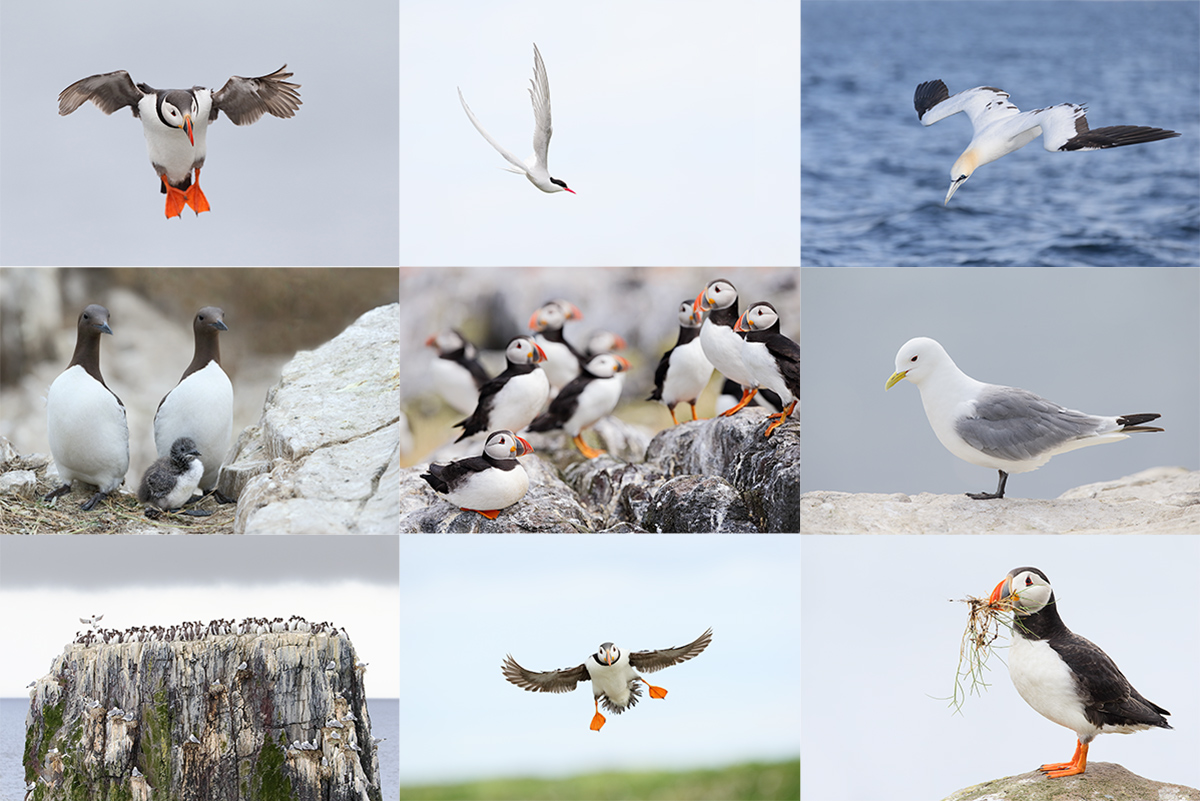
|
|
Images and card design copyright 2014: Arthur Morris/BIRDS AS ART. Click on the card to enjoy a spectacular larger version.
|
The Details
All breakfasts, lunches and dinners are included. All 5 puffins boat lunches will need to be prepared in advance, taken with, and consumed at your leisure. I usually eat mine on the short boat trip from one island to the other. Also included is a restaurant lunch on the gannet boat day and a farewell fine dining thank you dinner. The cost of your National Heritage Trust is also included; that covers the twice a day landing fees.
Plan to fly home on the early morning of Monday 6 July or to continue your stay or travels.
We are planning this as double-occupancy only but we should be able to arrange for singles by renting a 3rd cottage. We would need to know well in advance, i.e., soon, and it would be pricey and would need to be paid with your non-refundable deposit of $2,000. The shared rooms are decent-sized, each with two roomy single beds and a private bathroom. There are two king rooms available for couples. The upscale country-side cottages are beyond lovely with large living areas and lots of open space for image sharing and Photoshop lessons.
|
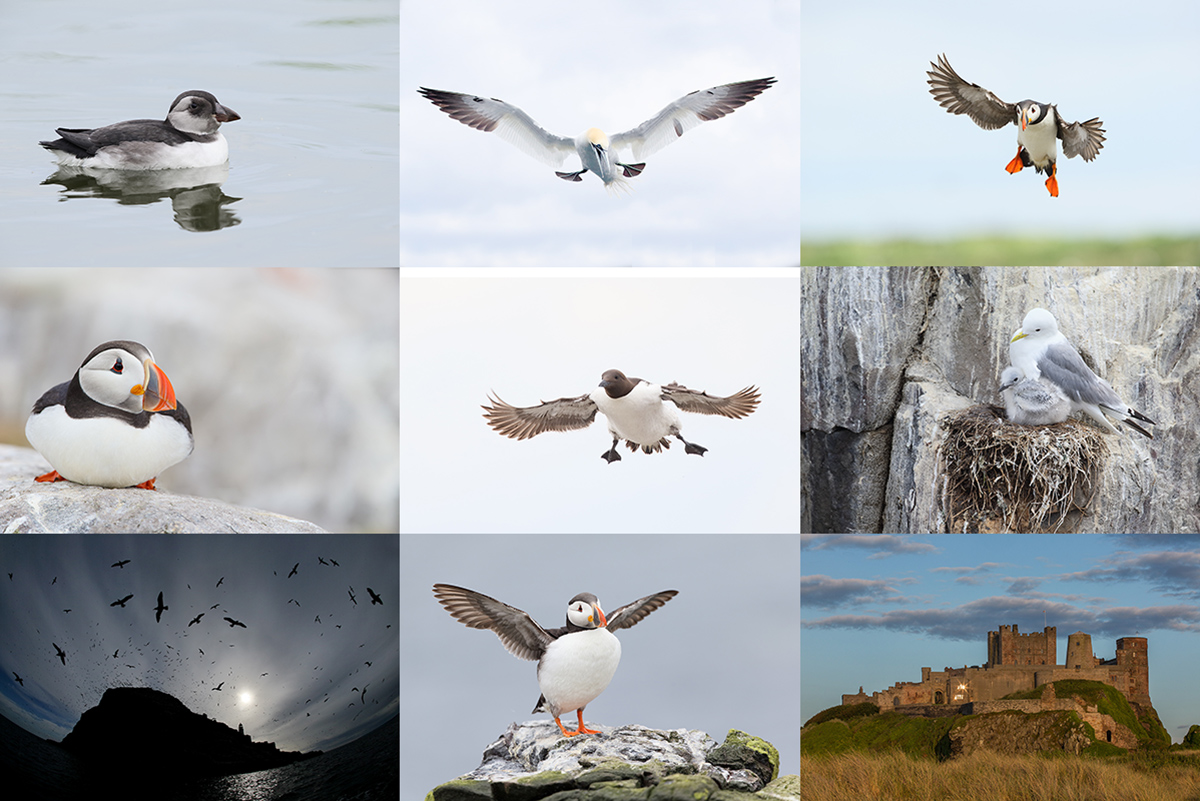
|
|
Images and card design copyright 2014: Arthur Morris/BIRDS AS ART. Click on the card to enjoy a spectacular larger version. Scroll down to join us in the UK in 2015.
|
Single Supplement Info
The single supplement is $1475. As we will be renting a third cottage the $1475 is due with your deposit and is also non-refundable.
If you are good to go please send your $2,000 deposit check now to save a spot. We do expect this workshop to sell out very quickly as we have already sold 2 slots even though the trip has not yet been formally announced till right now. Not to mention that everyone loves puffins. Please make your check out to “Arthur Morris” and send it to Arthur Morris/BIRDS AS ART, PO Box 7245, Indian Lake Estates, FL, 33855.
We do hope that you can join us.
Facebook
Be sure to like and follow BAA on Facebook by clicking on the logo link upper right. Tanks a stack!
Support the BAA Blog. Support the BAA Bulletins: Shop B&H here!
We want and need to keep providing you with the latest free information, photography and Photoshop lessons, and all manner of related information. Show your appreciation by making your purchases immediately after clicking on any of our B&H or Amazon Affiliate links in this blog post. Remember, B&H ain’t just photography!
…..
Amazon.com
Those who prefer to support BAA by shopping with Amazon may use this link:
Amazon Canada
Many kind folks from north of the border, ay, have e-mailed stating that they would love to help us out by using one of our affiliate links but that living in Canada and doing so presents numerous problems. Now, they can help us out by using our Amazon Canada affiliate link by starting their searches by clicking here. Many thanks to those who have written.
Typos
In all blog posts and Bulletins, feel free to e-mail or to leave a comment regarding any typos, wrong words, misspellings, omissions, or grammatical errors. Just be right. 🙂
October 5th, 2014 The Streak Continues: 309
I have now received all of four DPP 4.0 RAW Conversion Guide manuscripts from the reviewers via e-mail and will began incorporating the suggestions yesterday. I will ship the revised ms off to Arash so that he can create the PDF as soon as my work is done. I enjoyed an easy 1/2 mile swim yesterday and four great MLB playoff games. This blog post, the 309th in a row, took me exactly 1 hour, 54 minutes and 11.9 seconds to prepare, all of the work done on Sunday morning. It was published just before 7:00am from my home in Indian Lake Estates, FL.
To show your appreciation for my efforts here, we do ask that you use our the B&H and Amazon affiliate links on the right side of the blog for all of your purchases. Please check the availability of all photographic accessories in the BIRDS AS ART Online Store, especially Gitzo tripods, Wimberley tripod heads, and the like. We sell only what I have used, have tested, and can depend on. We will not sell you junk. We know what you need to make creating great images easy and fun. And we are always glad to answer your gear questions via e-mail.
Scroll down in this blog post to learn about the $200 Last Minute Registration Discount offer for the Fort DeSoto IPT. Join us and you just might get a chance to try out a 7D II for a few minutes…..
Wow!
Right after publishing this blog post I stepped out onto the pool deck to barbecue my breakfast of chicken and Brussels sprouts and was shocked by how cold it was: 59 chilly degrees. I had heard that a front was coming through last night. The pool had already been down below 78 degrees. Yikes for today’s swim!
|
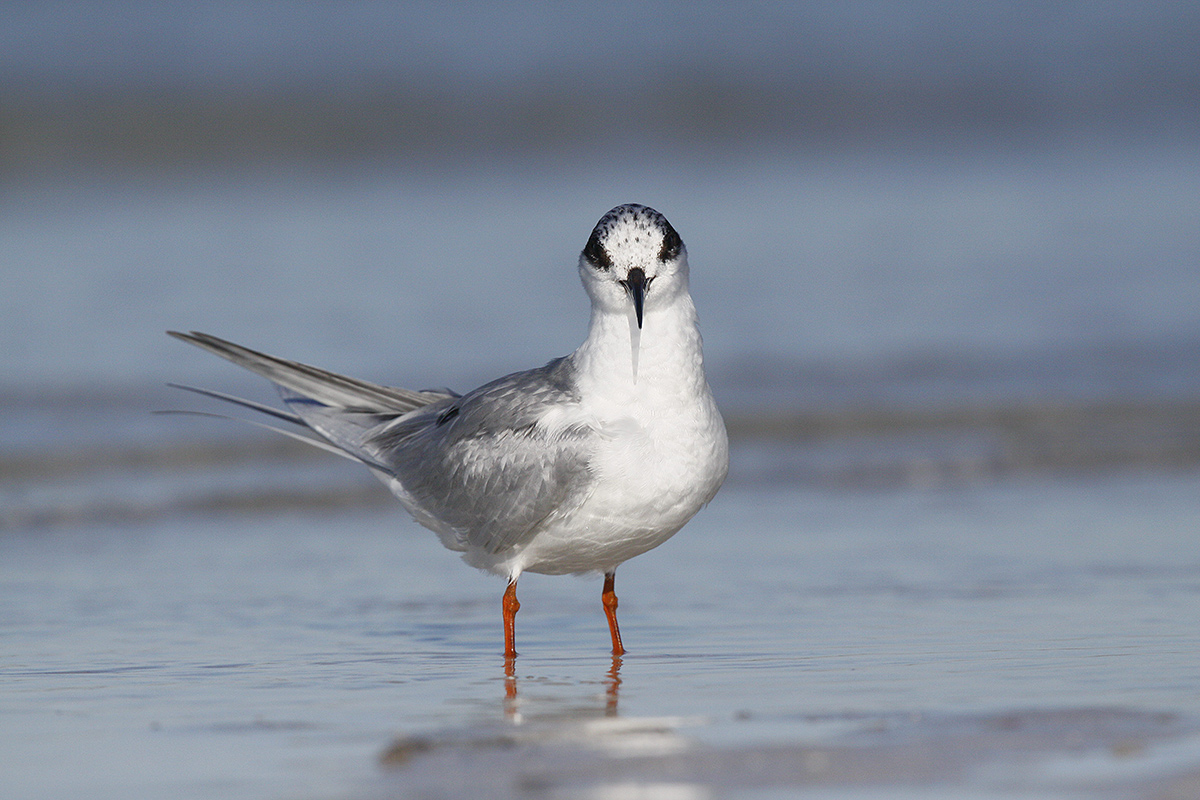
|
|
This image was created at Fort DeSoto Park in 2009 with the hand held Canon EF 400mm f/4 DO IS USM lens and the (long ago) EOS-50D soon to be replaced by the Canon EOS 7D Mark II. ISO 500. Evaluative metering -1/3 stop: 1/6400 sec. at f/6.3 in Av mode. (Note: this is the equivalent of 1/3 stop darker than my standard, oft-recommended sunny/ISO 400 exposure for SUPER bright WHITEs: 1/2500 sec. at f/8)
9-Point AI Servo shutter button AF. Talk about the old days!
Image #1: 9:13.50am
|
Your Mission
Your mission here, should you decide to accept it, is to let us know which of today’s six images you would keep, which you would delete, and why. As always, should you or any of your BAA Force be caught or killed, Arthur Morris will disavow any knowledge of your actions. This blog post will will self-destruct in ten seconds. Good luck.
|
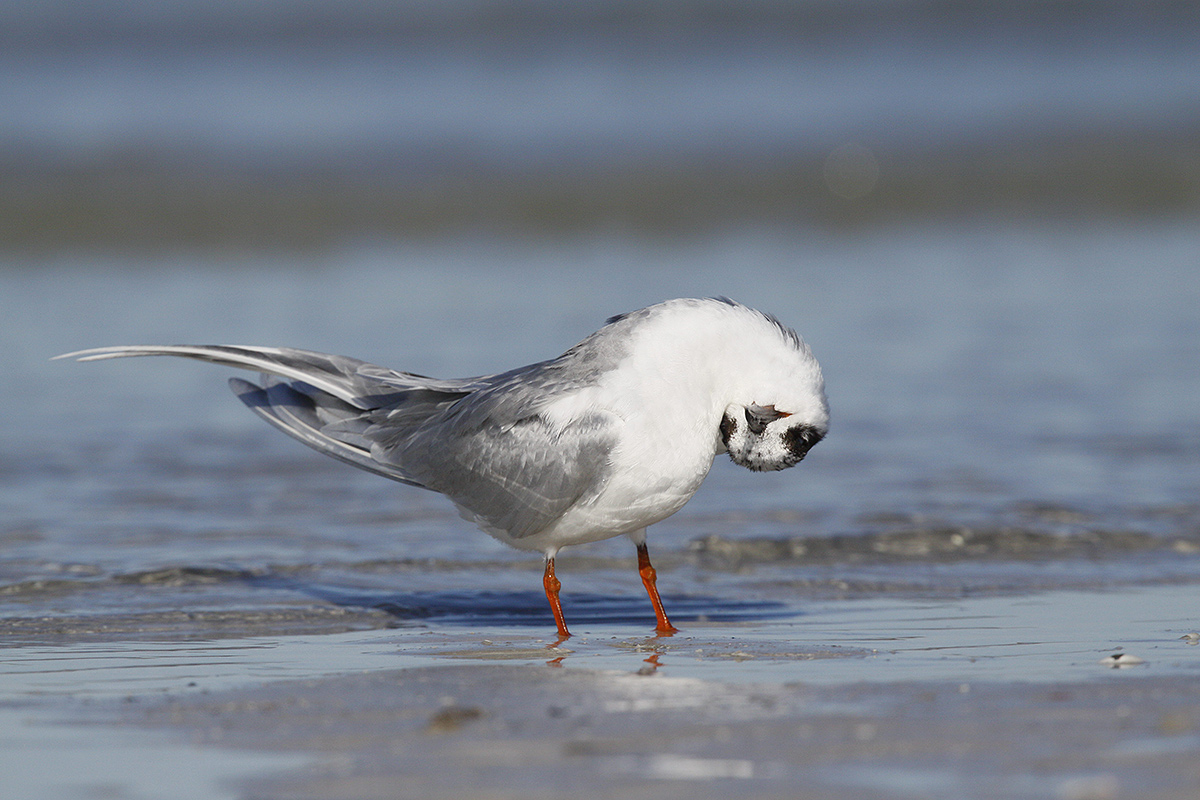
|
|
This image was created at Fort DeSoto Park in 2009 with the hand held Canon EF 400mm f/4 DO IS USM lens and the (long ago) EOS-50D soon to be replaced by the Canon EOS 7D Mark II. ISO 400. Evaluative metering -1/3 stop: 1/3200 sec. at f/8 in Av mode. (Note: this is the equivalent of 1/3 stop darker than my standard, oft-recommended sunny/ISO 400 exposure for SUPER bright WHITEs: 1/2500 sec. at f/8)
9-Point AI Servo shutter button AF. Talk about the old days!
Image #2: 9:14.07am
|
Sitting Down on the Job
For images #1-#4 I was using my knee-pod: I was seated resting my left forearm on my left knee to stabilize the lens. Learn more about knee-podding here. And learn why you need to be in active AI Servo AF when hand holding in the “Best Ever Hand Holding Tip” blog post here.
|
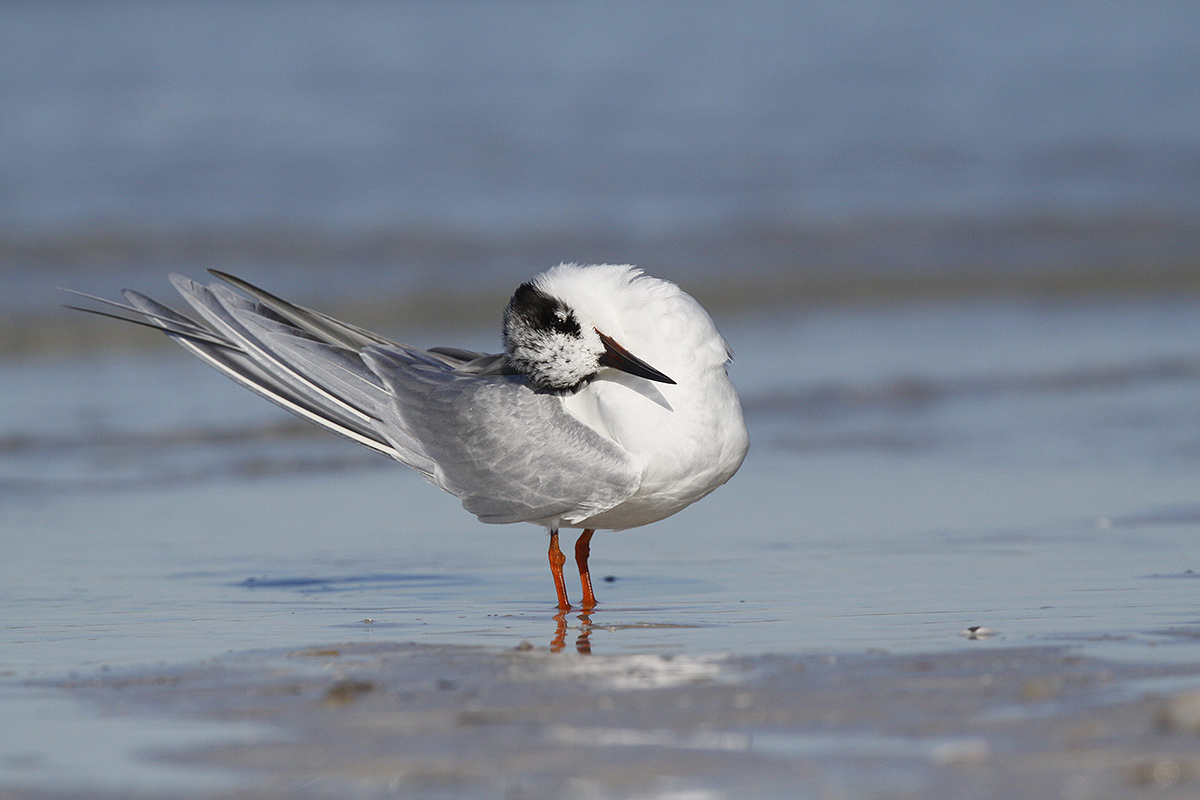
|
|
This image was created at Fort DeSoto Park in 2009 with the hand held Canon EF 400mm f/4 DO IS USM lens and the (long ago) EOS-50D soon to be replaced by the Canon EOS 7D Mark II. ISO 400. Evaluative metering -1/3 stop: 1/3200 sec. at f/8 in Av mode. (Note: this is the equivalent of 1/3 stop darker than my standard, oft-recommended sunny/ISO 400 exposure for SUPER bright WHITEs: 1/2500 sec. at f/8)
9-Point AI Servo shutter button AF. Talk about the old days!
Image #3: 9:14.20am
|
Photographing Preening Birds
When photographing preening birds it is almost always best to strive to press the shutter button when the eye is clearly visible and when the bird’s head is pretty much parallel to the imaging sensor, i.e., to the back of the camera.
|
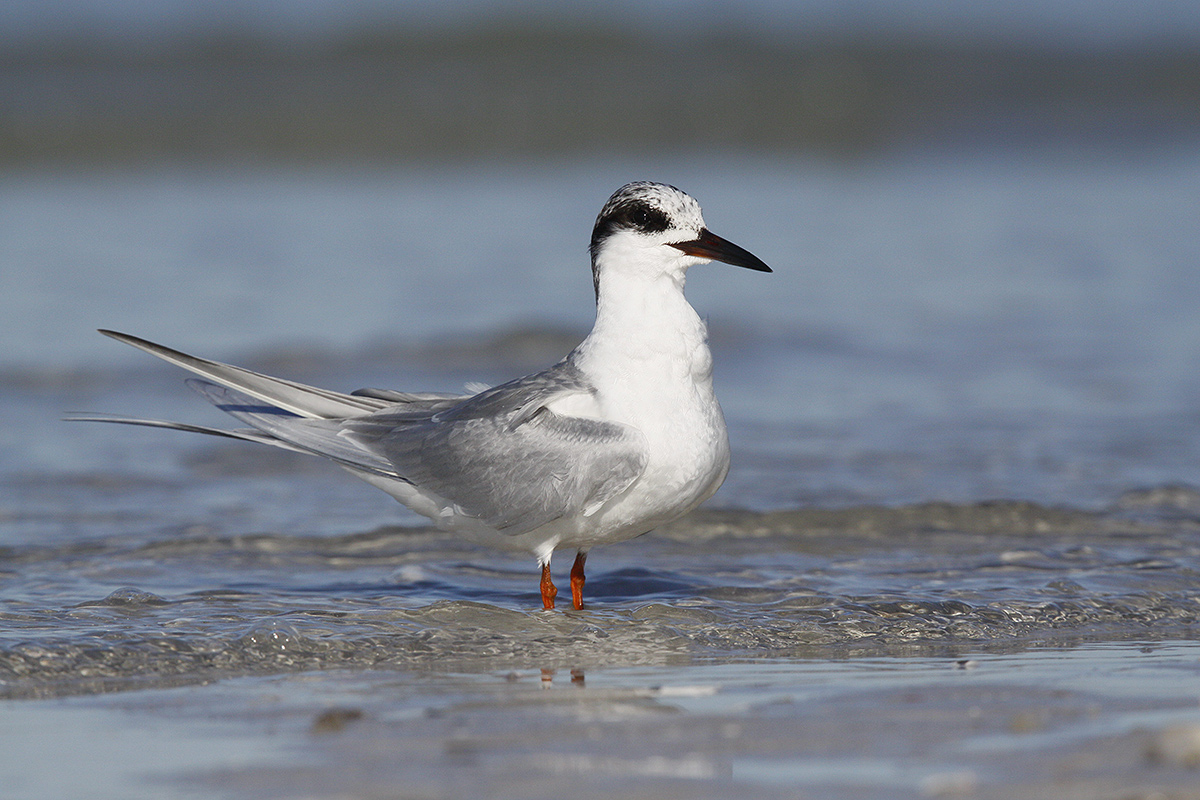
|
|
This image was created at Fort DeSoto Park in 2009 with the hand held Canon EF 400mm f/4 DO IS USM lens and the (long ago) EOS-50D soon to be replaced by the Canon EOS 7D Mark II. ISO 400. Evaluative metering -1/3 stop: 1/3200 sec. at f/8 in Av mode. (Note: this is the equivalent of 1/3 stop darker than my standard, oft-recommended sunny/ISO 400 exposure for SUPER bright WHITEs: 1/2500 sec. at f/8)
9-Point AI Servo shutter button AF. Talk about the old days!
Image #4: 9:14.33am
|
Coming Soon…
The thought of hand holding either a 400 f4 IS DO or a 300mm f/2.8L IS lens with the new 7D II and its 1.6 crop factor is intriguing. Some folks believe that the crop factor is an illusion, others like me believe that it is a plus for many folks. In that group you can include all the folks who have made good images with the EOS-40D, the EOS-50D, and more recently, the EOS-7D.
Here, unedited, is a comment left by Jim Magowan at one of the many 7D II-related blog posts here. Jim is obviously on the other side of the fence. My response, in green, is included.
Art,
You mention being able to use lighter lenses with the 7D II due to the crop factor. I have read much the same idea about the crop factor from other well known photographers. My first Canon (a 20D) had an 8 mp sensor. I believe the full frame model below the 1Ds was the 1D; whatever it was, when I calculated the pixel density (pixels per sq mm) for the two cameras it was identical. If images were shot with the same focal length lens from the same location (or distance) the 1D image, if cropped to show the same part of the image as the 20D image had the same number of pixels (resolution) as the 20D image. If all other things (pixel size or quality, etc.,) are equal this means that you could shoot the full frame image and if you want to get the 1.6 ‘magnification’ of the aps-c sensor just crop the image in Photoshop.
Of course, the sensors in the full frame cameras are supposed to be better so actually you got a better image using the full frame camera and cropping in PS. In short, if the pixels in the full frame camera are of equal or better quality to the aps-c pixels, image-wise, shooting full frame is like shooting with both cameras.
The ‘magnification’ of the aps-c sensor has nothing to do with the sensor, it is a function of the way the images are displayed and printed. The aps-c image is ‘blown up to fill the same area on the screen as the full frame image.
The advantages of the 1.6 crop factor do not include being able to work with shorter lenses unless you simply prefer to crop with the camera rather than PS. There is an advantage in being able to use lenses specifically designed for the 1.6 bodies in that they can be made smaller and lighter for the same focal length and speed because they do not have to project as large an image onto the sensor (not as much glass, etc.). When a full frame lens is used on a 1.6 body much of the image does not hit the sensor.
The question I would ask is how a 1.6 crop of an image from the 1Dx compares with the image from the 7D II? I would love to see the result if you were to shoot from the same location with the same lens on the 1Dx and the 7DII and print the 7DII image and the 1Dx crop at successively greater enlargements to compare image quality.
The advantages of the 1.6 bodies are:
1. They are (more) affordable for people like me than the full frame bodies.
2. You can leave the dual battery holder off to save weight and bulk, if desired.
3. 1.6 specific lenses can be lighter and cheaper than the equivalent full frame lenses.
4. The bodies can be more compact and lighter because components such as mirrors and sensors are smaller.
5. They usually have a built in flash which is often better than no flash.
6. On the 7D (and I assume the II)you can turn off the on camera flash, but still trigger off camera Speedlights with it.
The image magnification, however, is a myth. If I shoot a bird with my 7D (or maybe someday with a 7DII) from the same place as you shoot the same bird with your 1Dx, using the same lens (focal length) and you crop your image to match my 1.6 image your cropped image can be blown up far more than my 1.6 image because your 1Dx has ‘better’ pixels (or so they tell me).
Hi James, Thanks for sharing your thoughts and the info above. I have long tried to stay out of discussions on this topic as I really do not understand the concept very well, I am not very good at pixel math, and I feel that the arguments are in large part semantic in nature….
Lastly, seeing the image larger in the frame and larger on the LCD viewing screen gives many folks added confidence….
That said I will try to remember to shoot some side by side images with all three cameras when I get my hands on a 7D II. I will likely need a sleeping bird.
best and respectfully, artie
|
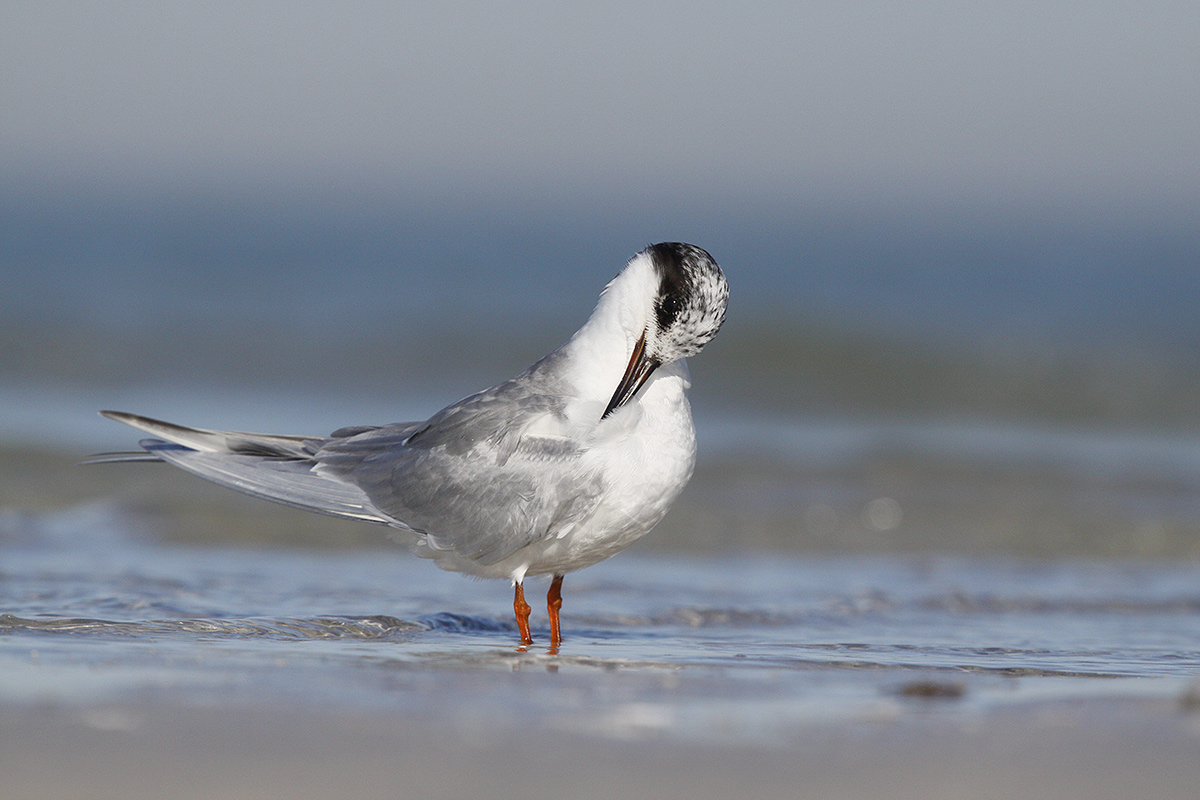
|
|
This image was created at Fort DeSoto Park in 2009 with the hand held Canon EF 400mm f/4 DO IS USM lens and the (long ago) EOS-50D soon to be replaced by the Canon EOS 7D Mark II. ISO 400. Evaluative metering -1/3 stop: 1/2500 sec. at f/8 in Av mode. (Note: this is the equivalent of my standard, oft-recommended sunny/ISO 400 exposure for SUPER bright WHITEs: 1/2500 sec. at f/8)
9-Point AI Servo shutter button AF. Talk about the old days!
Image #5: 9:14.52am
|
Today’s Featured Lens
Used Canon EF 400mm f/4 IS DO UMS Lens
Multiple IPT veteran Shelly Goldstein is giving away a Canon EF 400mm f/4 IS DO UMS lens in very good + condition for a ridiculously low $4100. The lens has been protected by a LensCoat since day one thus there are only a few small blemishes on the tripod collar. There are several extras. The sale includes a Really Right Stuff quick release lens plate (MAPR-1b), a LensCoat, the original lens trunk, the original leather front lens cover, the rear dust cap, and insured shipping via Fed Ex Ground to US addresses only. The lens was cleaned and checked by Canon in September 2014.
You can contact Shelly via e-mail or by phone at 646-423-0392 (EST). Your lens will be shipped only after your check clears.
I owned and used and loved my 400 DO for about five years. If you missed my comments on this lightweight–hand holdable for most–telephoto lens (and 14 great images) please see this blog post: The Canon 400mm f/4 IS DO Lens: Fourteen Images that Prove that the Internet Experts are (As Usual) Idiots.
|
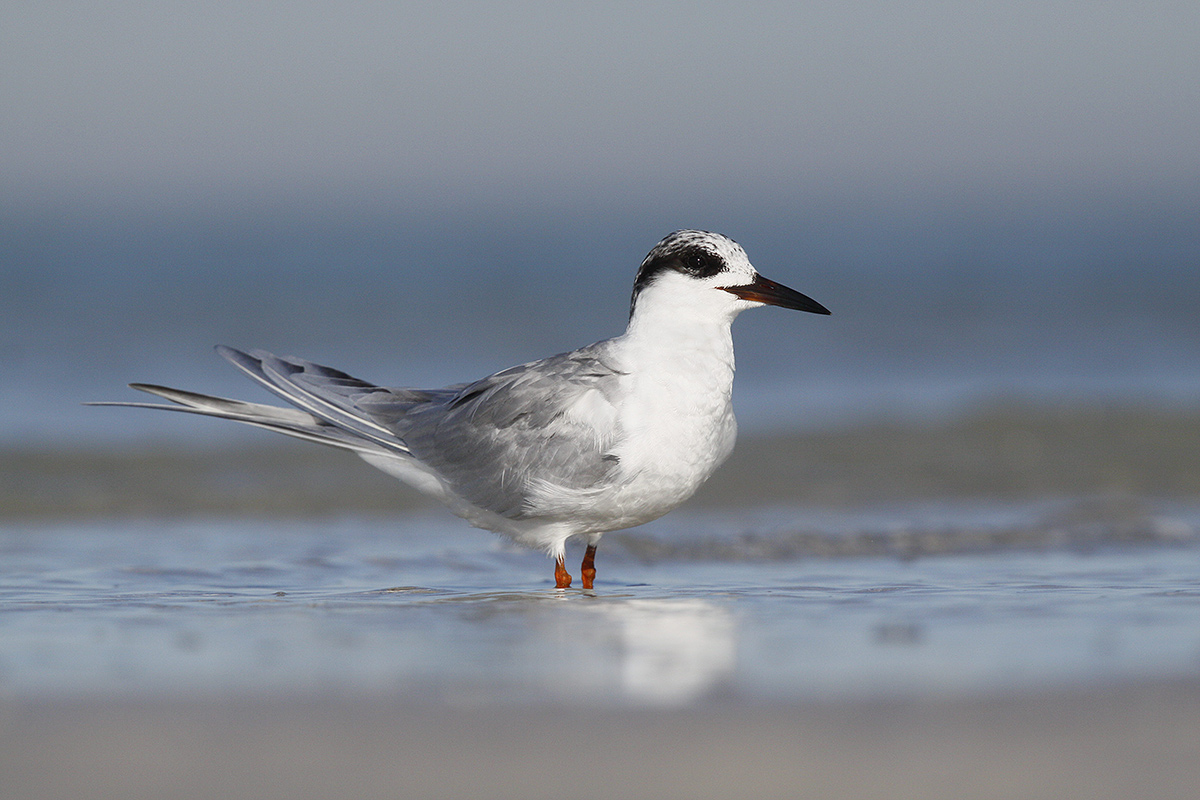
|
|
This image was created at Fort DeSoto Park in 2009 with the hand held Canon EF 400mm f/4 DO IS USM lens and the (long ago) EOS-50D soon to be replaced by the Canon EOS 7D Mark II. ISO 400. Evaluative metering -1/3 stop: 1/2500 sec. at f/8 in Av mode. (Note: this is the equivalent my standard, oft-recommended sunny/ISO 400 exposure for SUPER bright WHITEs: 1/2500 sec. at f/8)
9-Point AI Servo shutter button AF. Talk about the old days!
Image #6: 9:16:23am
|
Lying Down on the Job
For images #5 & 6, I was lying down on the wet sand. Note the lower perspective in both images. And note the tilted horizon in Image #5; it is harder to create level images when hand holding and lying down than when hand holding and sitting down or standing. When on a tripod it only takes a second to check the electronic level on the rear LCD.
The new 7D II will be the first Canon dSLR to offer an optional electronic level in the viewfinder. This will be a boon to hand holders.
Most interesting is to compare the two portraits, image #4 and image #6. Feel free to comment if you wish….
ID Quiz
What species? If you own a field guide, take a peek. It does not get any easier than this.

 Use the BAA Affiliate logo link above to pre-order your 7D II, shoot me your receipt via e-mail, and I will do my very best to have your order expedited once the camera begins shipping.
Use the BAA Affiliate logo link above to pre-order your 7D II, shoot me your receipt via e-mail, and I will do my very best to have your order expedited once the camera begins shipping.
|

|
|
Fort DeSoto in fall is rich with tame birds. All of the images in this card were created at Fort DeSoto in either late September or early October. I hope that you can join me there this October. Click on the composite to enjoy a larger version.
|
First-ever BIRDS AS ART In-the-Field/Meetup Workshop Session (ITF/MWS): $50
Join me on the afternoon of October 10, 2014 for 3-hours of photographic instruction at Fort DeSoto Park. Beginners are welcome. Lenses of 300mm or longer are recommended but even those with 70-200s should get to make some nice images. Teleconverters are always a plus.
You will learn the basics of digital exposure and image design, autofocus basics, and how to get close to free and wild birds. We should get to photograph a variety of wading birds, shorebirds, terns, and gulls. This inexpensive afternoon workshop is designed to give folks a taste of the level and the quality of instruction that is provided on BIRDS AS ART Instructional Photo-tours. I hope to meet you there.
To register please call Jim or Jennifer during weekday business hours with a credit card in hand to pay the nominal registration fee. Your registration fee is non-refundable. You will receive a short e-mail with instructions, gear advice, and meeting place at least two weeks before the event.
|

|
|
Obviously folks attending the IPT will be out in the field early and stay late to take advantage of sunrise and sunset colors. The good news is that the days are relatively short in October. Click on the composite to enjoy a larger version.
|
Fort DeSoto Fall IPT/October 11-13, 2014. 3 FULL DAYs: $1099. Limit 8/Openings: 5.
$200 Last Minute Registration Discount!
Fort DeSoto, located just south of St. Petersburg, FL, is a mecca for migrant shorebirds in fall. There they join hundreds of egrets, herons, night-herons, gulls, and terns who winter on the T-shaped peninsula that serves as their wintering grounds. With any luck, we should get to photograph two of Florida’s most desirable shorebird species: Marbled Godwit and the spectacular Long-billed Curlew. Black-bellied Plover and Willet are easy, American Oystercatcher likely. Great Egret, Snowy Egret, Great Blue Heron, and Tricolored Heron are easy as well and we will almost surely come up with a tame Yellow-crowned Night-Heron or two. We should get to do some Brown Pelican flight photography. And Royal, Sandwich, Forster’s, and Caspian Terns will likely provide us with some good flight opportunities as well. Though not guaranteed Roseate Spoonbill and Wood Stork would not be unexpected.
Folks who sign up for the IPT are welcome to join us on the ITF/MWS on Friday afternoon as my guest. See above for details on that.
On the IPT you will learn basics and fine points of digital exposure and to get the right exposure every time after making a single test exposure, how to approach free and wild birds without disturbing them, to understand and predict bird behavior, to identify many species of shorebirds, to spot the good situations, to choose the best perspective, to see and understand the light, to, and to design pleasing images by mastering your camera’s AF system. And you will learn learn how and why to work in Manual mode (even if you’re scared of it).
At lunch (included) we will review my images–folks learn a ton watching me edit–why keep this one and delete that one. If you opt to bring your laptop, we will take a look at five of your best images from the morning session. We will process a few of my images in Photoshop after converting them in DPP. That followed by Instructor Nap Time.
If you decide to register and are traveling to attend this IPT, please make your reservations at the Beachcomber Beach Resort, 6200 Gulf Blvd, St. Petersburg (St. Pete Beach), FL 33706 (727-367-1902) as soon as possible as rooms for the weekend days are scarce: ARR: 10 OCT/DEP 14 OCT. I stayed there on my last DeSoto visit and was quite happy with it. Lodging is tough in Florida at this season…. The best airport is Tampa (TPA). It is always best if IPT folks stay in the same hotel so if you are interested it would be a good idea to register now and make your hotel reservations as well. We can, however, coordinate easily with local folks who opt to stay at home either by cell phone or e-mail.
Because of the relatively late date, payment is full is due upon registration either by check or credit card. If the former, please e-mail us immediately so that we can save you a spot. If the latter, please call Jim or Jennifer during weekday business hours at 863-692-0906 with a credit card in hand to register . Your registration fee is non-refundable unless the IPT sells out with eight so please check your plans carefully before committing. You will receive a confirmation e-mail with detailed instructions, gear advice, and first morning meeting place about one month before this IPT.
|

|
|
BAA Site Guides are the next best thing to being on an IPT.
|
Fort DeSoto Site Guide
Can’t make the IPT? Get yourself a copy of the Fort DeSoto Site Guide. Learn the best spots, where to be when in what season in what weather. Learn the best wind directions for the various locations. BAA Site Guides are the next best thing to being on an IPT. You can see all of them here.
Facebook
Be sure to like and follow BAA on Facebook by clicking on the logo link upper right. Tanks a stack!
Support the BAA Blog. Support the BAA Bulletins: Shop B&H here!
We want and need to keep providing you with the latest free information, photography and Photoshop lessons, and all manner of related information. Show your appreciation by making your purchases immediately after clicking on any of our B&H or Amazon Affiliate links in this blog post. Remember, B&H ain’t just photography!
…..
Amazon.com
Those who prefer to support BAA by shopping with Amazon may use this link:
Amazon Canada
Many kind folks from north of the border, ay, have e-mailed stating that they would love to help us out by using one of our affiliate links but that living in Canada and doing so presents numerous problems. Now, they can help us out by using our Amazon Canada affiliate link by starting their searches by clicking here. Many thanks to those who have written.
Typos
In all blog posts and Bulletins, feel free to e-mail or to leave a comment regarding any typos, wrong words, misspellings, omissions, or grammatical errors. Just be right. 🙂
October 4th, 2014 The Streak Continues: 308
I have now received all of four DPP 4.0 RAW Conversion Guide manuscripts from the reviewers via e-mail and will begin the fifth and final edit this morning. I will ship the revised ms off to Arash so that he can create the PDF as soon as my work is done. I enjoyed another easy 2/3 mile swim yesterday. It began in warm, bright sun, continued in pelting rain, and ended with more sun. As there was no thunder or lightning I swam through the whole thing. The rain began just as I finished a lap and as I turned, the rain hitting the small metal roof above the pool deck near the hose sounded like a jet plane taking off. To say that it took me by surprise is a big understatement. This blog post, the 308th in a row, took me about 3 hours to prepare. It was published just before 6:30am from my home in Indian Lake Estates, FL.
To show your appreciation for my efforts here, we do ask that you use our the B&H and Amazon affiliate links on the right side of the blog for all of your purchases. Please check the availability of all photographic accessories in the BIRDS AS ART Online Store, especially Gitzo tripods, Wimberley tripod heads, and the like. We sell only what I used, tested, and can depend on. We will not sell you junk. We know what you need to make creating great images easy and fun. And we are always glad to answer your gear questions via e-mail.
|
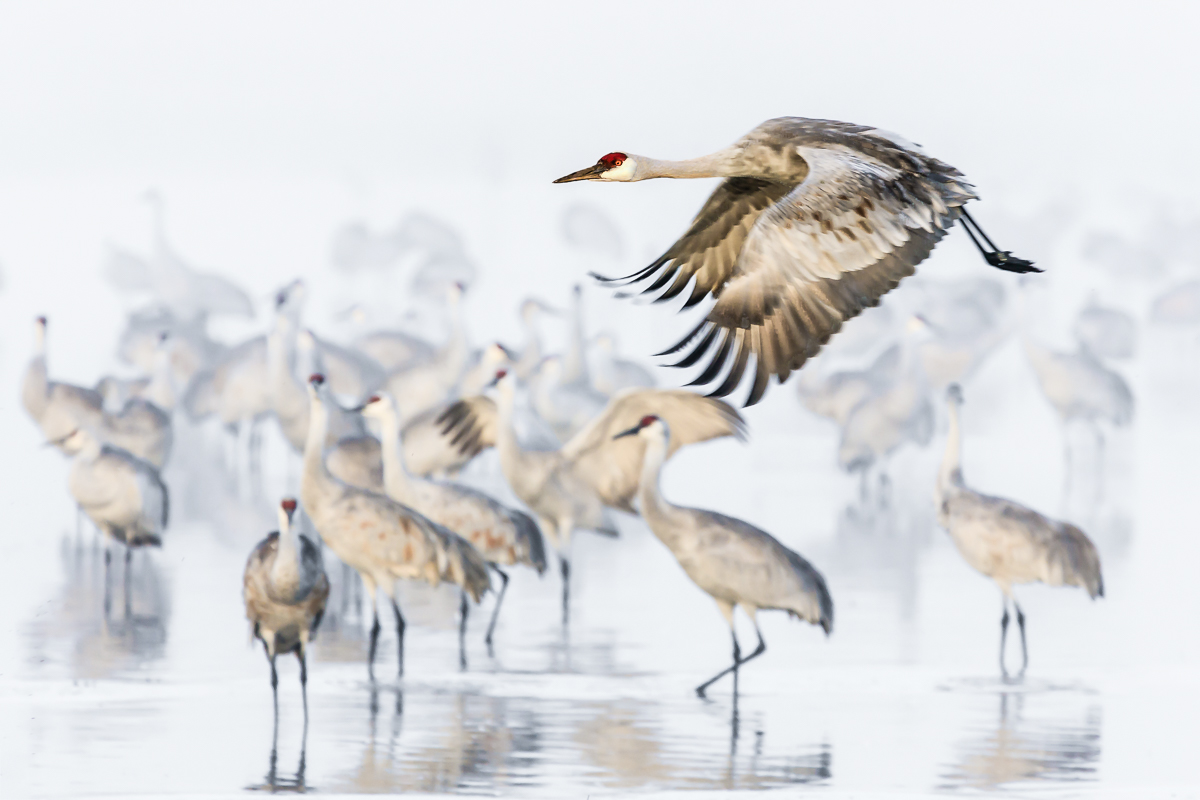
|
Image courtesy of and copyright: Jack Panzeca/27 Birds
Image #1: Sandhill Cranes, Bosque del Apache NWR, San Antonio, NM
This image, created on a rare foggy morning at Bosque, was awarded first place in the 2013 Festival of the Cranes Photography Contest last year and is the first page of this year’s Festival brochure. Mazel tov to Jack!
|
Jack Panzeca
Jack began taking pictures in the early 1950s with his first camera, a Brownie Hawkeye. In the ’70s and ’80s, his subjects shifted to concerts and race cars. He took a decade off from photography with the invention of the home computer. He made a return to photography after the advent of digital cameras. He continues to further his education by attending professional photography workshops, and seminars. His current photography interest is nature. Birds are his first love, but more recently he is concentrating on landscapes, flowers, and other types of macro photography. In real life he is an active businessman working around the world.
Jack attended many IPTs nearly a decade ago and I see him most years at Bosque. As you can see by the quality of his images here, he is quite a skilled photographer. I am quite proud of what he has accomplished in photography. You can see more of Jack’s images here. Though he mentioned that he has not updated his website “in five years” there are lots of great images in the various galleries. With his interest shifting more to scenic and macro photography, Jack is selling a ton of great gear; all is priced to sell instantly. Have at it! Note: Jack is not in financial distress–he is pretty much retired from a great career building movie theaters; he is just shifting photography gears :).
|
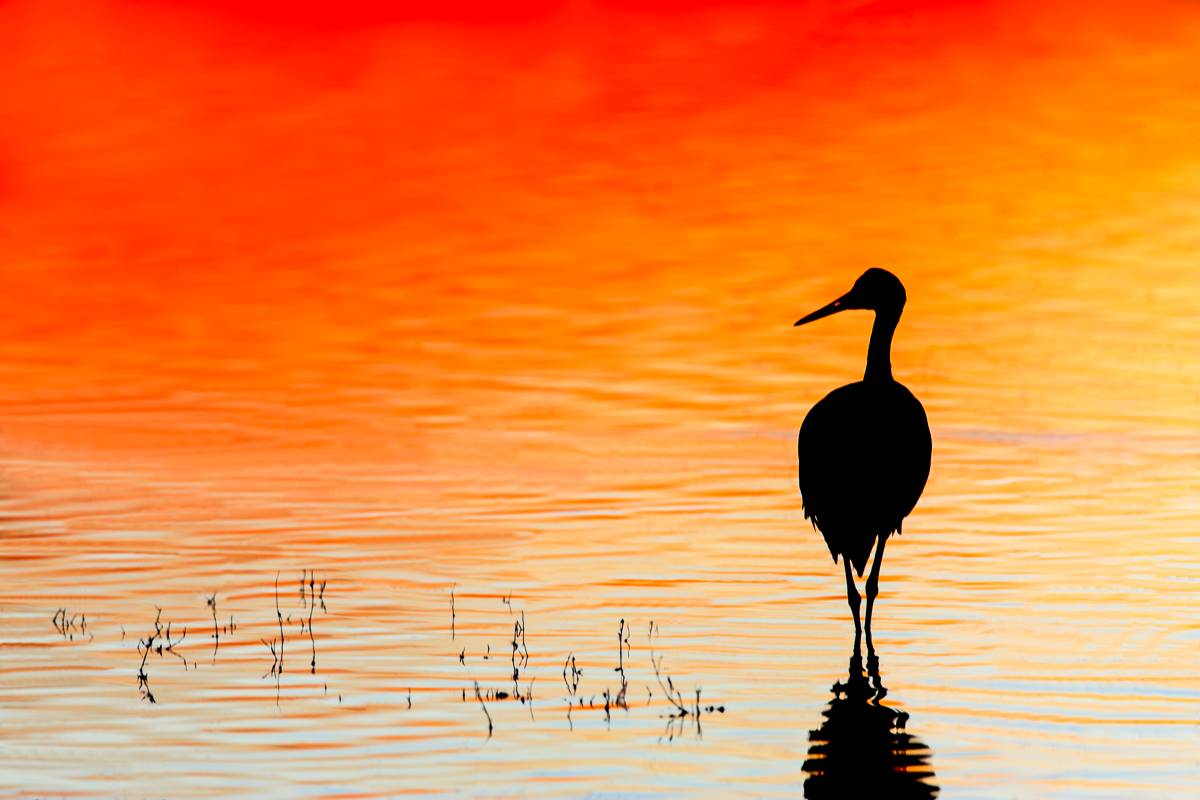
|
Image courtesy of and copyright: Jack Panzeca/27 Birds
Image #2: Sandhill Crane Sunset Silheoutte, Bosque del Apache NWR, San Antonio, NM
|
Used Canon EF 600mm f/4L IS II USM Lens
Sold!
Multiple IPT veteran Jack Panzeca is literally giving away a used Canon EF 600mm f/4L IS II USM lens in mint condition for only $10,199. (Used only once. This one should sell instantly. The sale includes the original box and everything that came in it, the rear lens cap, the protective front hood, a Really Right Stuff low foot (not installed), and insured shipping via UPS Ground to US addresses only. Your gear will be shipped only after your check clears.
Please contact Jack via e-mail or by phone at 817 819 1756. Central Time Zone.
The new 600 is just a shade heavier than the old 500, is incredibly sharp, and kills with both teleconverters yeilding focal lengths of 600mm, 840mm, and 1200mm with a full frame camera body. In short, it is the world’s premier super-telephoto lens. At 8.65 pounds it is hand holdable by many folks not including me. (Actually, I can hand hold if for flight for a very few minutes and can easily hand hold it while sitting on my butt. In comparison, the Nikon AF-S NIKKOR 600mm f/4G ED VR AF lens weighs in at a hefty 11.16 pounds…. I own a 600 II and use it regularly. Even after the recent price drop the lens sells new for $11,999.00 at B&H as here.
|
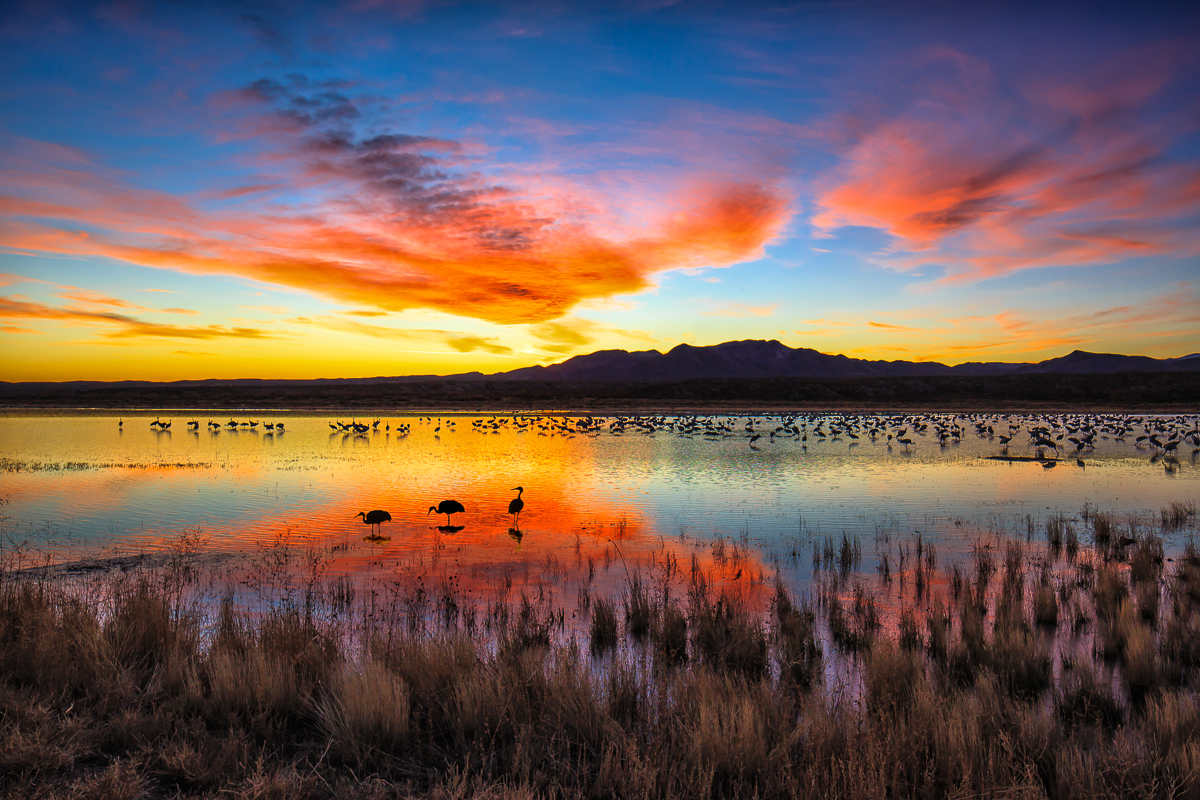
|
Image courtesy of and copyright: Jack Panzeca/27 Birds
Image #3: Crane Pool Sunset, Bosque del Apache NWR, San Antonio, NM
|
Used Canon EOS-5D Mark III Digital Camera Body
Sold!
Multiple IPT veteran Jack Panzeca is offering a used Canon EOS-5D Mark III Digital camera body in excellent+ condition for only $2,199.00. In short, a steal. There are no marks or blemishes on the body. The sale includes the original box and everything that came in it, most of that never unwrapped. Display protectors are installed.
Please contact Jack via e-mail or by phone at 817 819 1756. Central Time Zone.
Both Denise and I love our 5D Mark IIIs for flowers and scenics. And I have used it often for both bird portraits and for birds in flight and in action. It is a lighter 1D X with a bit slower frame rate and a very much lower price tag. It offers in-camera HDR and in-camera Multiple Exposures. The 5D III sells new at B&H for $3399.00. As here. Save $1200 and shoot Jack an e-mail immediately. Please remember: Central Time Zone.
|
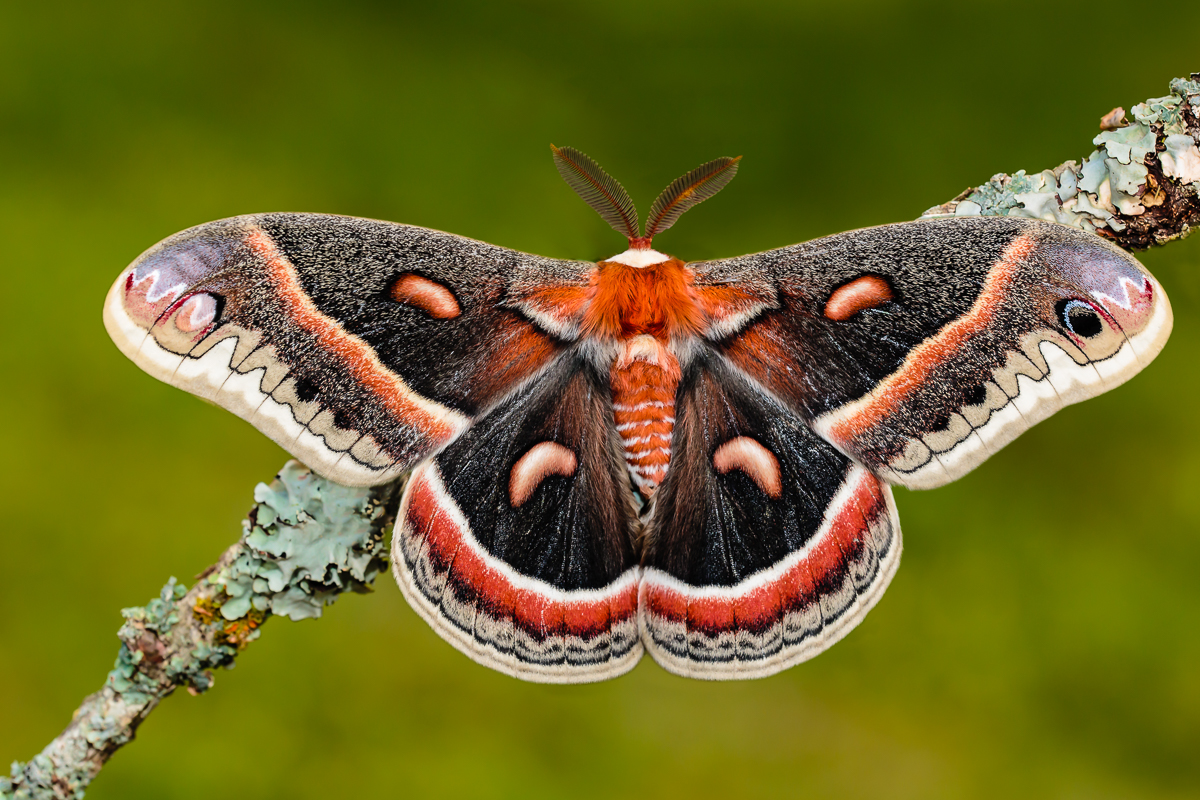
|
Image courtesy of and copyright: Jack Panzeca/27 Birds
Image #4: Cecropia Moth
|
Used Canon EF 100-400 f 4.5-5.6 L IS Lens
Multiple IPT veteran Jack Panzeca is offering a used Canon EF 100-400 f 4.5-5.6 L IS lens in very good + condition for $999 including insured shipping via UPS Ground to US addresses only. The tripod collar has one small scratch. The sale includes the original tough fabric case, the original box, the front and rear caps, the lens hood, and the strap. Your gear will be shipped only after your check clears.
Please contact Jack via e-mail or by phone at 817 819 1756. Central Time Zone.
The 100-400 is a versatile intermediate telephoto zoom lens with 1,000+ uses. It makes a great starter lens especially for folks who do general nature and wildlife in addition to birds. I’ve sold 100s of images made with a 1-4 and denise loved hers for many years forsaking it only recently for the Canon EF 70-200mm f/2.8L IS II USM lens. Jack’s 100-400 is priced to sell.
|
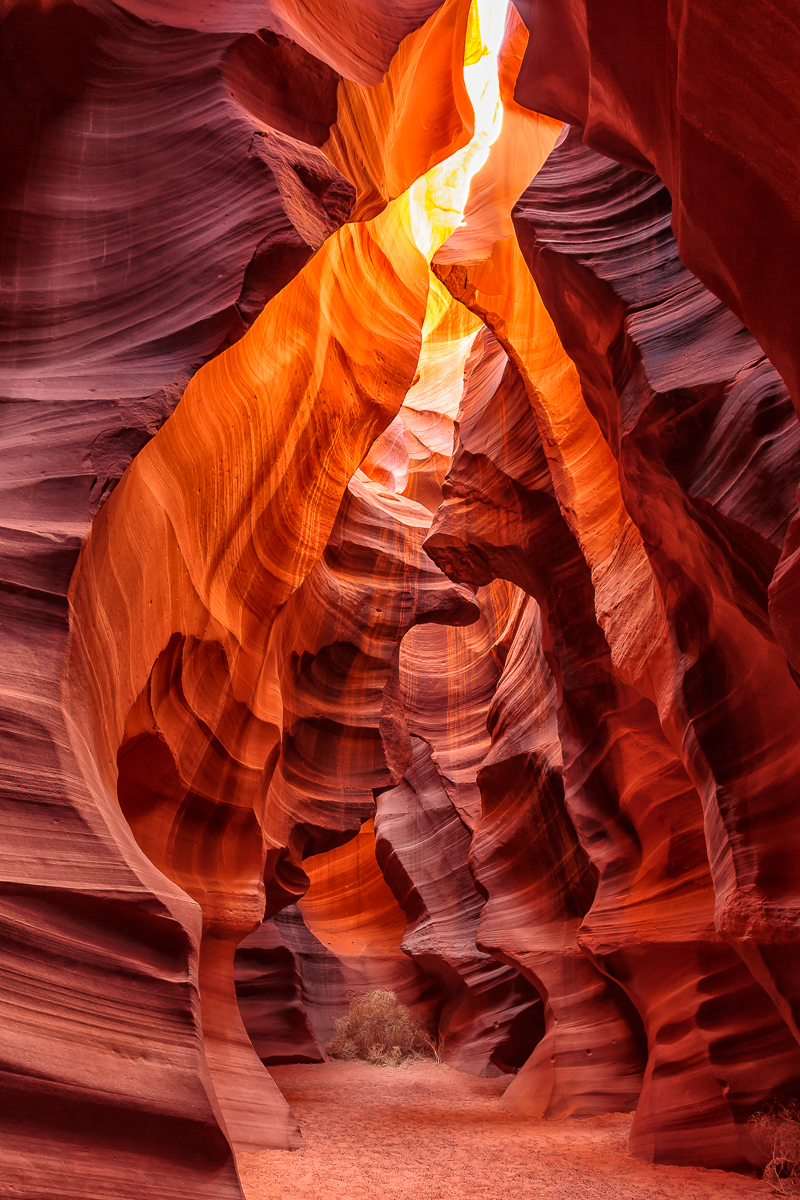
|
Image courtesy of and copyright: Jack Panzeca/27 Birds
Image #5: Slot Canyon, AZ
|
Used Canon MT-24 EX Twin Lite Flash
Sold!
Multiple IPT veteran Jack Panzeca is offering a used Canon MT-24 EX Twin Lite Flash in excellent+ condition for $449.00. The sale includes the original box, the case, the manual, and the Sto-Fen OM-24XSET Omni-Bounce Set that is made specifically for the MT-24EX Twin Lite Flash. The latter is a $22.95 value. The cost of insured shipping via UPS Ground to US addresses only is also included.
Please contact Jack via e-mail or by phone at 817 819 1756. Central Time Zone.
The MT-24EX is a twin-flash set-up (similar to a ringflash) for the EOS system that has every feature and capability imaginable. Employing Canon’s E-TTL, it takes full advantage of the flash performance of the EOS-1V, EOS-3, and other E-TTL supported cameras by allowing for shutter speeds above the normal sync range. Twin flashes fire at even power, or can be varied over an eight-stop range for dramatic directional lighting that emphasizes the relief of the subject. The controller unit has an illuminated, informative LCD panel. Accepts optional hi-capacity battery packs.
This neat little flash attaches directly to the EF 50mm f/2.5 Compact Macro, EF 100mm f/2.8 Macro (non-IS version), and MP-E 65mm Macrophoto lenses. With the EF 180mm f/3.5L Macro USM lens it requires the Macrolite Adapter 72C ($29.95). With the EF 100mm f/2.8L Macro IS USM lens you need the Macrolite Adapter 67 ($32.00). It can be used with off-brand macro lenses with the use of the correctly sized Macrolite adapter.
I own and use everything above but the Sto-Fen diffuser set for some of my flower photography. It would be great for bugs too. The flash alone sells new for $769.00.
|
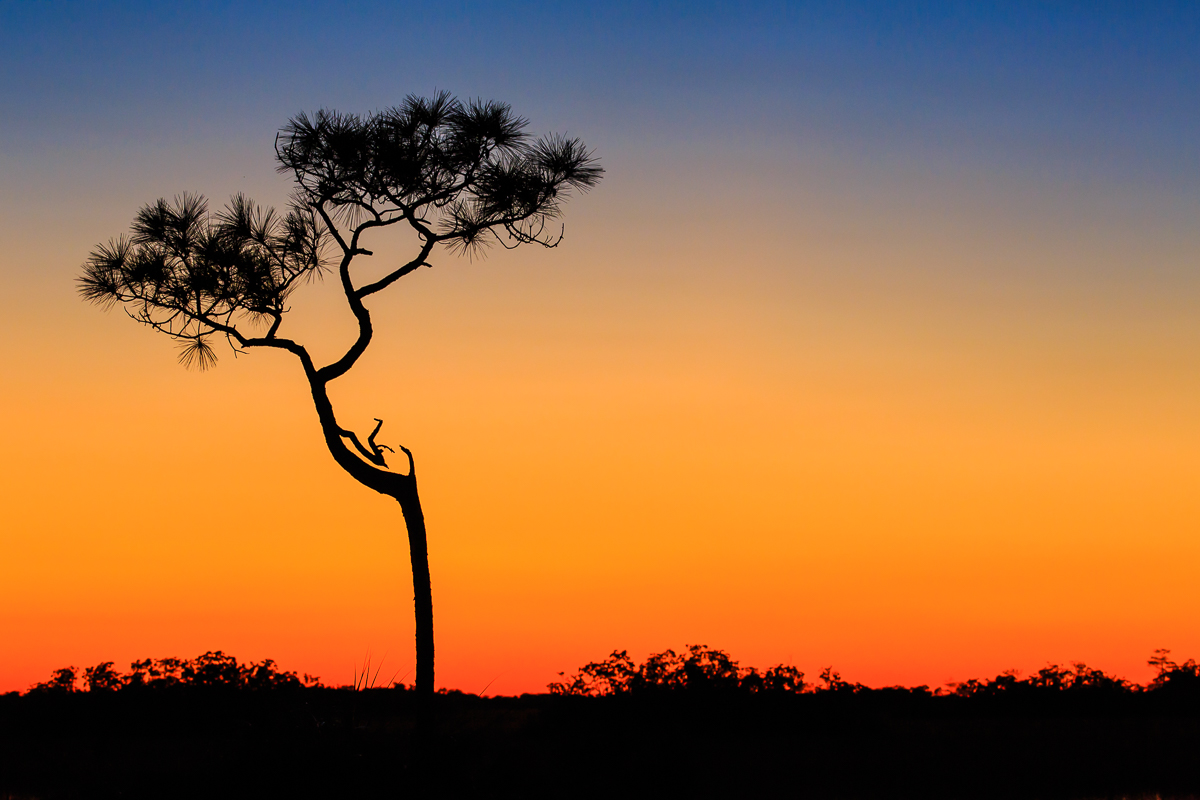
|
Image courtesy of and copyright: Jack Panzeca/27 Birds
Image #6: Tree Silhouette, Everglades National Park, FL
|
Series II Teleconverters
Both sold!
Jack is also offering a used Canon EF 1.4X II teleconverter in excellent condition for $169.00 and a used 2X II teleconverter in very good+ condition for $189.00. The latter shows slight wear on the finish. Both include the original box, the case, and insured shipping via UPS Ground to US addresses only.
Please contact Jack via e-mail or by phone at 817 819 1756. Central Time Zone.
As teleconverters are integral components of my gear bag I own four 1.4X III and three 2X III TCs. On big trips I travel with three of the former and two of the latter.
Thanks!
Thanks a stack to Jack for sharing his wonderful images with us here.
Your Favorite?
Please take a moment to let us know which of Jack’s six images is your favorite. And why.
More Used Gear
You can always see the complete list of currently available used photography gear by clicking on the link on the second yellow tool bar at the top of each blog page. Or, you can click here.
|
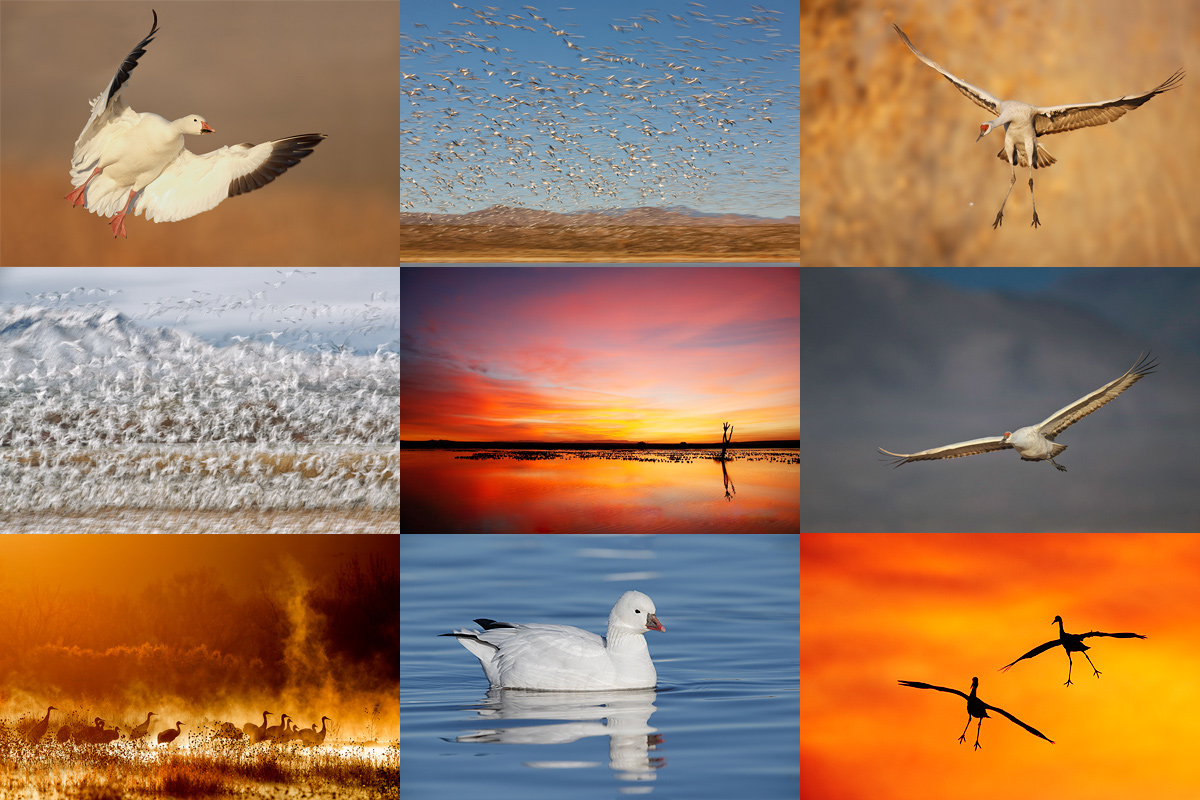
|
|
Be like Jack! Get your butt on a plane and take advantage of some downright great instruction! Please click on the card to enjoy a larger version.
|
Affordable Bosque Educational Opportunities
I will be at Bosque this year for nearly a month. There are a host of affordable educational opportunities on the slate in conjunction with the Festival of the Cranes. There are four early morning in-the-field photography workshops, Thursday through Sunday, NOV 20-23, 2014. Thursday is sold out, there is some room on the Friday and Sunday sessions, and, at last count, lots of room on the Saturday workshop. Denise and I are co-leading.
Festival of the Cranes Early Morning Photography In-the-Field Workshops
Festival of the Cranes Early Morning In-the-Field Photography Workshops: 5:50-10:30am. Limit 16. NOV 20/21/22 & 23: $125/session. Please click here to register. Thursday morning is sold out.
Join full time professional photographers Arthur Morris/BIRDS AS ART and Denise Ippolito/A Creative Adventure for four 1/2 hours of fun and learning at the refuge. You will learn how to create pleasingly blurred images in the low predawn light, to spot the good situations, to understand the effects of wind speed and direction on bird (especially in flight) photography, to photograph individual cranes in flight, to see and understand the light, to get the right exposure every time after making a single test exposure, and to design pleasing images. In addition you will learn and live Artie’s early morning Bosque del Apache strategies, strategies based on over two decades of experience at the refuge. This is a caravan event and a refuge pass will be provided. Dress with layers for warmth and bring snacks and plenty of water. Workshop leaves sharply at 6:00 AM. This workshop is being offered on Thursday, Friday, Saturday, and Sunday.
Combining one or more all of the Early Morning Photography In-the-Field Workshops immediately above with the Bosque del Apache 2014 A Creative Adventure/BIRDS AS ART “Creative Photography Instructional Photo-Tour” (IPT) below and/or the Bosque del Apache Photography Two-Part Seminar (scroll down for details) is a fabulous and economical way to maximize your educational and photographic opportunities on a 2014 Bosque visit. Why not take advantage of these great relatively inexpensive events and learn from two of the world’s most talented, most creative, most caring, and most respected photographic educators, educators with a combined 26 years of Bosque experience?
Bosque Photography Seminar
We are offering a two part afternoon seminar on Thursday afternoon, NOV 20 from 2-4:30pm as follows:
Part I: Bosque del Apache Photography Basics
Artie and Denise will cover the basics of lens selection, tripod and head selection, image design, getting the right exposure, autofocus options, and the relationship between light direction and wind direction, and will give an overview of the best photographic opportunities at the refuge.
Part II: Creative Photography at Bosque del Apache
Artie and Denise will teach you to think outside the box when photographing at Bosque del Apache. You will learn to create a variety of pleasingly blurred images by using slow shutter speeds, by photographing moving subjects, by zooming during the exposure, and by panning with the lens during the exposure. They will teach you to take advantage of spectacular lighting and weather conditions. They will also cover post processing creative techniques. Limit 50.
On Friday afternoon from 1:00 to 3:00pm I will, as below, be presenting a free slide program entitled “A 20-Year Love Affair With Bosque.”
Click here to register for any of the open events above.
“Love Affair with Bosque.” Sponsored by Canon. Friday, NOV 21, 2014; 1:00 to 2:40pm. Free, at the Bodega Restaurant, Socorro.
A slide program by Arthur Morris/BIRDS AS ART. Limit 200. Please see the important registration information below.
Arthur Morris first visited Bosque del Apache Refuge in December, 1992 while on sabbatical with his late-wife Elaine While leading his first Bosque del Apache photographic workshop in December, 1994, quite soon after Elaine’s death, he created two iconic Bosque images. His “Blizzard in Blue” was honored in the prestigious 1998 BBC Wildlife Photographer of the Year Competition. “Fire in the Mist” was similarly honored in the 2001 BBC competition and soon thereafter was featured as wrap-around cover art on the coffee table book, Life on the Earth, a celebration of 30 years of the best images from the Wildlife Photographer of the Year Competitions. Those two images laid the foundation for his more than two decade love affair with the refuge. He has returned every year since then at the Thanksgiving season while leading BIRDS AS ART Instructional Photo-Tours. In addition, he has two February visits along with two September visits, the latter visits in conjunction with the Bosque del Apache Open Windows Volunteer Program that he founded. Join us for Artie’s photographic celebration of his “Love Affair with Bosque.”
Even though this is free event, you need to click here to register.
|
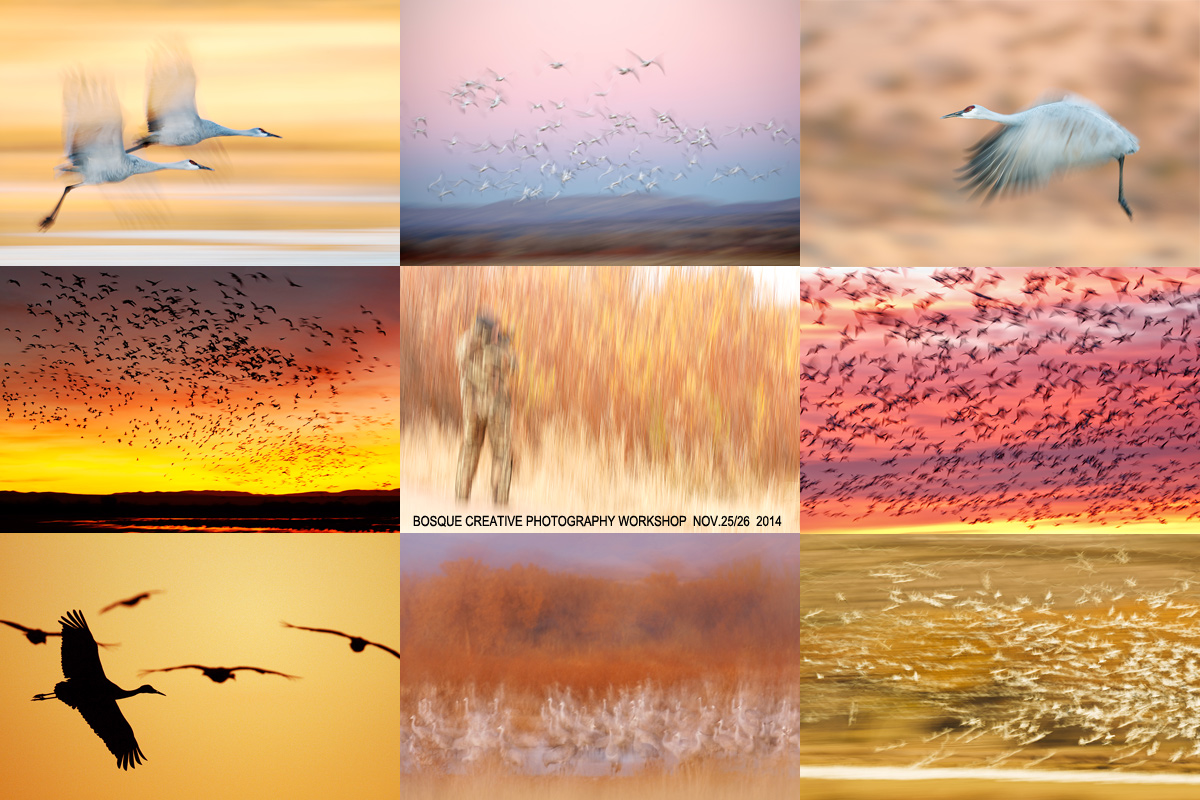
|
|
Join Denise Ippolito and Arthur Morris for two great days of photography, fun, and learning at one of our favorite soul places. We will surely be taking you out of the box on this workshop. Please click on the card to enjoy a larger version.
|
Bosque del Apache 2014 A Creative Adventure/BIRDS AS ART “Creative Photography Instructional Photo-Tour.” (IPT). NOV 24-25, 2014. 2-FULL DAYS: $729. Leaders: Denise Ippolito & Arthur Morris. Introductory Slide program: 7:00pm on Sunday 11/23.
Important Note
While the 4-DAY Bosque IPT has been sold out for some time, there is still room on the 2-DAY Bosque Creative IPT as detailed here.
Do understand that though we will cover a variety of creative techniques and photograph a variety of subjects, when conditions are perfect for traditional bird photography that is exactly what we will be doing.
Get Out of Your Box!
The Creative Bosque IPT is perfect for folks who want to learn to think outside the box, to create new and different images. This workshop is the perfect add-on for folks who are planning on attending the Festival of the Cranes. Learn to unleash your creative juices at the wondrous Bosque del Apache National Wildlife Refuge in San Antonio, New Mexico with two great leaders including the amazingly talented and creative Denise Ippolito. In-the-field instruction will include tips on gear set-up, on creating a variety of pleasing blurs, on getting the right exposure, and on designing pleasing images. And lots more. From vertical pan blurs to subject motion blurs to zoom blurs to multiple exposures we will cover it all. If conditions are perfect, we will not hesitate to take advantage of them to do some traditional bird photography. This workshop will include an inspirational introductory slide program on Sunday evening, 11/23, after dinner on your own, two morning and two afternoon photography sessions, all lunches, a digital workflow and Photoshop session after lunch on Monday, and an image critiquing session after lunch on Tuesday.
A $329 non-refundable deposit is required to hold your slot for this IPT. Your balance, payable only by check, will be due on 7/25/2014. If the trip fills, we will be glad to apply a credit applicable to a future IPT for the full amount less a $100 processing fee. If we do not receive your check for the balance on or before the due date we will try to fill your spot from the waiting list. If your spot is filled, you will lose your deposit. If not, you can secure your spot by paying your balance.
Please print, complete, and sign the form that is linked to here and shoot it to us along with your deposit check (made out to “Arthur Morris.”) You can also leave your deposit with a credit card by calling the office at 863-692-0906. If you register by phone, please print, complete and sign the form as noted above and either mail it to us or e-mail the scan. If you have any questions, please feel free to contact me via e-mail.
Facebook
Be sure to like and follow BAA on Facebook by clicking on the logo link upper right. Tanks a stack!
Support the BAA Blog. Support the BAA Bulletins: Shop B&H here!
We want and need to keep providing you with the latest free information, photography and Photoshop lessons, and all manner of related information. Show your appreciation by making your purchases immediately after clicking on any of our B&H or Amazon Affiliate links in this blog post. Remember, B&H ain’t just photography!
…..
Amazon.com
Those who prefer to support BAA by shopping with Amazon may use this link:
Amazon Canada
Many kind folks from north of the border, ay, have e-mailed stating that they would love to help us out by using one of our affiliate links but that living in Canada and doing so presents numerous problems. Now, they can help us out by using our Amazon Canada affiliate link by starting their searches by clicking here. Many thanks to those who have written.
Typos
In all blog posts and Bulletins, feel free to e-mail or to leave a comment regarding any typos, wrong words, misspellings, omissions, or grammatical errors. Just be right. 🙂
October 3rd, 2014 The Streak Continues: 307
I have now received three of the four DPP 4.0 RAW Conversion Guide manuscripts from the reviewers via e-mail and will begin the fifth and final round of editing this weekend. I will ship the revised ms off to Arash so that he can create the PDF. After arising at 2:15am yesterday (6:05am today:)), a short nap at 9:00 set up the rest of a productive day. I enjoyed an easy 2/3 mile swim yesterday. This blog post, the 307th in a row, took me about 2 1/2 hours to prepare. It was published at about 7:40am from my home in Indian Lake Estates, FL.
To show your appreciation for my efforts here, we do ask that you use our the B&H and Amazon affiliate links on the right side of the blog for all of your purchases. Please check the availability of all photographic accessories in the BIRDS AS ART Online Store, especially Gitzo tripods, Wimberley tripod heads, and the like. We sell only what I used, tested, and can depend on. We will not sell you junk. We know what you need to make creating great images easy and fun. And we are always glad to answer your gear questions via e-mail.
|

|
|
Thanks to EoL’s Steven Inglima for helping me get my hands on a beta version EOS-7D Mark II.
|
Getting a 7D Mark II on Monday!
Thanks to Canon USA’s Len Musmeci, Steven Inglima, head of the Canon Explorers of Light program, and good friend and Outdoor Photographer‘s Tech Tips expert George Lepp. Len approved the loan, Steve arranged it, and George is sending me the 7D II that he has been working with by Fed-Ex today. I need to return the camera on Tuesday October 14. Canon folks who are signed up for the Fort DeSoto IPT will be getting a very good look at the new camera.
I will begin sharing 7D II images with you here soon with the following rejoinder: the images were created with a “Beta” camera, not with a final production model.
George Lepp’s Comments on the 7D II
George called BIRDS AS ART yesterday to order a copy of The Art of Flower Photography, the inspiring and instructive new eBook by Denise Ippolito and yours truly. Thinking that he was calling about shipping the 7D II I picked up the phone. He kept saying that he was paying and I kept telling him that he was not. I prevailed in the long run.
I asked George about the quality of the 7D II image files. He said, “You will love the camera and the image quality. The images are quite similar to those from the 5D Mark III.” Then I asked with some trepidation, “What about noise?” George replied, “The same as the 5D III.”
Wow, it is looking as if the 7D II might be a lightweight 1.6 crop factor body with 1D X AF and 5D III image quality and relatively low noise. I can’t wait!

 Use the BAA Affiliate logo link above to pre-order your 7D II, shoot me your receipt via e-mail, and I will do my very best to have your order expedited once the camera begins shipping.
Use the BAA Affiliate logo link above to pre-order your 7D II, shoot me your receipt via e-mail, and I will do my very best to have your order expedited once the camera begins shipping.
|
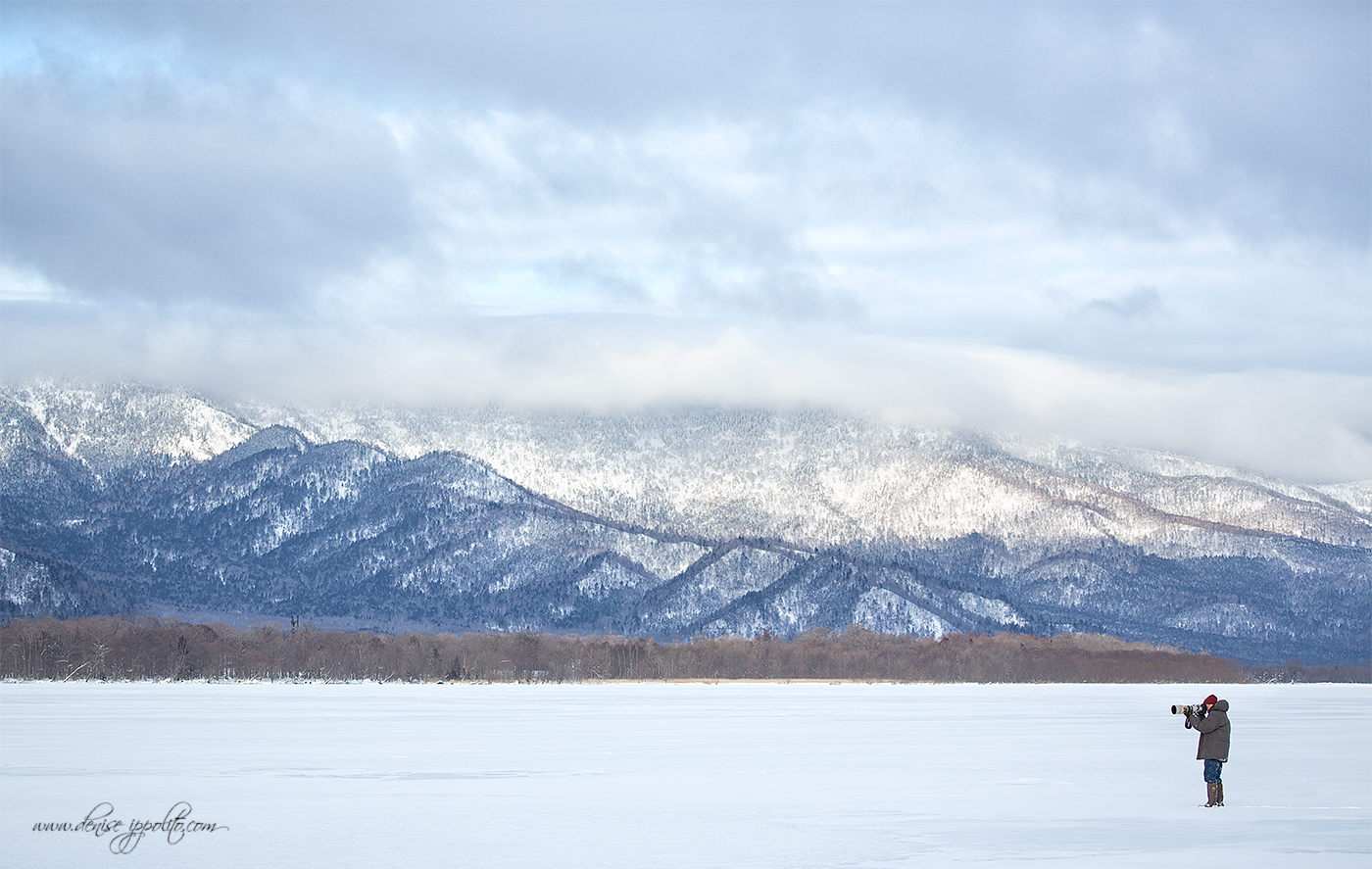
|
|
This image was created on the last Japan in Winter with the Canon EF 100-400mm f/4.5-5.6L IS USM lens (hand held at 100mm) and the Canon EOS 5D Mark III . ISO 400. Evaluative metering (probably) +2 1/3 stops as framed: 1/1600 sec. at f/5.6 in Manual mode.
Image copyright 2013: Denise Ippolito/A Creative Adventure
Denise mentioned on the phone last night that at times she really misses her 1-4…. See a new used 100-400 for sale below.
|
This Could Be You
Having Paul McKenzie aboard as a third leader is a huge plus as he knows the Whooper Swam locations better than anyone. I will share a misty morning image with you here soon. Scroll down just a bit here for info on the 2016 Japan in Winter IPT.
Image Question
#1: Denise climbed a small hill to create this image. WhY?
#2: Denise set the exposure so that there were a few blinkies on the snow and the brightest clouds. Why?
Selling Your Used Photo Gear Through BIRDS AS ART
Selling your used (or like-new) photo gear through the BAA Blog or via a BAA Online Bulletin is a great idea. We charge only a 5% commission. One of the more popular used gear for sale sites charges a minimum of 20% plus assorted fees! Yikes. The minimum item price here is $500 (or less for a $25 fee). If you are interested please e-mail with the words Items for Sale Info Request cut and pasted into the Subject line :). Stuff that is priced fairly–I offer free pricing advice, usually sells in no time flat. In the past few months, we have sold just about everything in sight. Click here to see all the current listings. Note: Bruce Boswell’s 100-400 sold yesterday for $999 plus the shipping….
Brand New Listing
Used Canon EF 100-400 f 4.5-5.6 L IS Lens
Multiple IPT veteran Jack Panzeca is offering a used Canon EF 100-400 f 4.5-5.6 L IS lens in very good + condition for $999 including insured shipping via UPS Ground to US addresses only. The tripod collar has one small scratch. The sale includes the original tough fabric case, the original box, the front and rear caps, the lens hood, and the strap. Your gear will be shipped only after your check clears.
Please contact Jack via e-mail or by phone at 817 819 1756. Central Time Zone.
The 100-400 is a versatile intermediate telephoto zoom lens with 1,000+ uses. It makes a great starter lens especially for folks who do general nature and wildlife in addition to birds. I’ve sold 100s of images made with a 1-4 and denise loved hers for many years forsaking it only recently for the Canon EF 70-200mm f/2.8L IS II USM lens. Jack’s 100-400 is priced to sell.
|
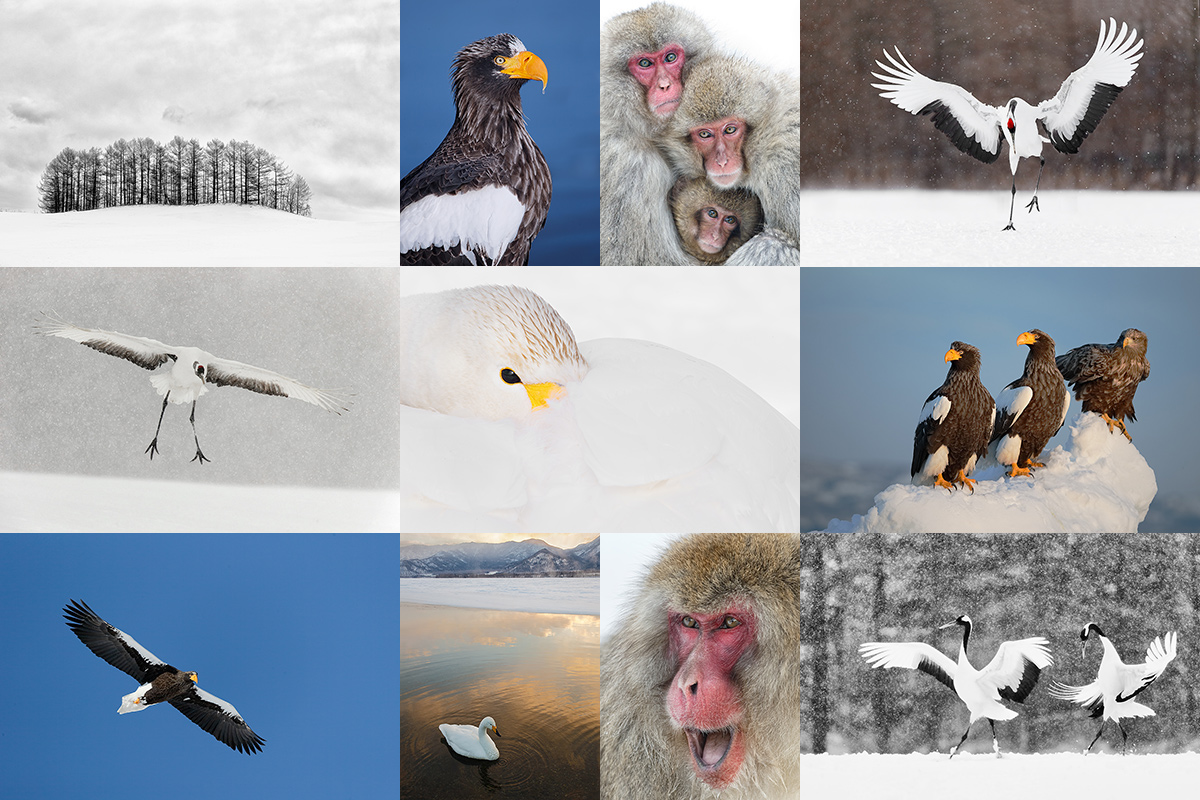
|
|
Consider joining us in Japan in February, 2016; the world’s best Japan in Winter workshop. Click on the card to enjoy the spectacular larger version.
|
Japan In Winter IPT. February 9-24, 2016: $13,999/double occupancy. Limit 7: Openings: 4.
Needs five to run; just 2 more to go. All lodging including Tokyo hotel on 9 FEB, all breakfasts & dinners, ground transport and transfers including bus to the monkey park hotel, and all entrance fees and in-country flights are included. Not included: international flights, all lunches–most are on the run, and alcoholic beverages.
This trip is one day longer than the 2014 trip to allow for more flexibility, more time with the cranes, and most importantly, more time for landscape photography. Hokkaido is gorgeous. Three great leaders plus the world’s best Japan in winter Japanese photography guide: the amazingly creative Denise Ippolito, multiple award winning photographer Paul McKenzie and yours truly. Tons of trip planning and gear advice, in-the-field instruction and guidance, at-the-lodge Photoshop and image review sessions in addition to short introductory slide programs for each of the amazing locations.
|
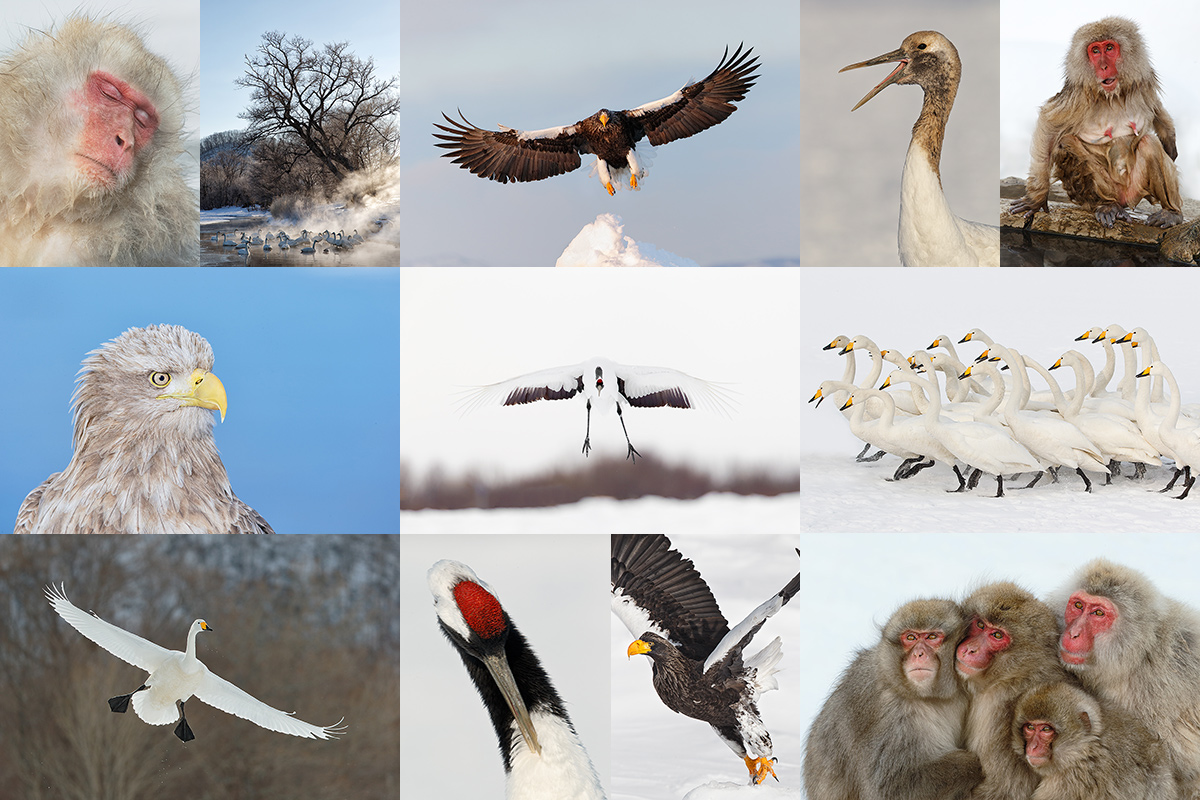
|
|
Amazing subjects. Beautiful settings. Nonstop action and unlimited opportunities. Join us.
|
Arrive Tokyo: 9 FEB 2016 the latest. 8 FEB is safer and gives you a day to get acclimated to the time change. Your hotel room for the night of the 9th is covered.
Travel to Monkey Park Hotel: 10 FEB: Short 1/2 DAY of Monkey photography possible depending on our travel time….
Full Day snow monkeys: FEB 11.
Full Day snow monkeys: FEB 12.
13 FEB: Full travel day to Hokkaido/arrive at our lodge in the late afternoon. The lodge is wonderful. All the rooms at the lodge have beds. Bring your warm pajamas. Local onsen (hot springs bath and tubs) is available for $5 each day before dinner–when you are cold, it is the best thing since sliced bread. Smile emoticon The home cooked meals at the lodge are to die for.
FEB 14-23: Red-crowned Crane, raptors in flight, Whooper Swans, and scenic photography. Ural Owl possible. One 2-night trip to Rausu for Steller’s and White Tailed Sea Eagles on the tourists boats dependent on sea ice conditions. Only our trip offers complete flexibility in this area. It saved us this year. One afternoon of duck photography in the harbor is a strong possibility in Rausu. 2-3 boat trips. In addition, few if any tours offer at least one afternoon boat trip….
Lodging notes: bring your long johns for sleeping in the lodge. In Rausu and the snow monkey park, the hotel the rooms are Japanese-style. You sleep on comfortable mats on the floor. Wi-fi is available every day of the trip.
FEB 24. Fly back to Tokyo for transfer to your airport if you are flying home that night, or, to your hotel if you are overnighting. If you need that room it is on you.
To save your spot, please send your $5,000 non-refundable deposit check made out to “Arthur Morris to Arthur Morris/BIRDS AS ART, PO Box 7245, Indian Lake Estates, FL 33855. We do hope that you can join us for this trip of a lifetime. Do e-mail
|
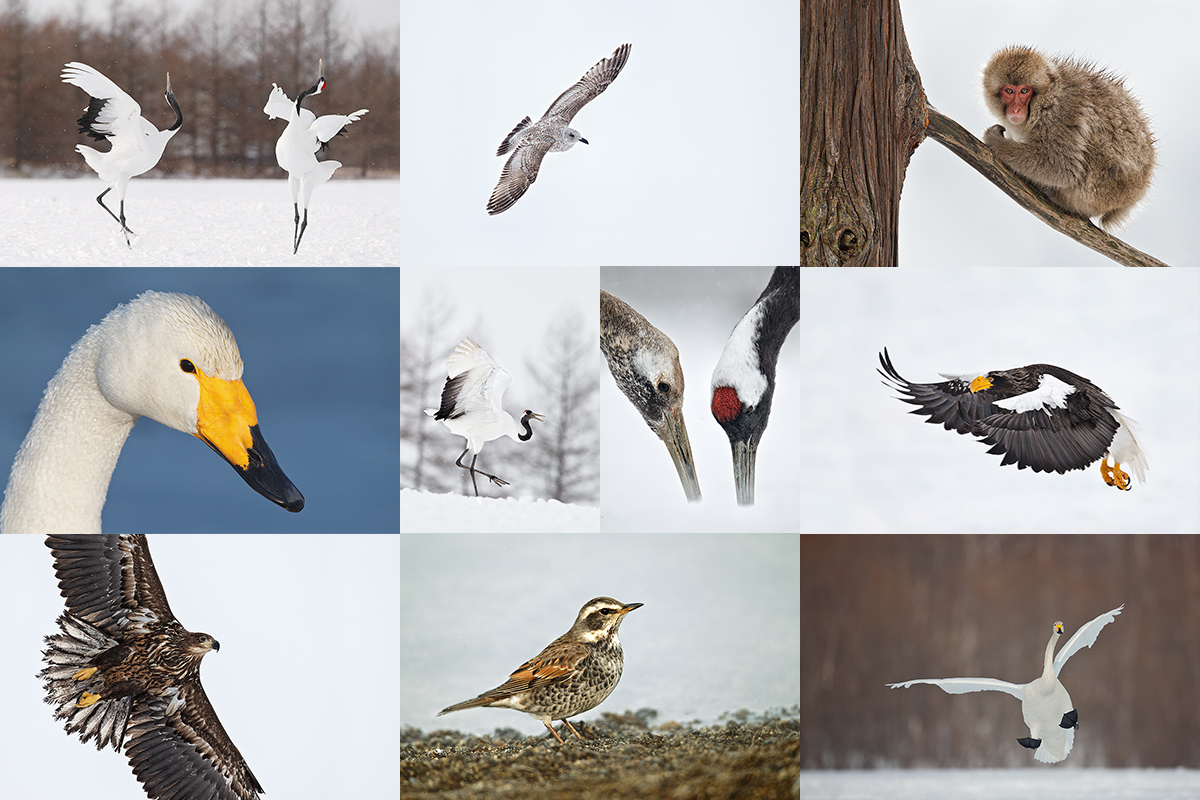
|
|
Life is short. Hop on the merry-go-round.
|
|












































